Mud rooms are one of the most practical and functional spaces in a home, offering the perfect buffer between the outdoors and your clean, organized interior.
Whether you're dealing with muddy boots, wet coats, or backpacks, a well-designed mud room can transform chaos into order. Over the years, I've come across countless mud room ideas that not only maximize space but also keep clutter at bay.
A mud room serves as the first line of defense against dirt, making it essential to get the design right. From smart storage solutions like built-in cubbies and coat hooks to durable flooring options that can withstand heavy foot traffic, there are endless ways to make your mud room functional without sacrificing style. Whether you're working with a spacious entryway or a smaller nook, you can incorporate features like benches with hidden storage or even a laundry station for ultimate convenience.
In this guide, Ill share insights on optimizing every square foot, using materials that are both stylish and durable, and adding personal touches that blend seamlessly with the rest of your home. So, whether youre starting from scratch or simply looking for a refresh, these mud room design tips will ensure your space is not only functional but also welcoming.
Lets dive into how to create a mud room that works for your familys unique needs.
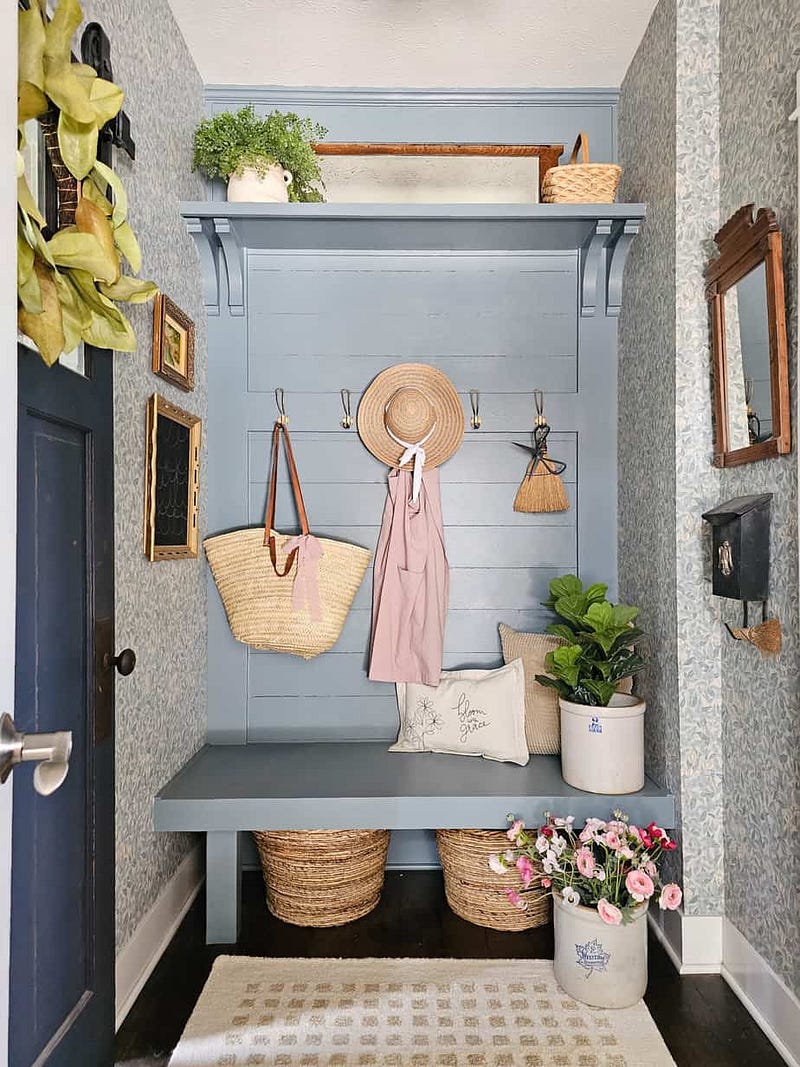
Essential Elements of a Mud Room
A well-designed mud room combines practicality with style. The key components of a functional mud room include:
- Storage: Ample storage solutions for shoes, coats, bags, and other everyday items.
- Seating: A place to sit while putting on or taking off shoes.
- Durable Flooring: Floors that can withstand dirt, moisture, and heavy foot traffic.
- Hooks and Hangers: For coats, bags, and accessories.
- Moisture Control: To manage wet shoes, umbrellas, and rain gear.
- Drop Zone: A designated area for keys, mail, and electronics.
These elements help make the mud room not only functional but also a well-organized space that complements the rest of the home.
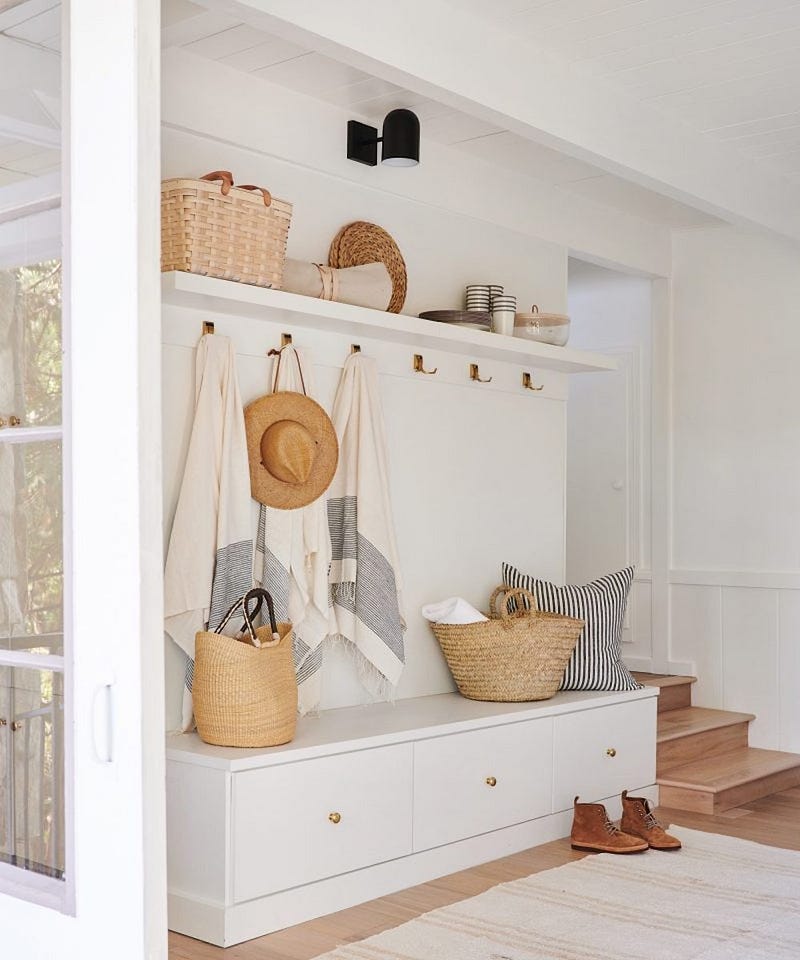
Storage Solutions: Built-in Cabinets, Open Shelving, and Cubbies
One of the most important aspects of a mud room is its storage capacity. Here are some effective storage solutions:
Built-in Cabinets
Built-in cabinets provide a clean, streamlined look while hiding clutter. Custom cabinetry can be designed to fit specific needs, with compartments for shoes, coats, and other accessories. Closed cabinets also help protect items from dust and dirt, keeping your mud room looking neat.
- Example: Tall cabinets with multiple shelves and cubbies for different-sized items, combined with doors to keep everything out of sight.
Open Shelving
Open shelving is a popular choice for a more casual or farmhouse-style mud room. It allows easy access to frequently used items, such as shoes, hats, and bags, and encourages tidy organization since everything is visible.
- Example: Floating shelves above a bench for hats and small bags, with baskets on lower shelves for shoes or gloves.
Cubbies
Cubbies are a versatile option, particularly for families. Each family member can have a designated cubby for their personal items. Labeling cubbies adds an extra level of organization, and using baskets or bins can help hide smaller items.
- Example: A row of cubbies with hooks underneath for hanging jackets, and separate sections for shoes, backpacks, and sports gear.
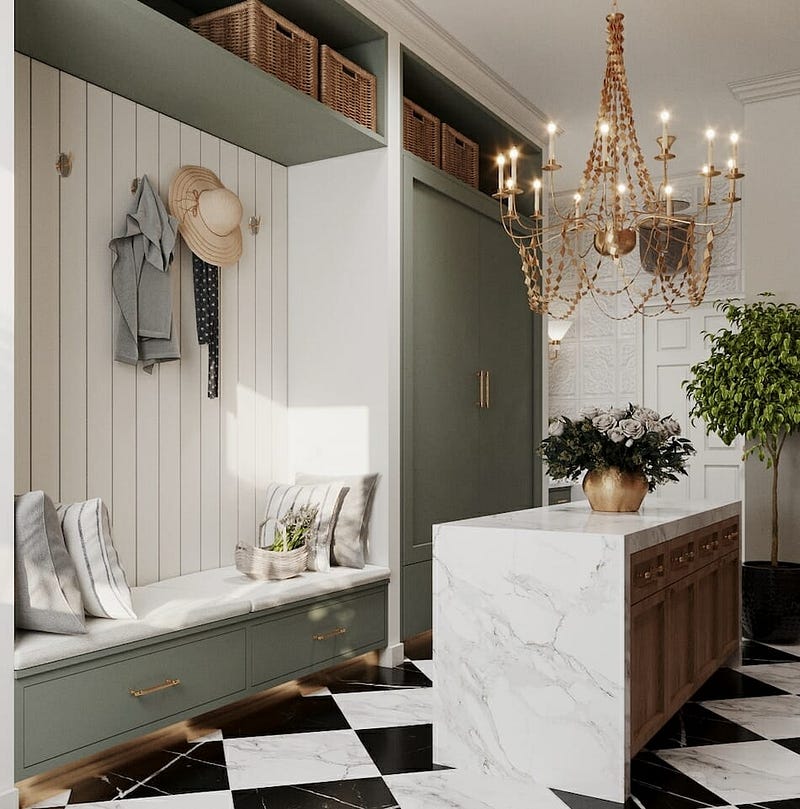
Seating Options: Benches and Chairs
Having a seating area is crucial for putting on or taking off shoes comfortably. There are several seating options for mud rooms:
Built-in Benches
Built-in benches are space-saving and can be customized to fit the layout of the room. They can also serve double duty by incorporating storage beneath the seat, with pull-out drawers or lift-up tops.
- Example: A sturdy wooden bench with a cushioned seat and shoe storage underneath, perfect for tucking away footwear when not in use.
Freestanding Benches or Chairs
For those who prefer flexibility, freestanding benches or chairs offer a less permanent solution. Chairs are ideal for larger mud rooms, while small benches work well in compact spaces.
- Example: A small upholstered bench paired with hooks above for a comfortable yet functional seating area.
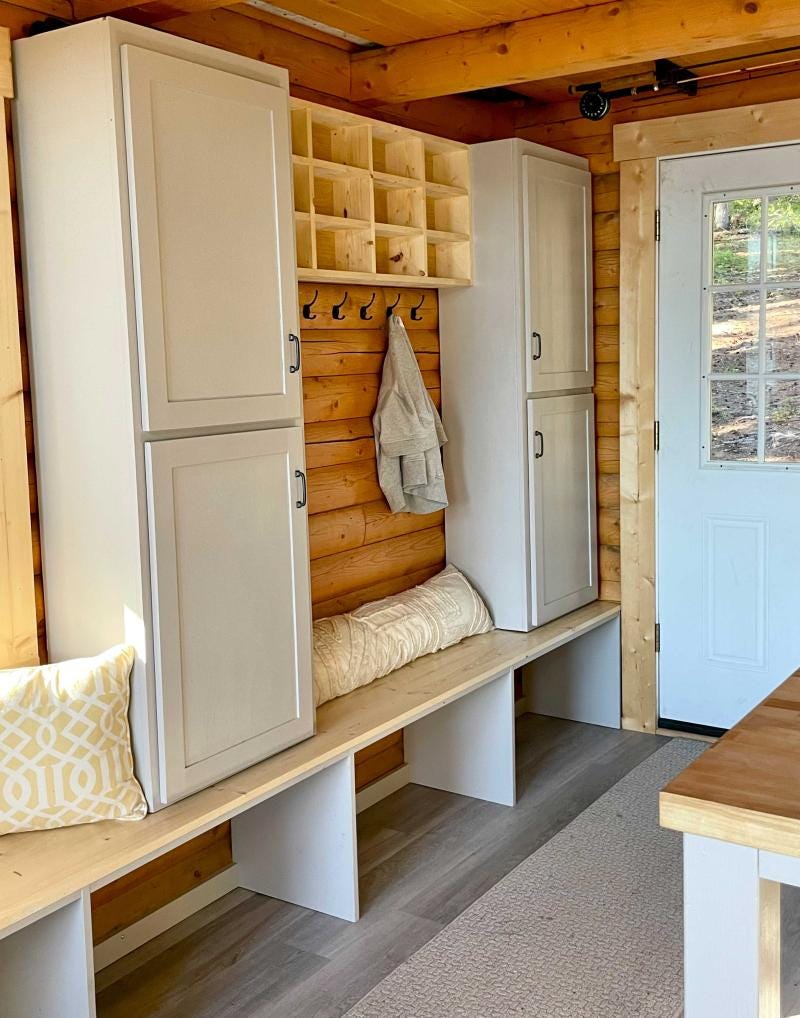
Flooring Choices: Durable Materials
Mud room floors must be able to handle mud, water, and heavy foot traffic. Here are some of the best flooring materials for mud rooms:
Tile
Tile is a top choice for mud rooms because it's waterproof, easy to clean, and available in many styles. Porcelain and ceramic tiles are particularly durable, and textured tiles help prevent slipping.
- Example: Large-format porcelain tiles in neutral tones create a modern, seamless look while resisting moisture and dirt.
Vinyl
Luxury vinyl plank (LVP) or vinyl tile flooring offers a budget-friendly option that mimics the look of hardwood or stone. Vinyl is water-resistant, making it ideal for muddy or wet environments.
- Example: Wood-look vinyl planks bring warmth and style to a farmhouse-style mud room while being practical for wet weather.
Concrete
Concrete flooring is extremely durable and works well in industrial or modern-style mud rooms. It can be polished for a sleek appearance or left unfinished for a rustic look. Add radiant floor heating for comfort in colder climates.
- Example: A polished concrete floor with a matte finish paired with steel fixtures for an industrial-style mud room.
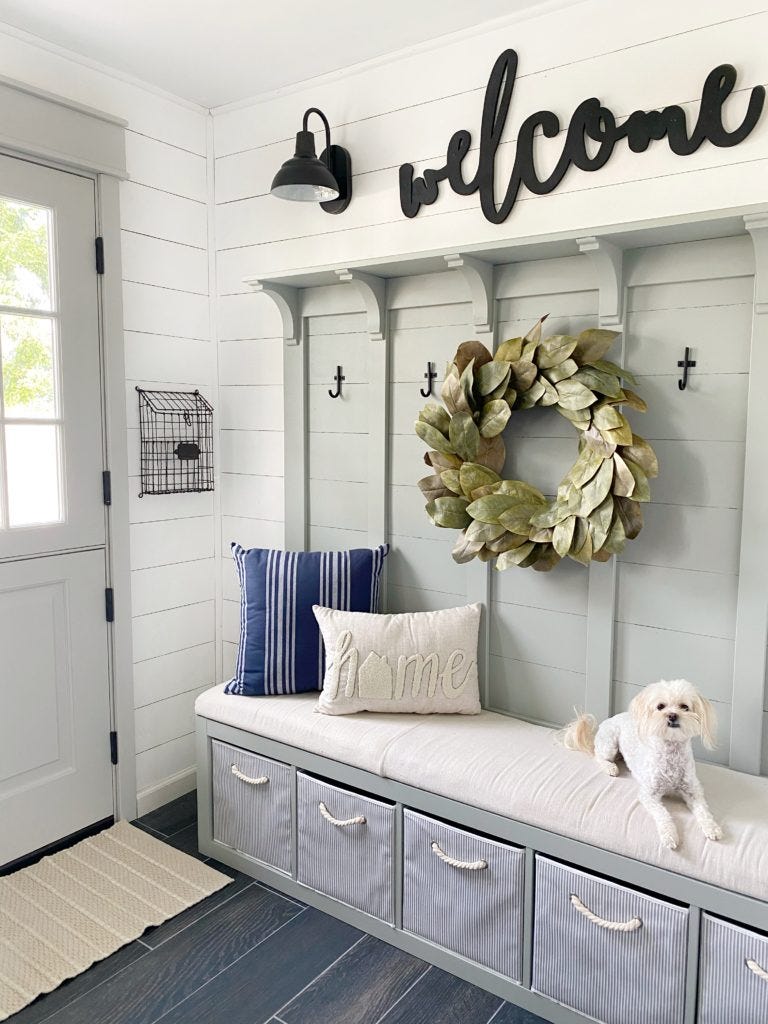
Wall Treatments and Decor
The walls of your mud room play an important role in setting the tone of the space. Here are some ideas to enhance both function and style:
Wainscoting and Shiplap
Wainscoting or shiplap adds texture and charm, making the room feel cozy and well-designed. These options also provide some protection against scuff marks and dirt from backpacks, shoes, or coats.
- Example: White shiplap paired with darker cabinetry to create a striking contrast in a modern farmhouse mud room.
Durable Paint and Wallpaper
Choose high-quality, moisture-resistant paint or wallpaper to ensure the walls stand up to wear and tear. Stick to semi-gloss finishes for easy cleaning.
- Example: A bold patterned wallpaper as a feature wall can add a fun element to the mud room without overwhelming the space.
Wall Hooks and Art
Incorporate decorative hooks for coats and bags, and add some personality with framed artwork, photographs, or inspirational quotes.
- Example: Vintage brass hooks on a reclaimed wood board, with a few framed nature prints for a rustic touch.
Home Decor ideas
Rustic Home Decor Ideas | DIY Home Decor Ideas | Living Room Home Decor Ideas | Kitchen Wall Cabinet Ideas | Wall Decor Ideas | Gallery Wall Ideas | Board and Batten Walls | Accent Wall Ideas | Picture Wall Ideas for Bedroom | Dopamine Decor Ideas | Home Decor Trendy Color Ideas | Mud Room Ideas | BBQ Shed Ideas | Porch Awning Ideas| 16x40 Shed House Interior Ideas| Farm Gates Entrance
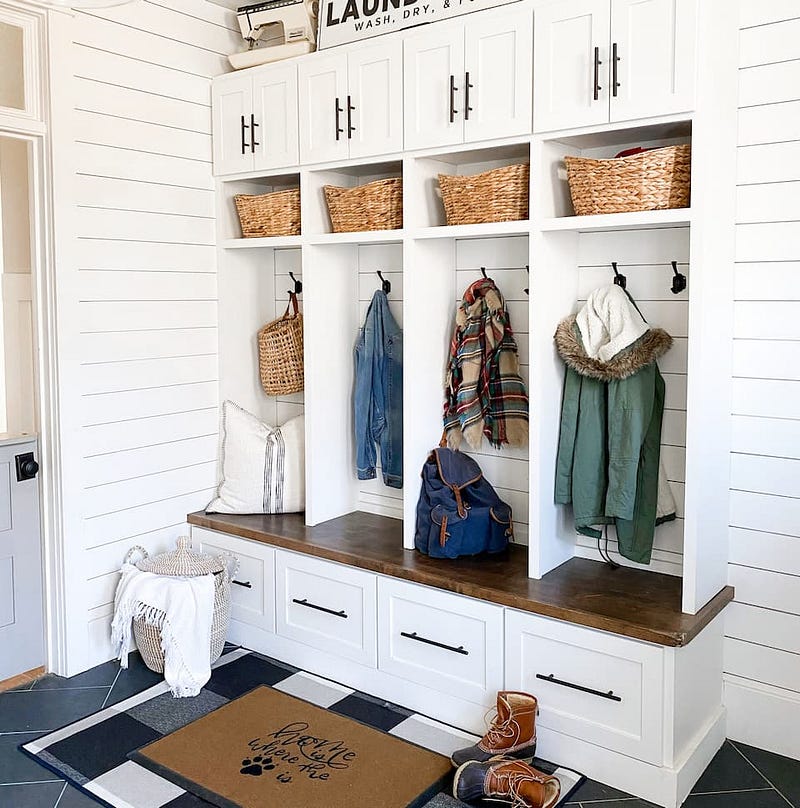
Lighting Options
Good lighting is essential in a mud room, especially if it's located in a darker area of the house. Here are some lighting solutions to consider:
Overhead Lighting
A central overhead light is a must for general illumination. Pendant lights or chandeliers can add style, while recessed lights offer a more minimalist look.
- Example: A farmhouse-style pendant light in bronze hanging over the entryway for a warm, inviting feel.
Task Lighting
Task lighting, such as wall sconces or under-cabinet lights, can help illuminate specific areas like the bench or the storage zones.
- Example: LED strip lighting under floating shelves to brighten up the space where shoes and accessories are stored.
Natural Light
If possible, incorporate windows or skylights to bring in natural light. Not only will this make the space feel larger, but it also helps with air circulation to reduce moisture buildup.
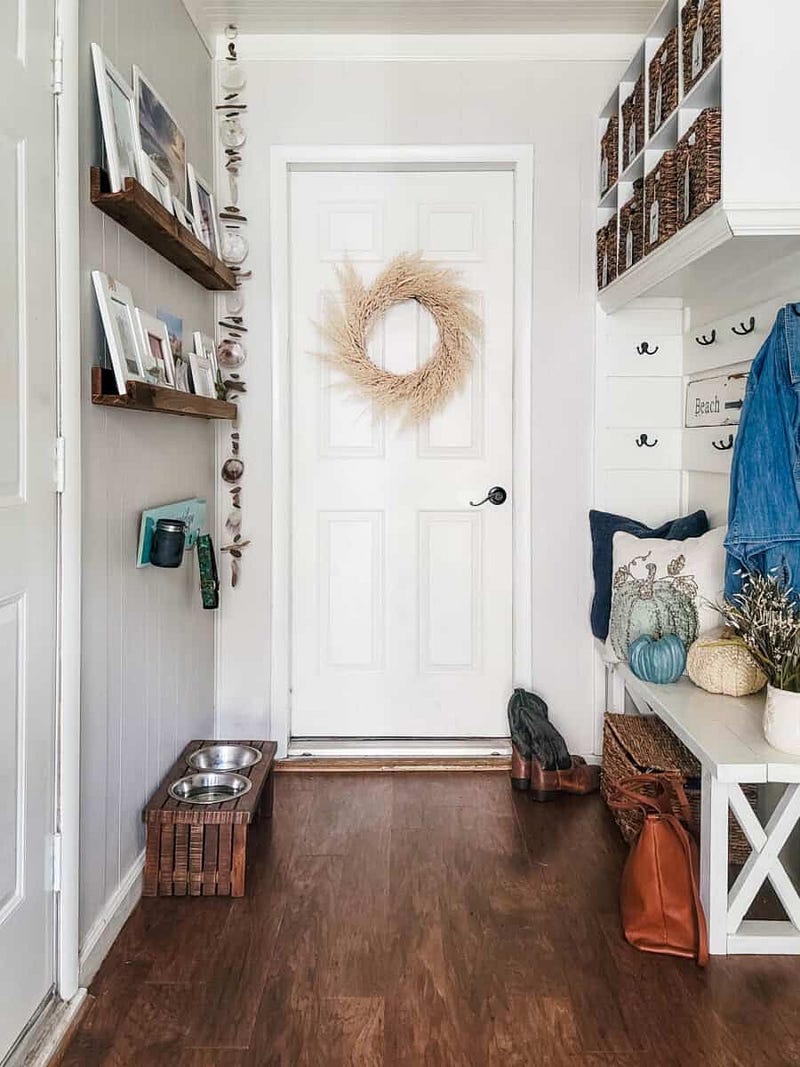
Space-Saving Ideas for Small Mud Rooms
For homes with limited space, small mud rooms require thoughtful design to maximize functionality. Here are a few space-saving tips:
- Use Vertical Space: Install tall cabinets or shelving to take advantage of every inch of wall space.
- Compact Benches: Choose narrow or foldable benches to provide seating without sacrificing floor space.
- Hooks and Pegboards: Install hooks for hanging jackets, bags, and hats, or use a pegboard system for a customizable storage solution.
- Sliding Doors: If possible, use sliding doors for closets to save floor space.
Multifunctional Mud Room Designs (e.g., Combined Laundry Room)
Mud rooms are often combined with other utility spaces, such as laundry rooms or pet wash stations, to create multifunctional areas. Here are some ideas:
-
Mud Room and Laundry Combo: Install a washer and dryer within the mud room, with overhead cabinetry for laundry supplies. Add a countertop for folding clothes and a utility sink for rinsing dirty shoes or cleaning up pets.
-
Pet Station: Include a designated pet wash area, such as a low shower or tub with a handheld sprayer, along with a storage cabinet for pet supplies.
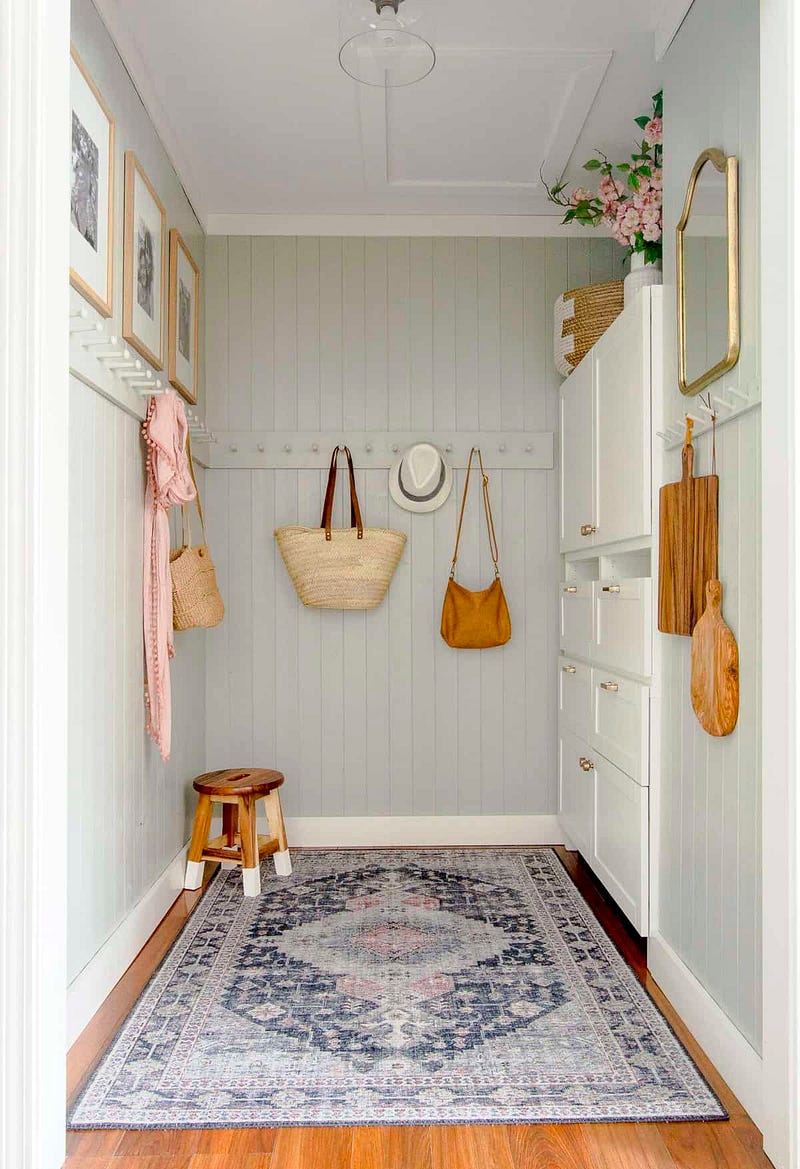
Sofa Collections
Caterpillar Sofas | Chesterfield Sectional Sofas | Western Sofas | Queen Sleeper Sofas | Leatherette Sofa Sets | RV Sofas | Black Sectional Sofas | Luxury Sofas | Sleeper Sectional Sofas
Organization Tips and Tricks
To maintain a tidy mud room, organization is key. Here are some tips:
- Label Everything: Use labels on baskets, bins, and cubbies to ensure every family member knows where to store their items.
- Rotate Seasonal Items: Store out-of-season items in labeled bins on high shelves to avoid clutter.
- Install a Charging Station: Incorporate a charging station for phones and tablets to keep cords out of sight.
- Shoe Trays: Use a shoe tray or boot rack to collect water and dirt from shoes.
Mud Room Ideas for Different Home Styles
Mud rooms can be customized to match the style of your home. Here are ideas for various styles:
Modern Mud Room
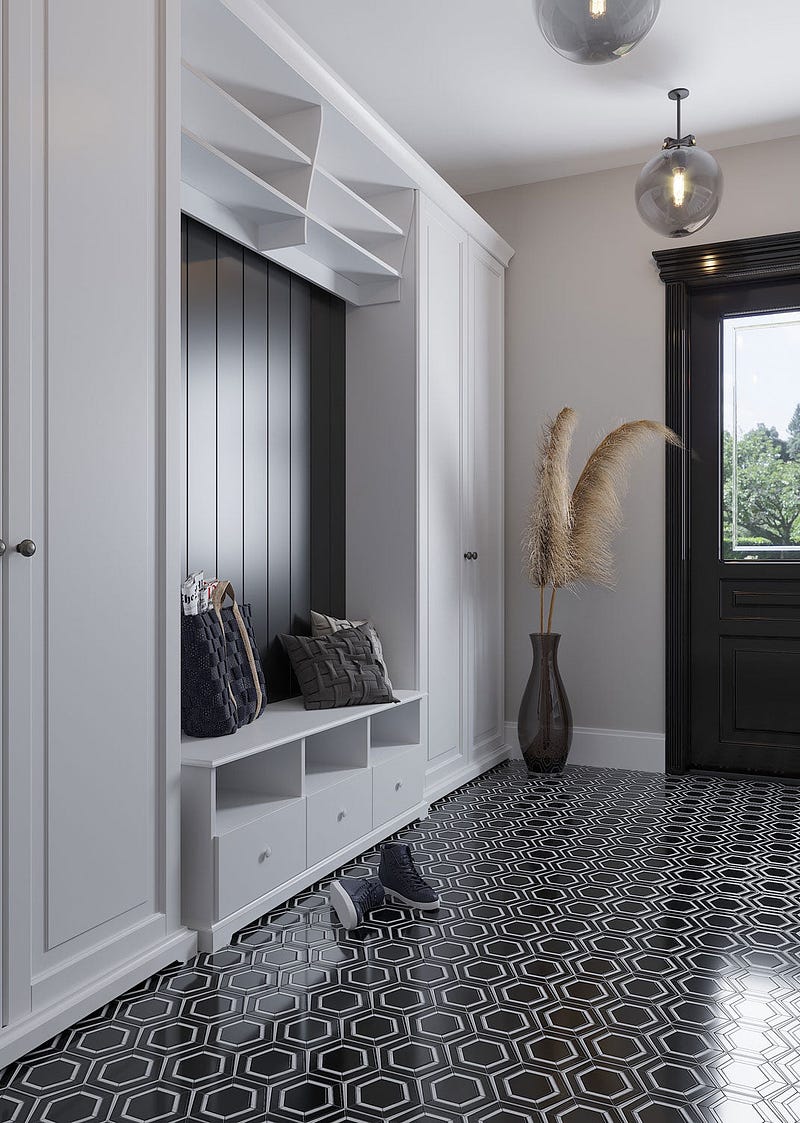
- Sleek, minimalist design with clean lines.
- Neutral colors such as white, gray, or black.
- Use materials like glass, metal, and concrete for a contemporary feel.
Farmhouse Mud Room
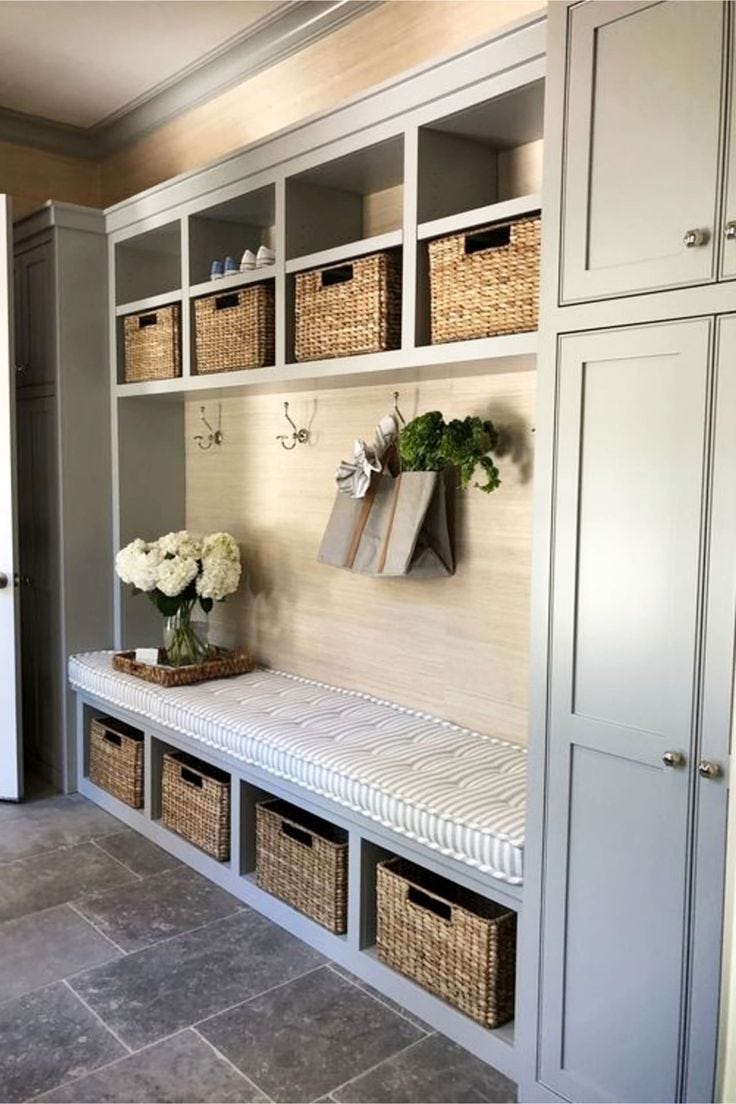
- Rustic elements such as shiplap walls and wooden benches.
- Warm, earthy colors like beige, cream, or natural wood tones.
- Decorate with woven baskets, vintage hooks, and galvanized metal accents.
Traditional Mud Room
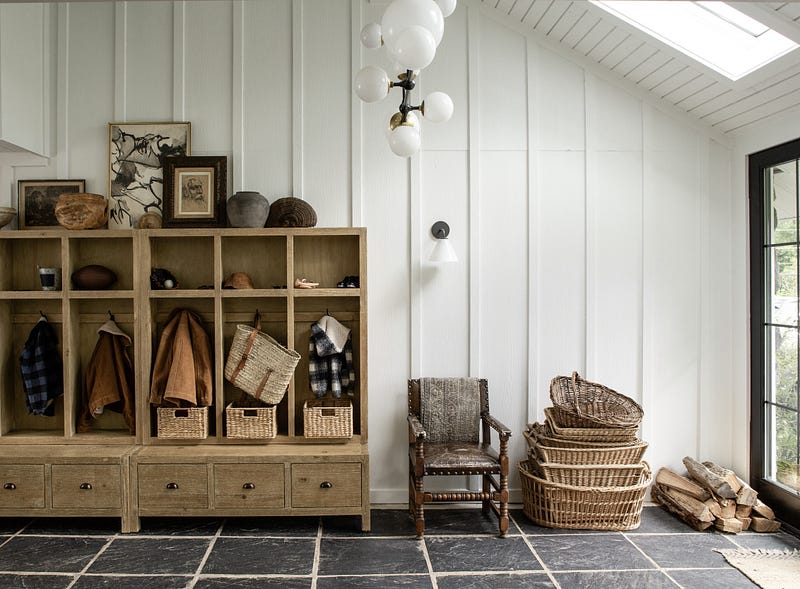
- Classic design with detailed cabinetry.
- Muted colors like soft blues, greens, or creams.
- Use crown molding and traditional furniture for an elegant touch.
Moisture Control and Clutter Management
Mud rooms are prone to moisture, especially during rainy or snowy seasons. To manage moisture effectively:
- Install Drainage Mats: Place waterproof mats at the entry point to absorb water from shoes.
- Use Waterproof Flooring: Choose materials that resist water damage, like tile or vinyl.
- Ventilation: Ensure proper ventilation with windows or exhaust fans to prevent mildew or mold.
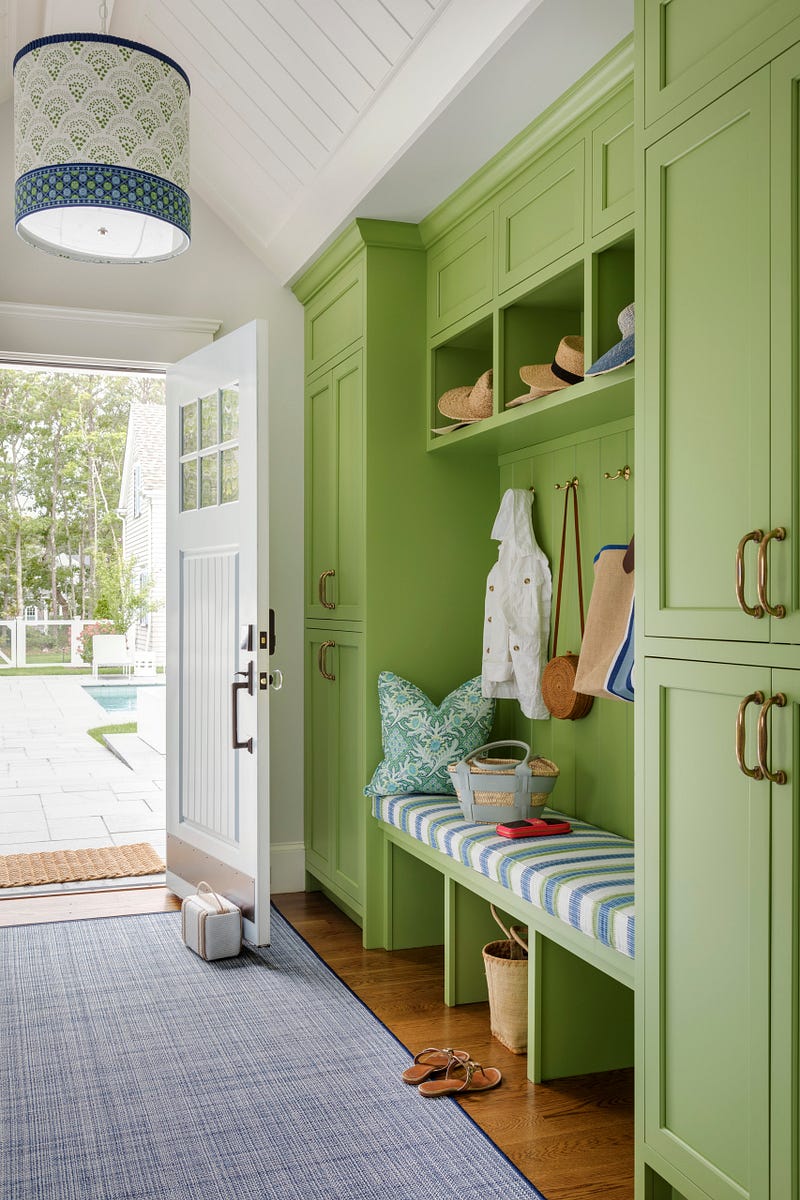
Best Baby Monitor | Best Underwater Camera | Best Weird Gift Ideas | Best Air Pistol on Amazon | Best All In One Computer | Sistaco Nail Powder Review | PAWFY Review: Dog Pain Relief Chews | Road Trip Mushroom Gummies Review | LACTOMEDI Review | Ernesta Rugs Review | Four Roses Single Barrel Review | Milagro Tequila Review | Oak Essentials Review
Mud Room Design Ideas for Organized Entryways
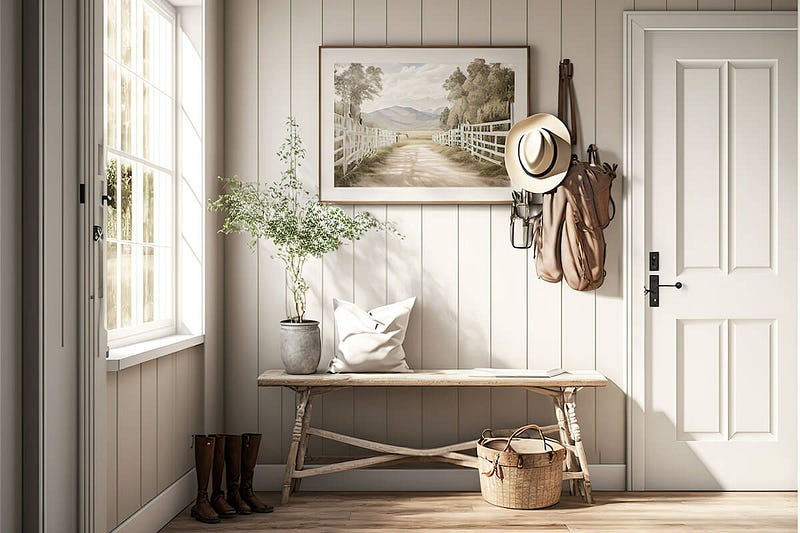
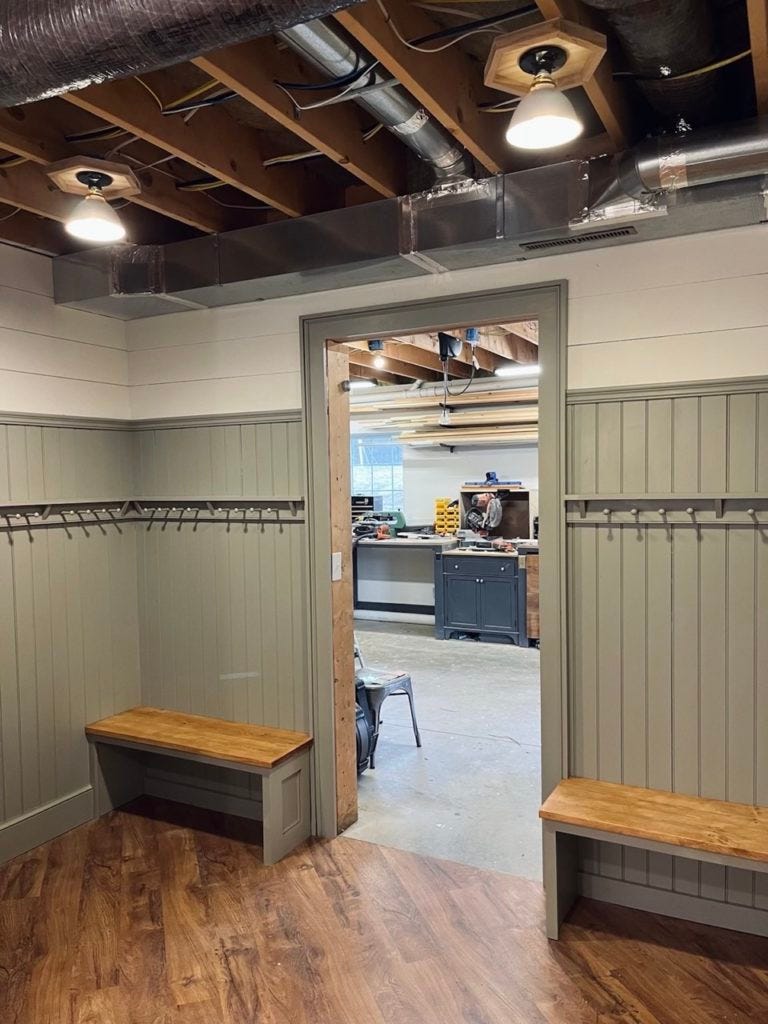
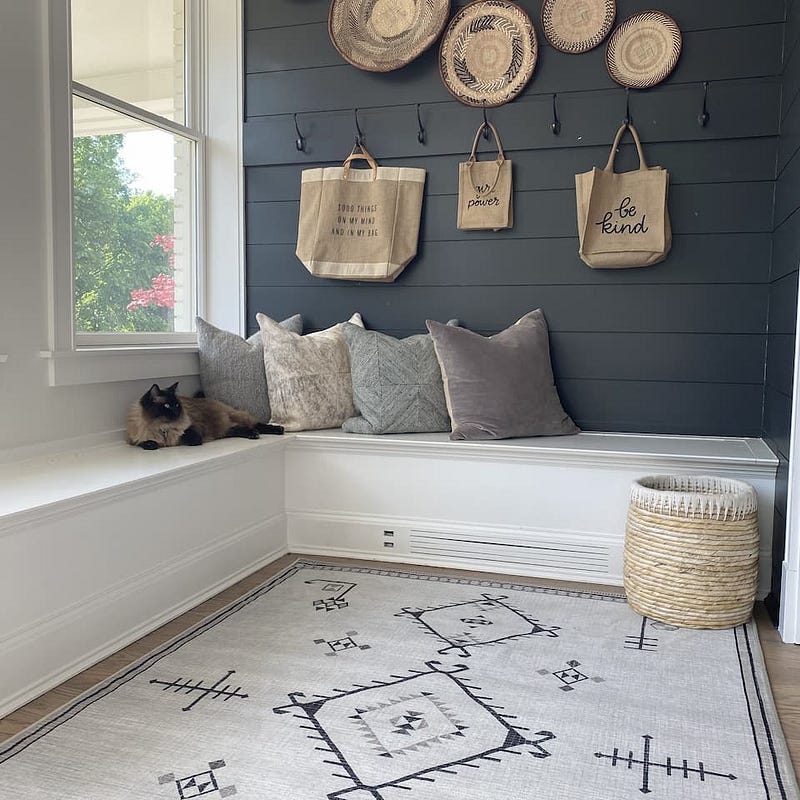
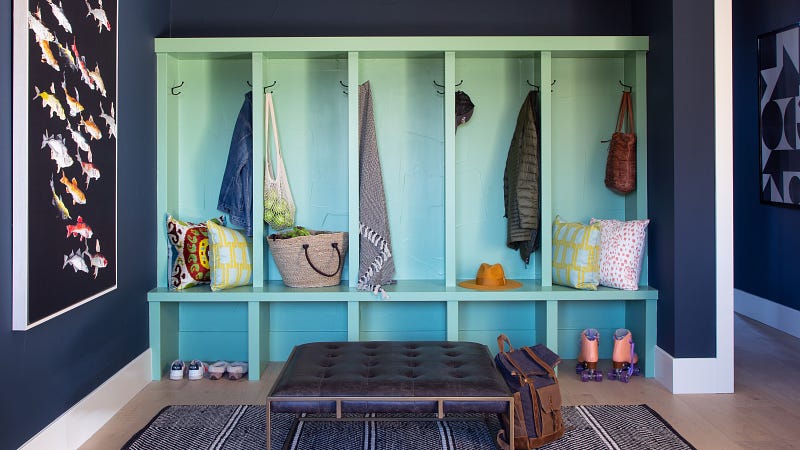
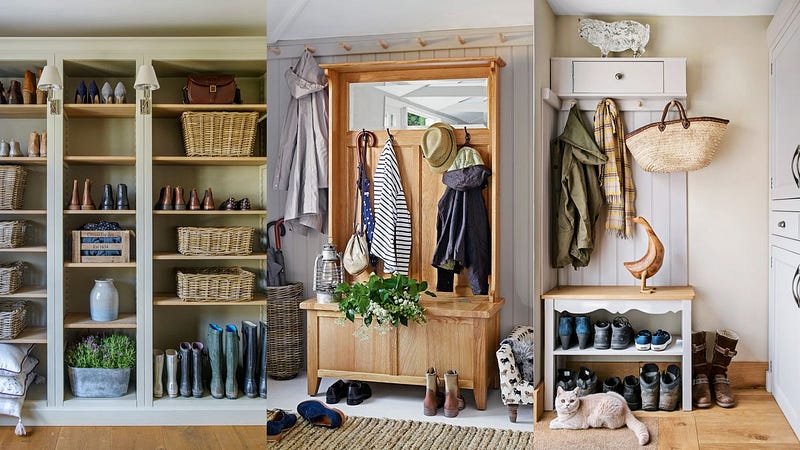

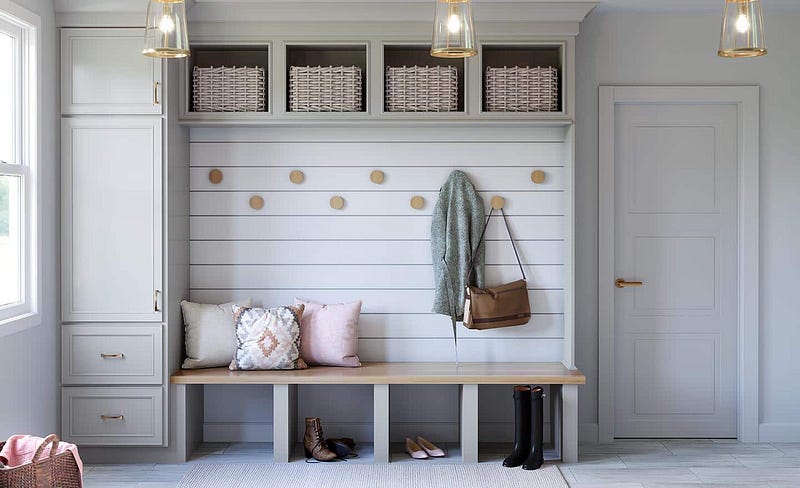
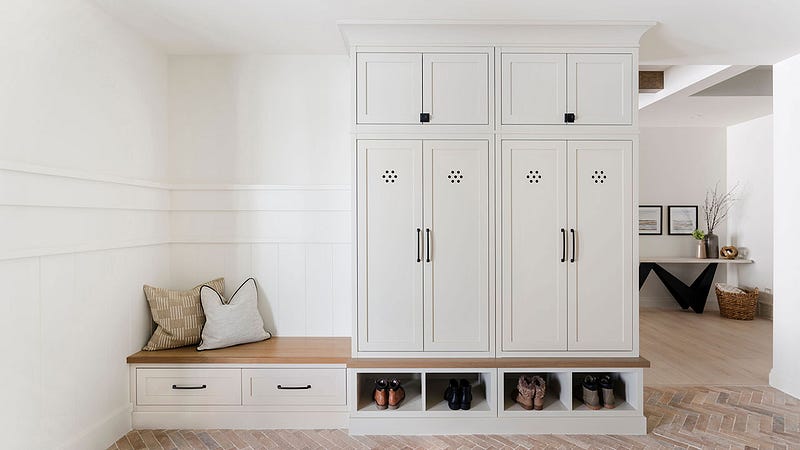
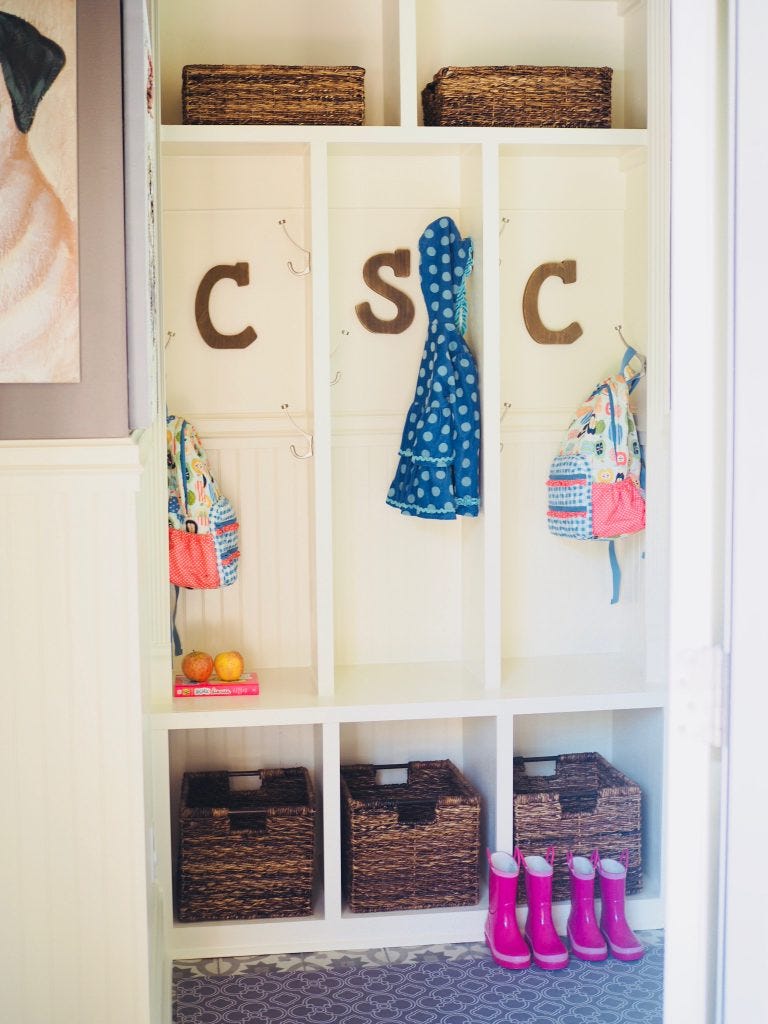
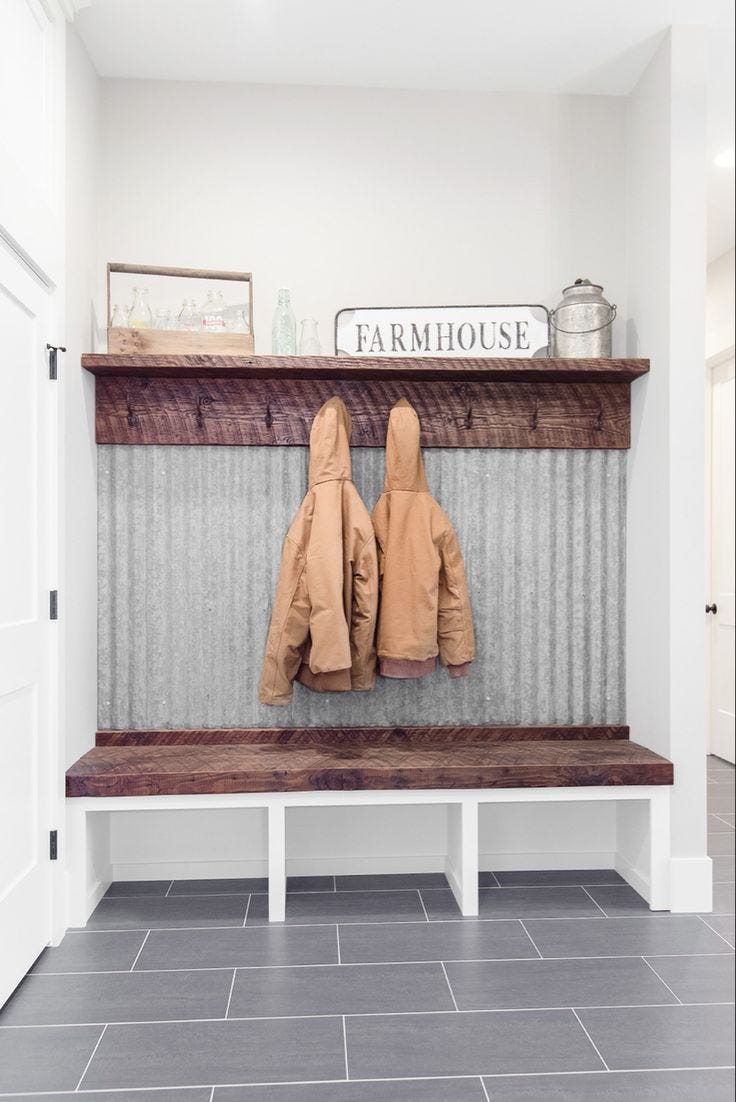
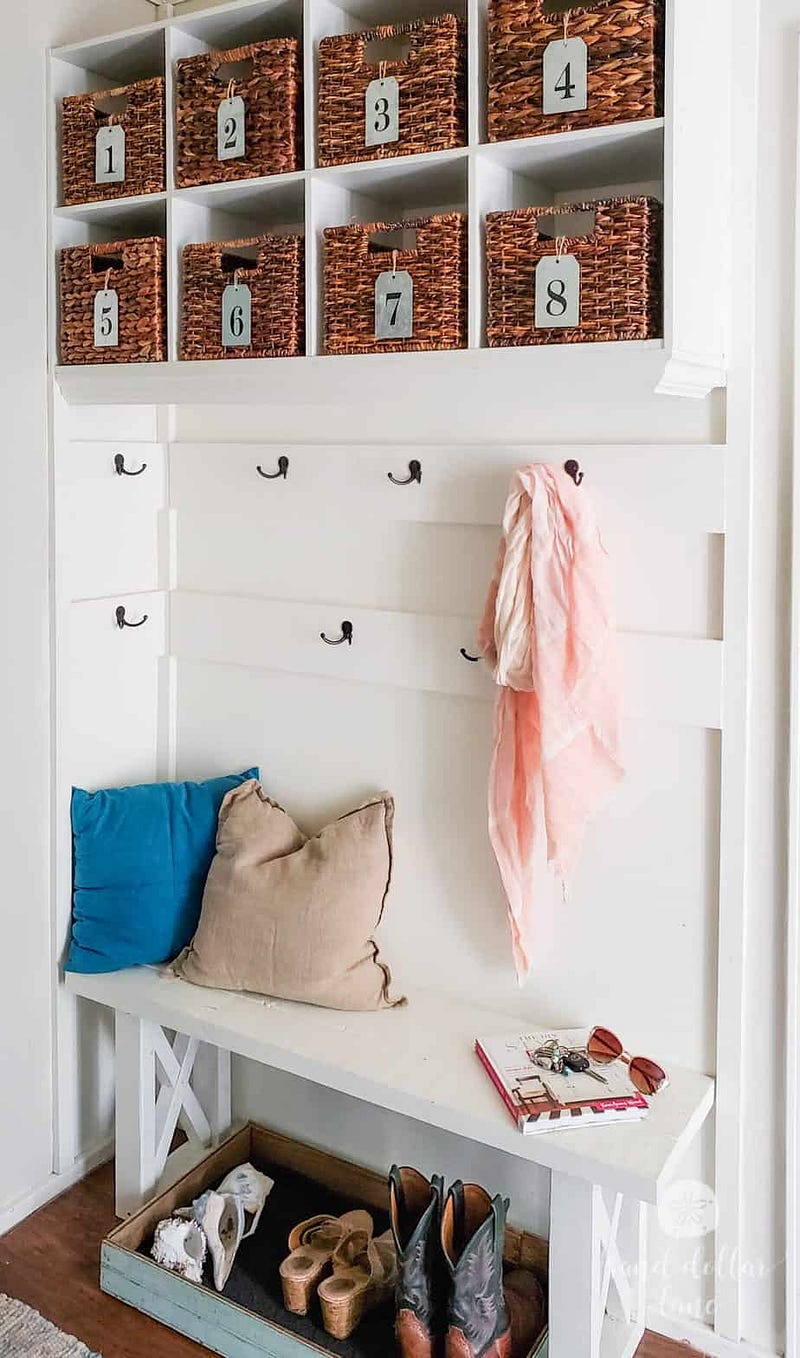
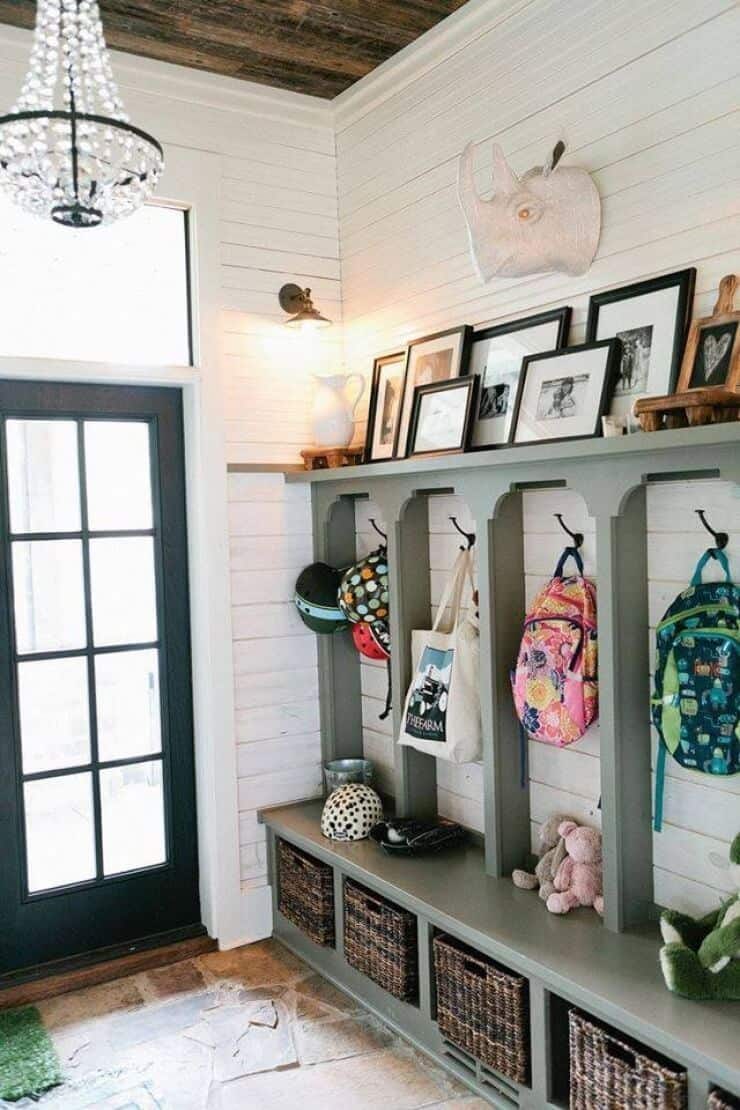
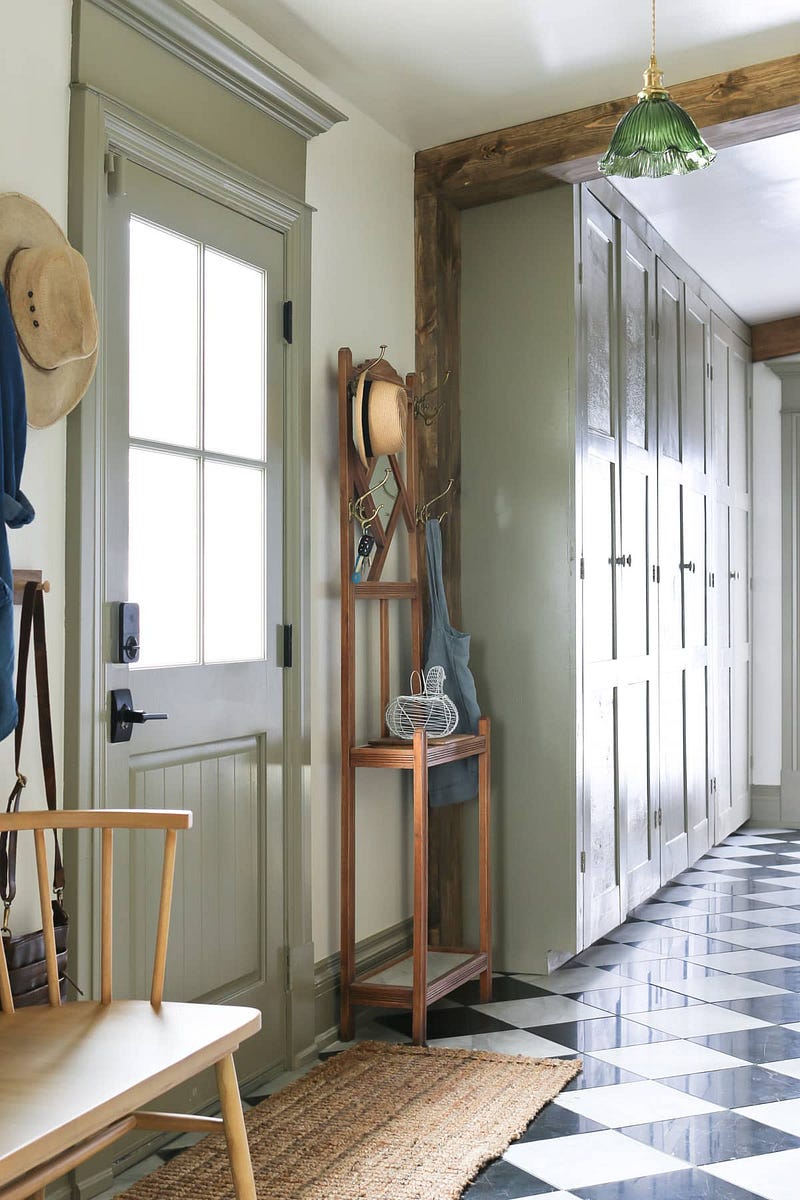
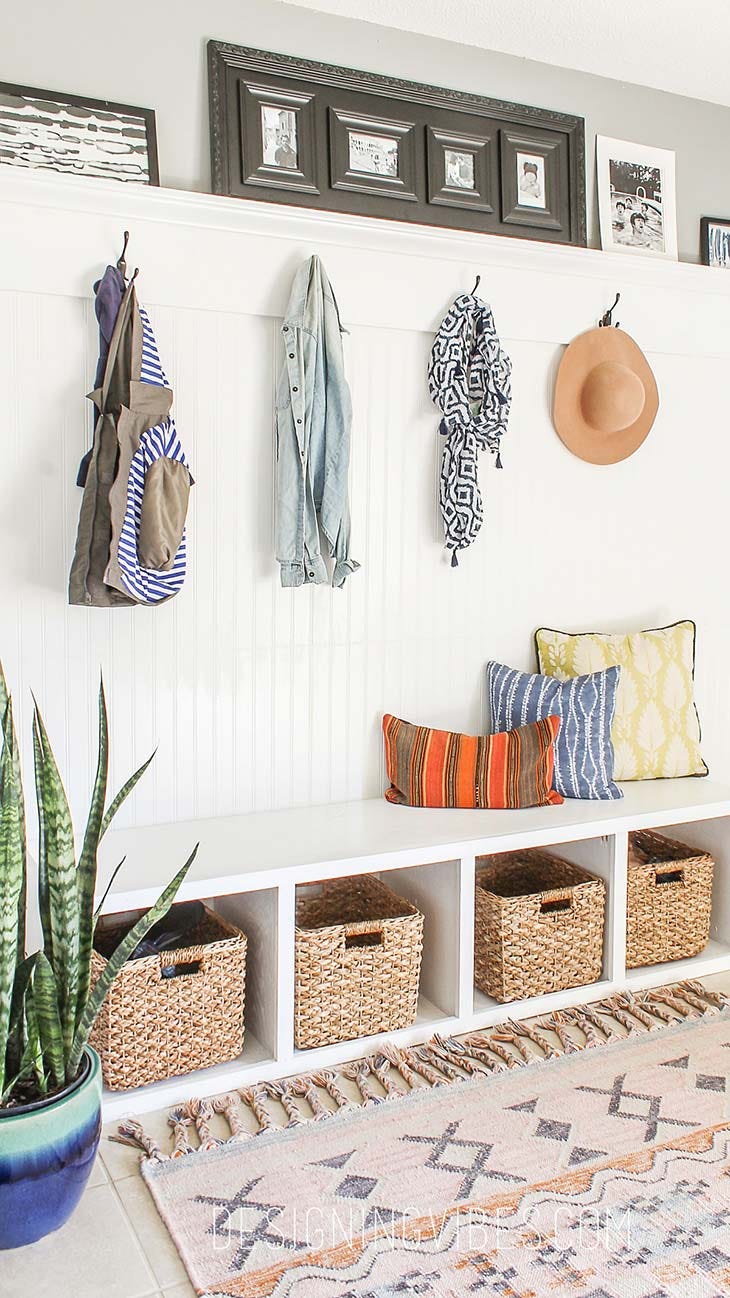
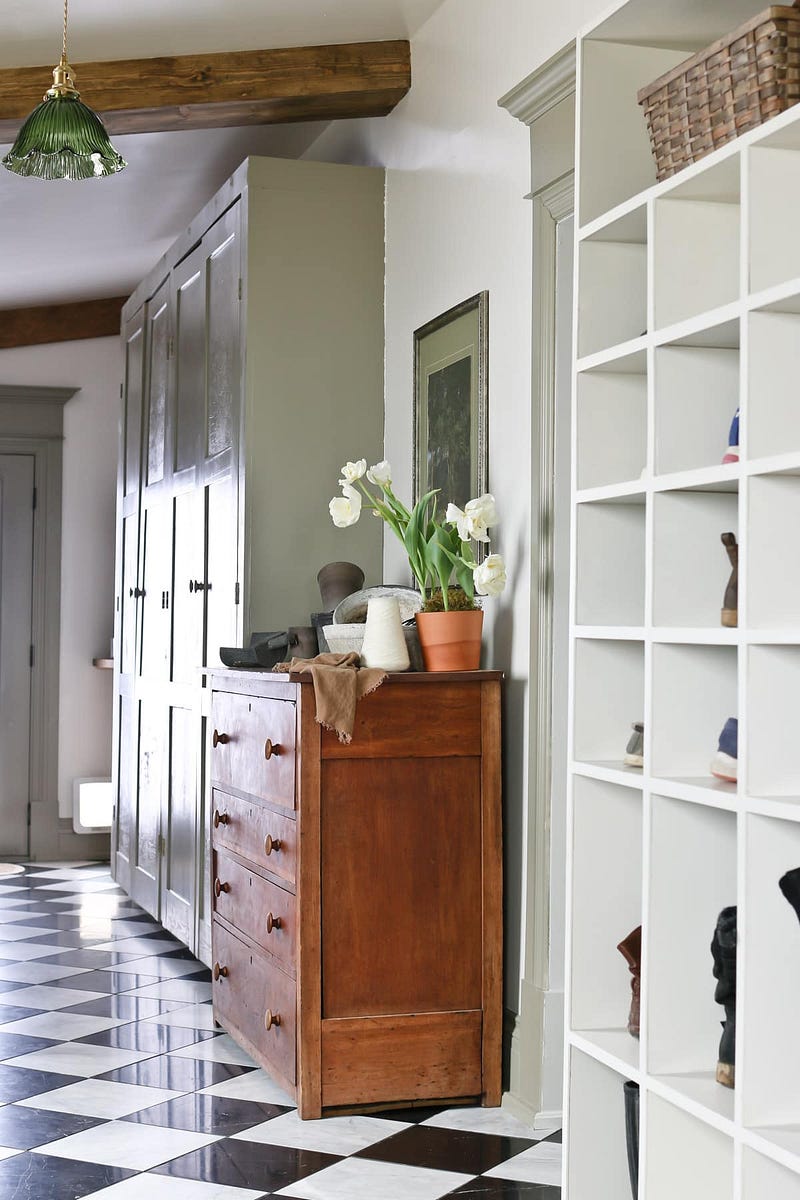

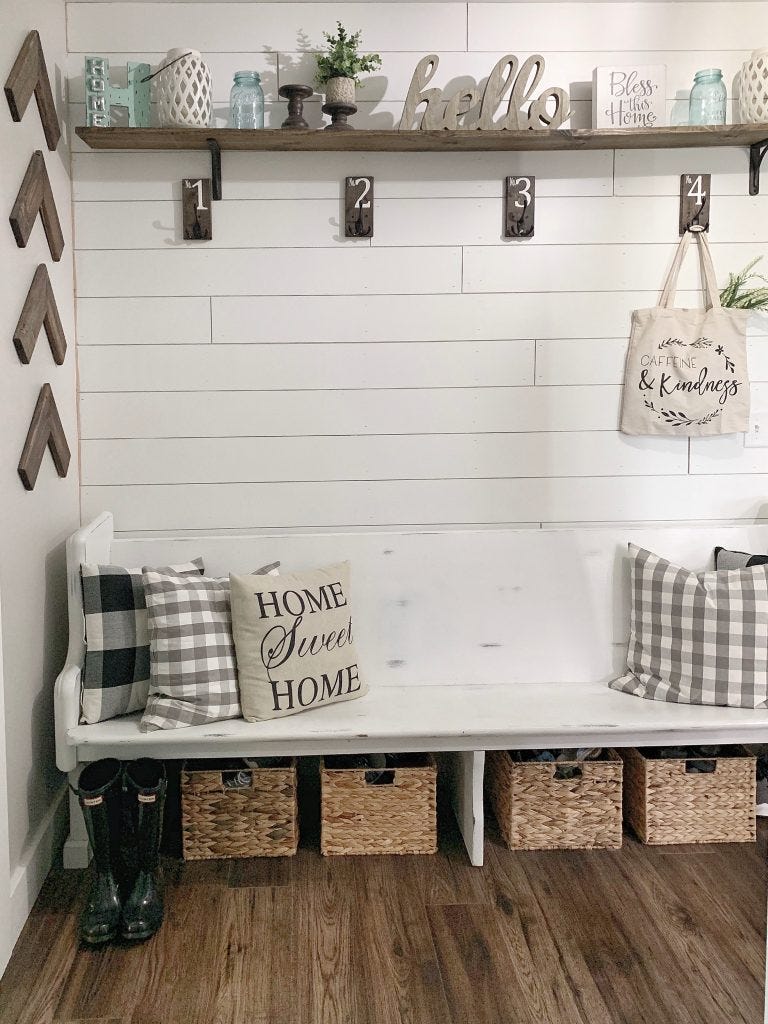
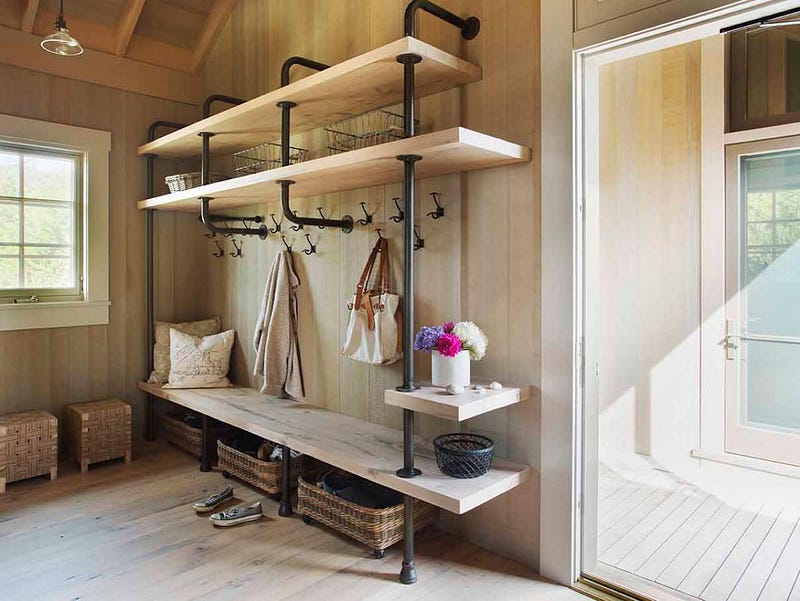
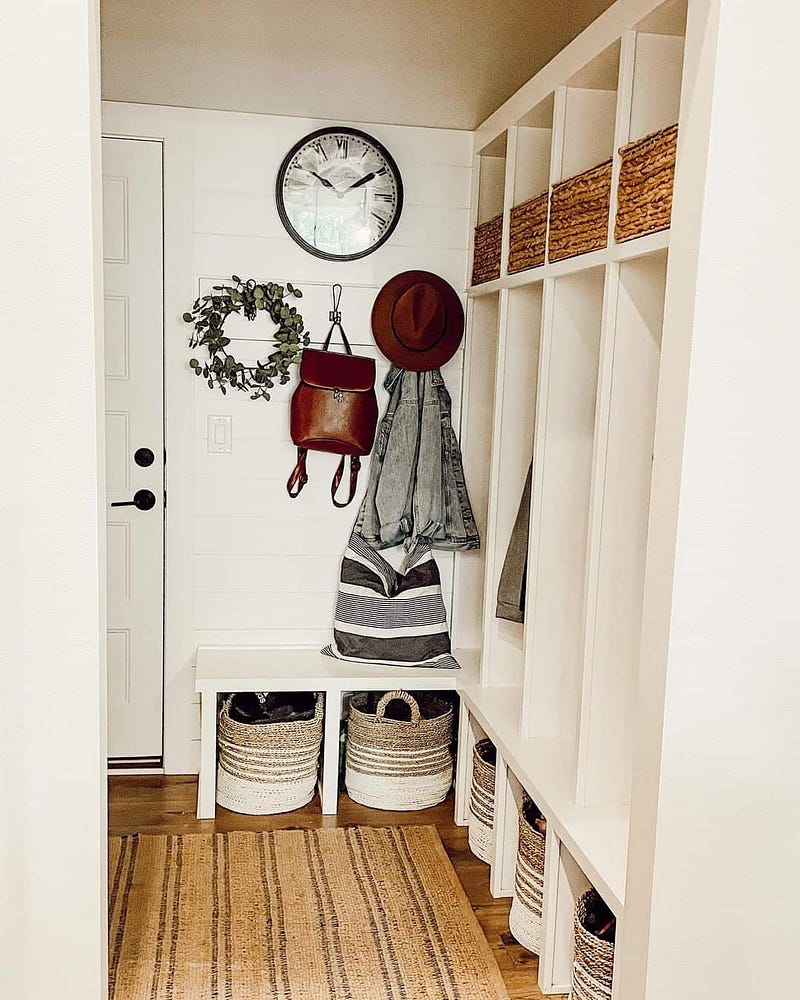
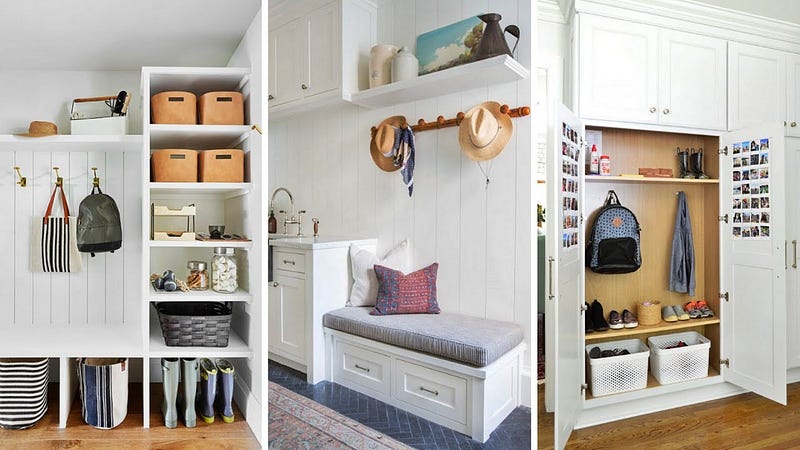
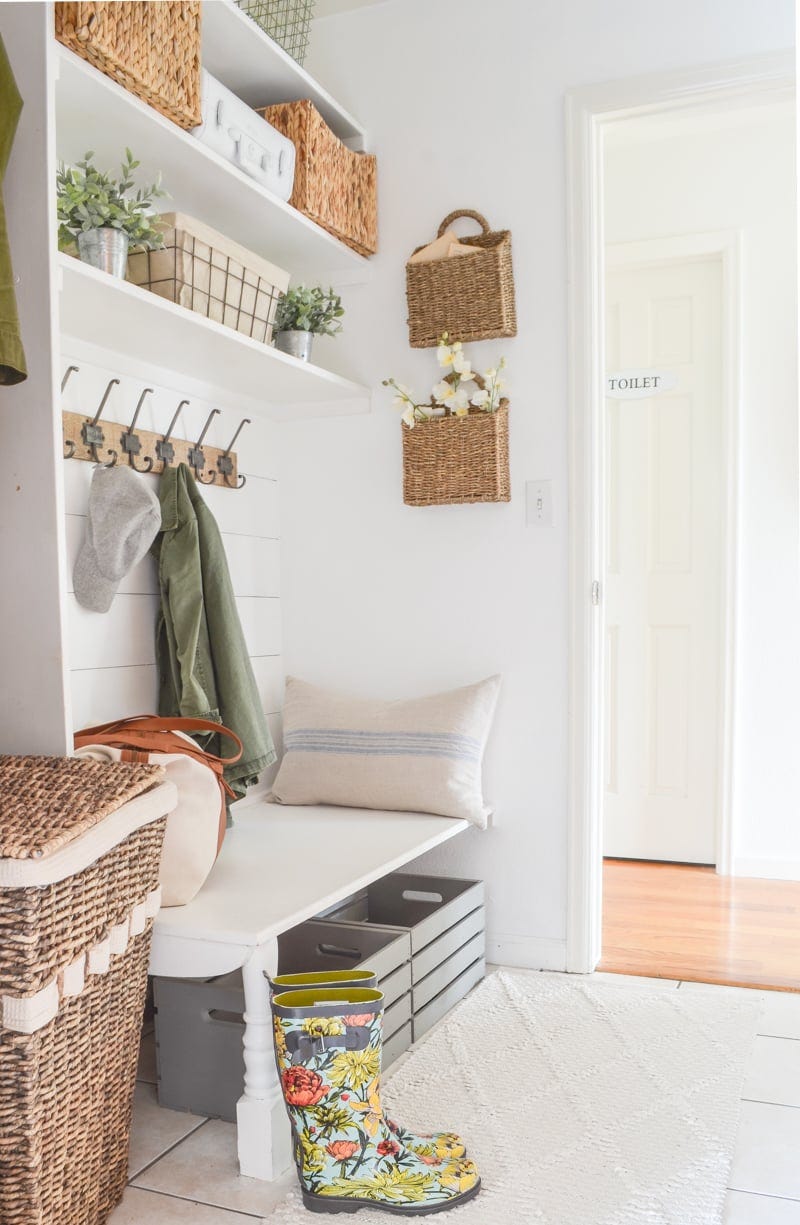
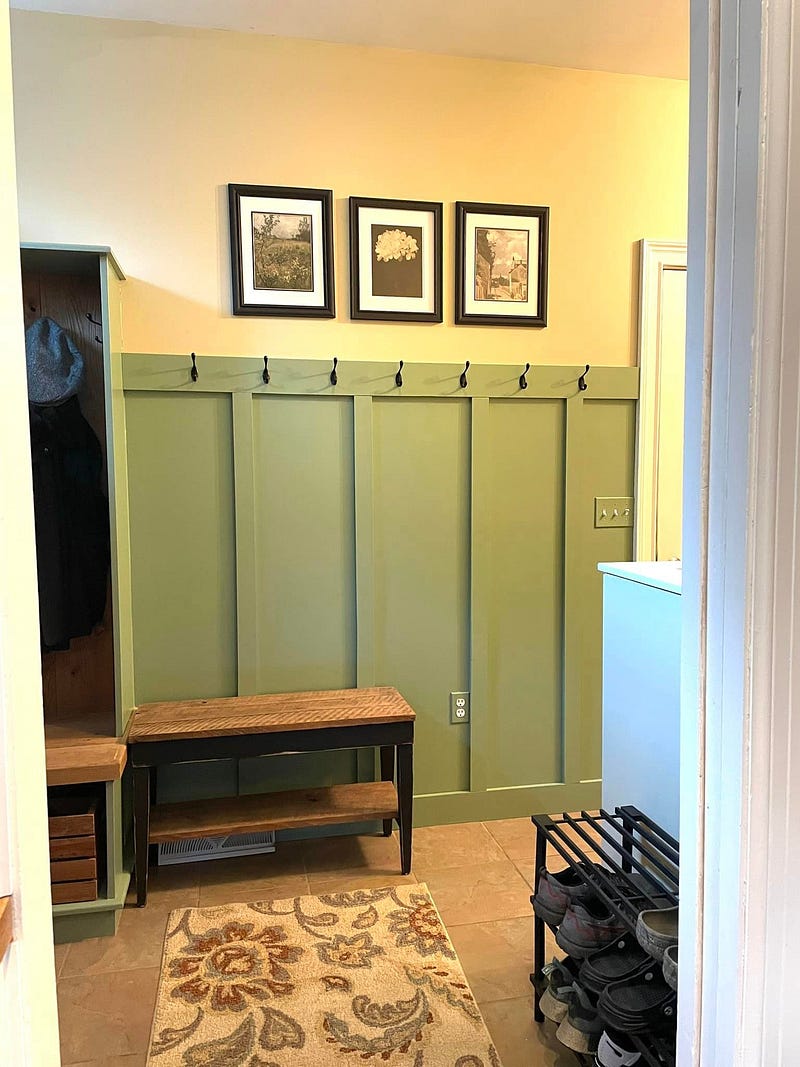
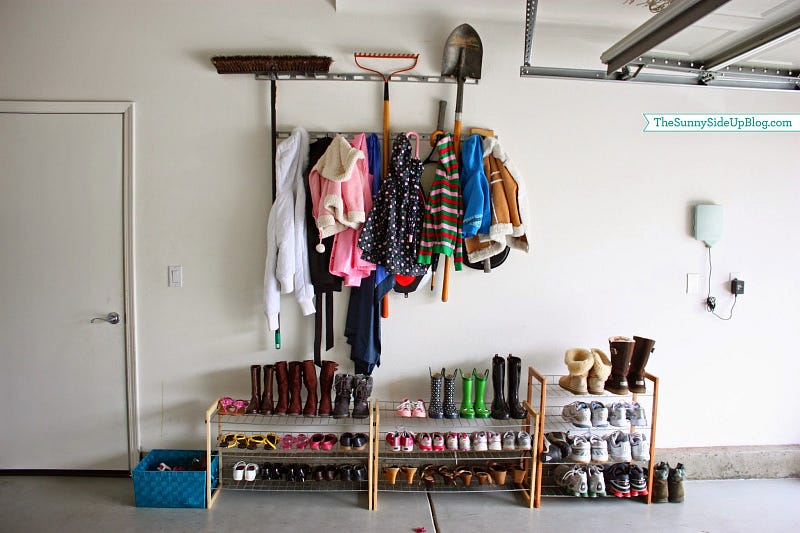
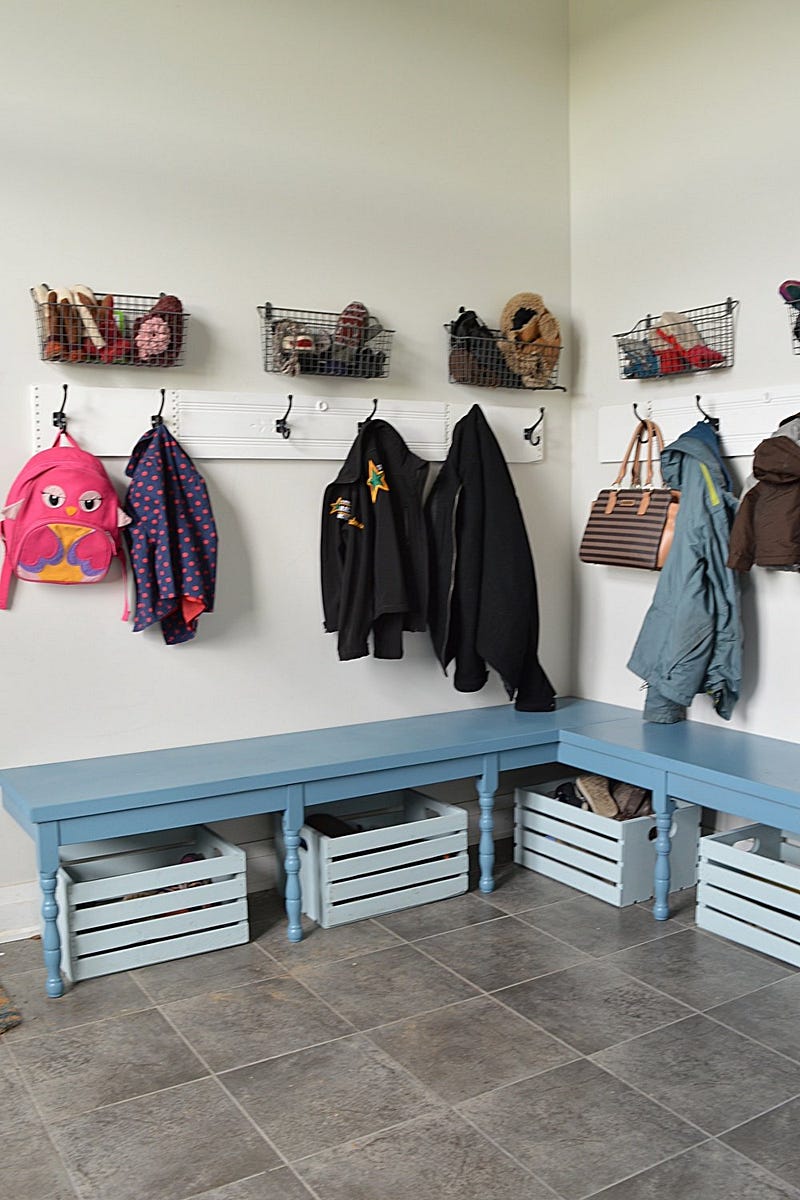
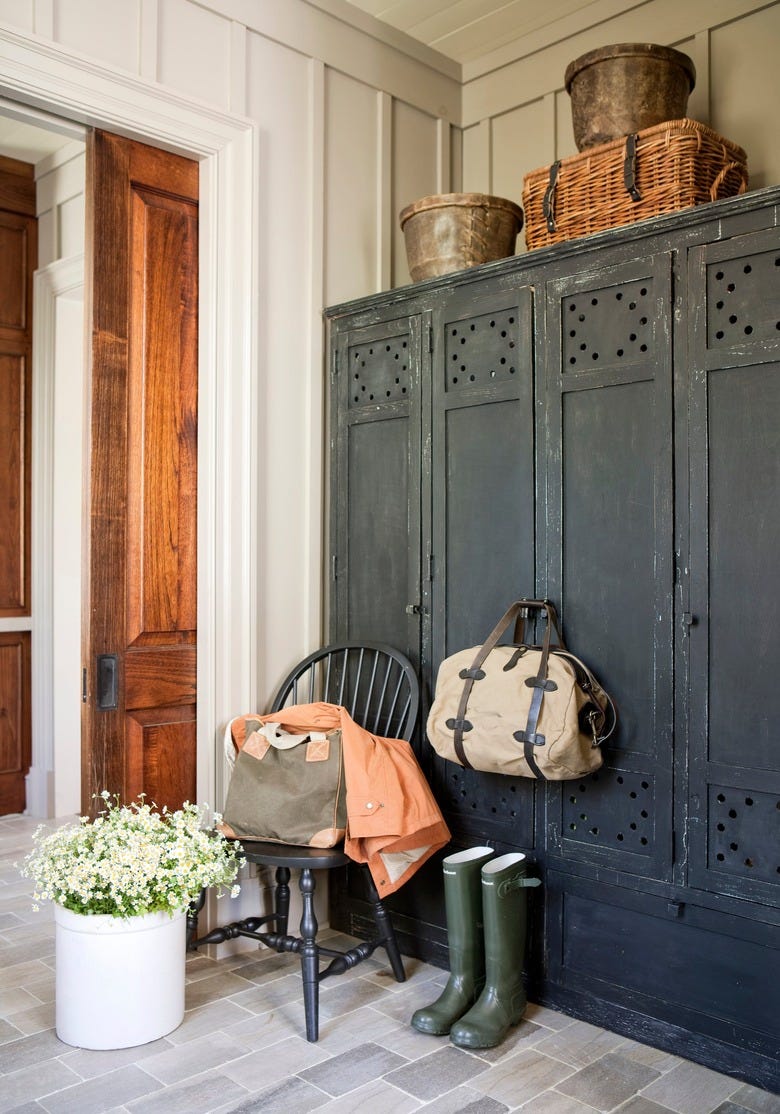
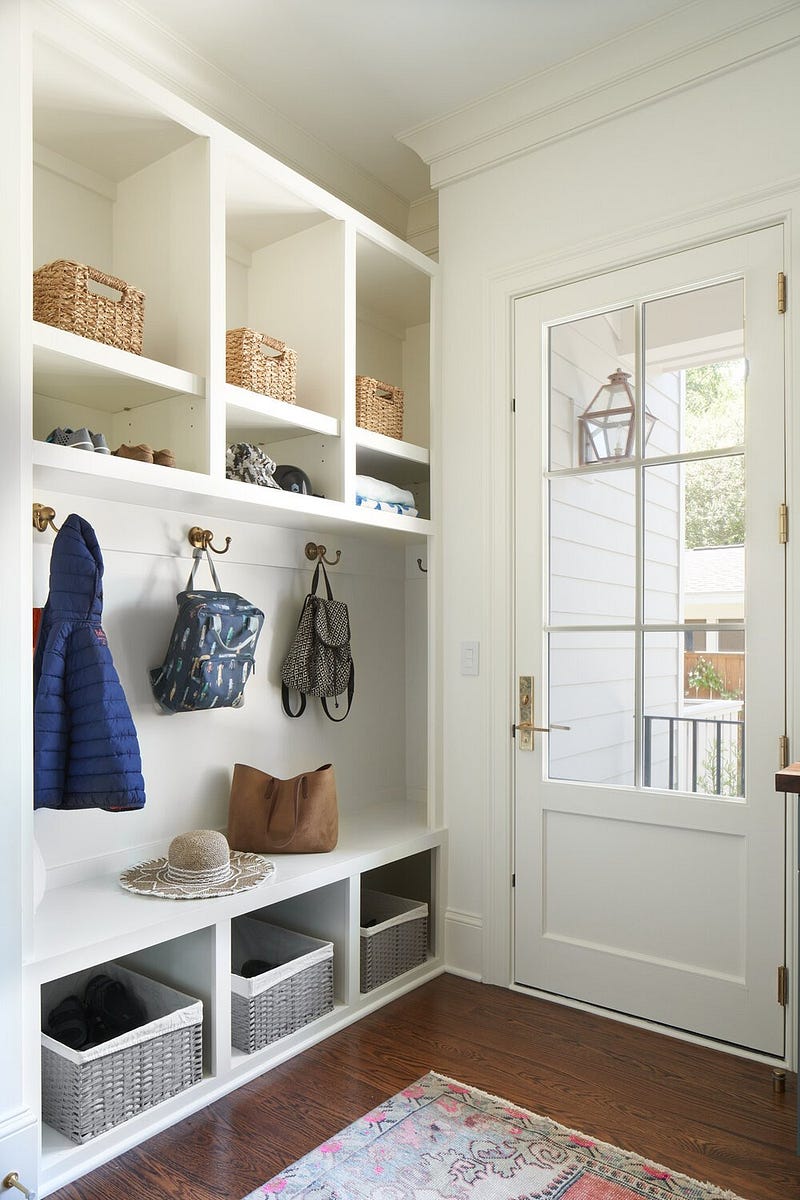
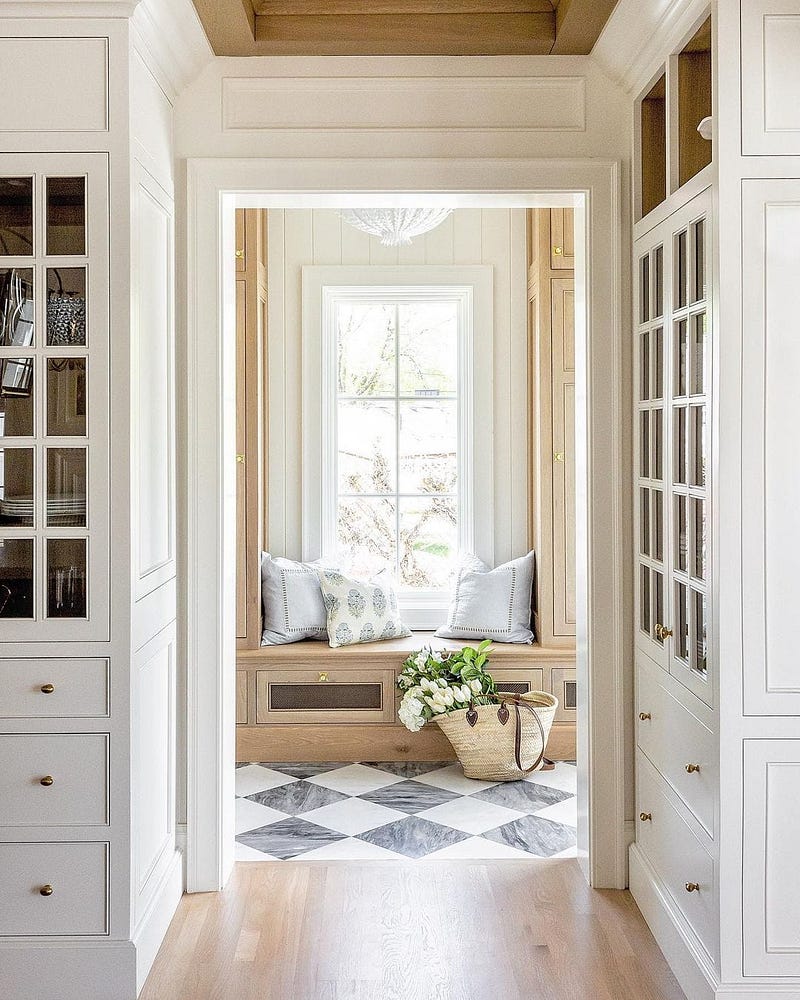
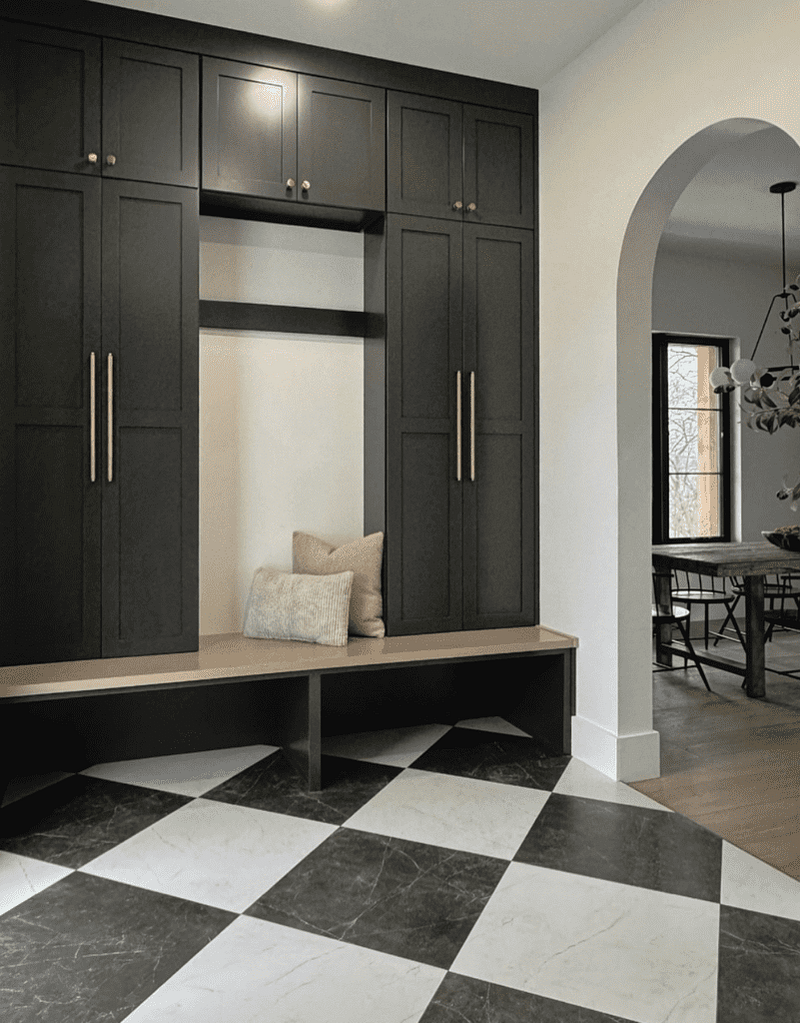
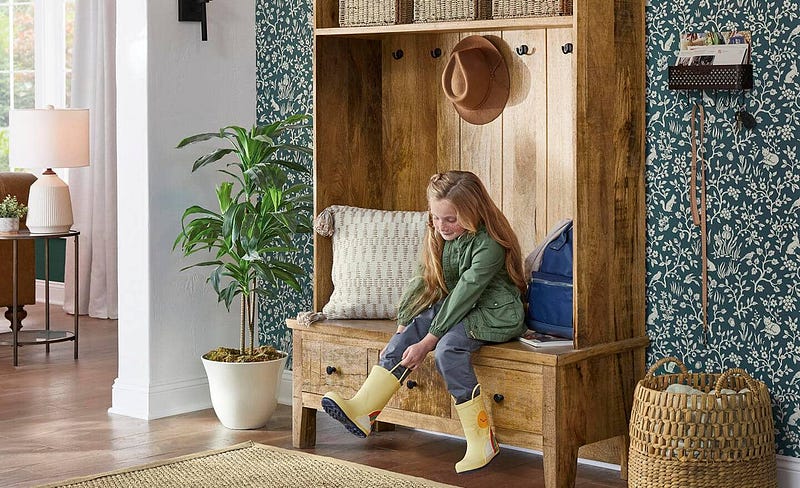
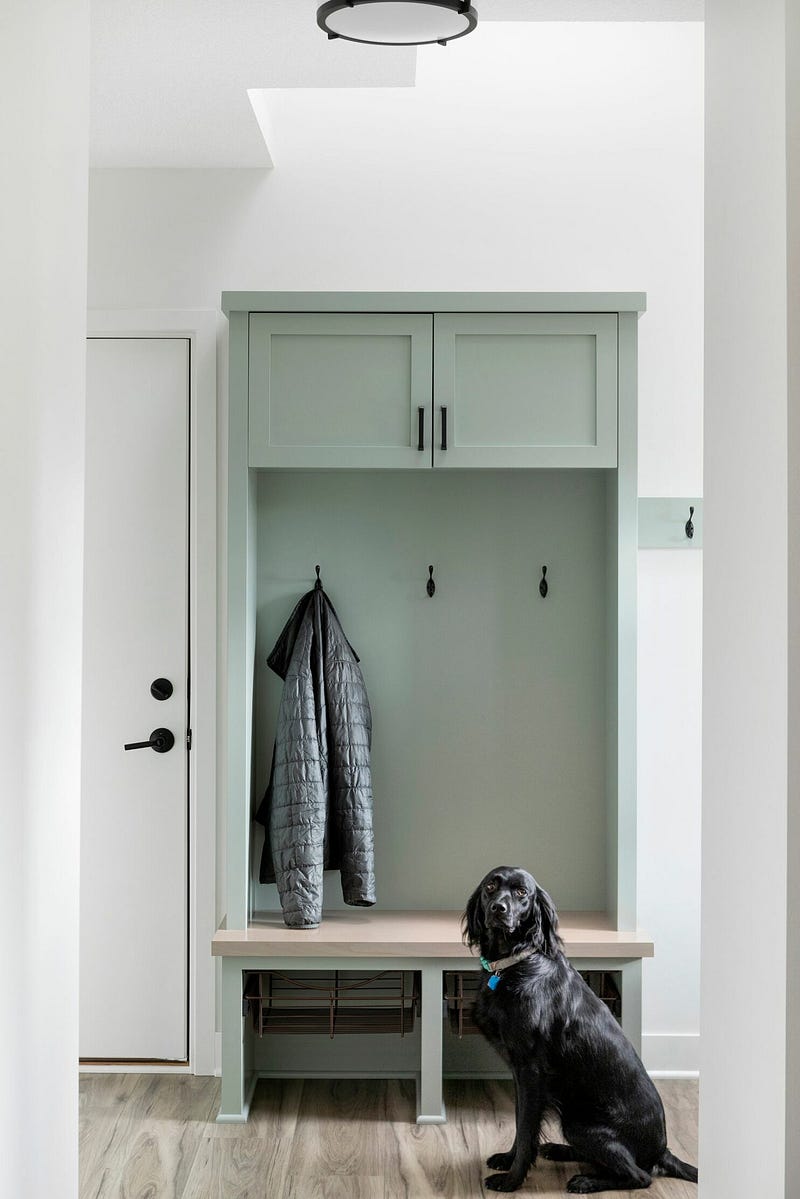

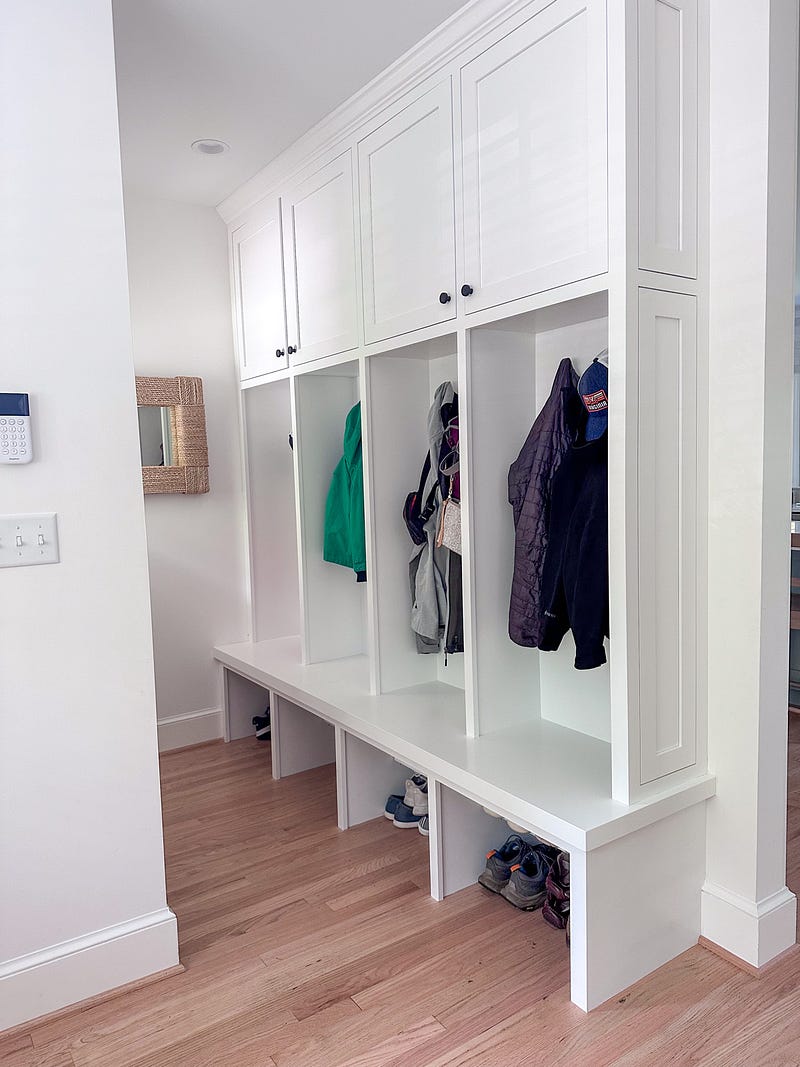
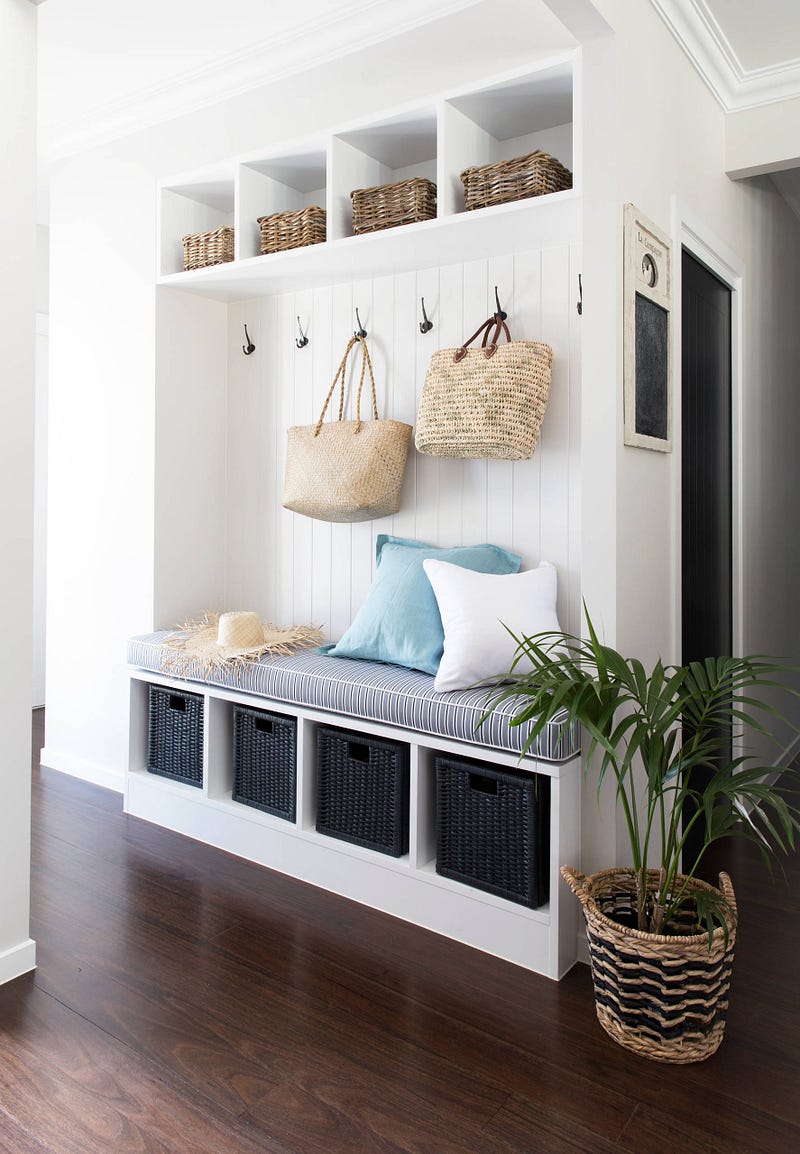
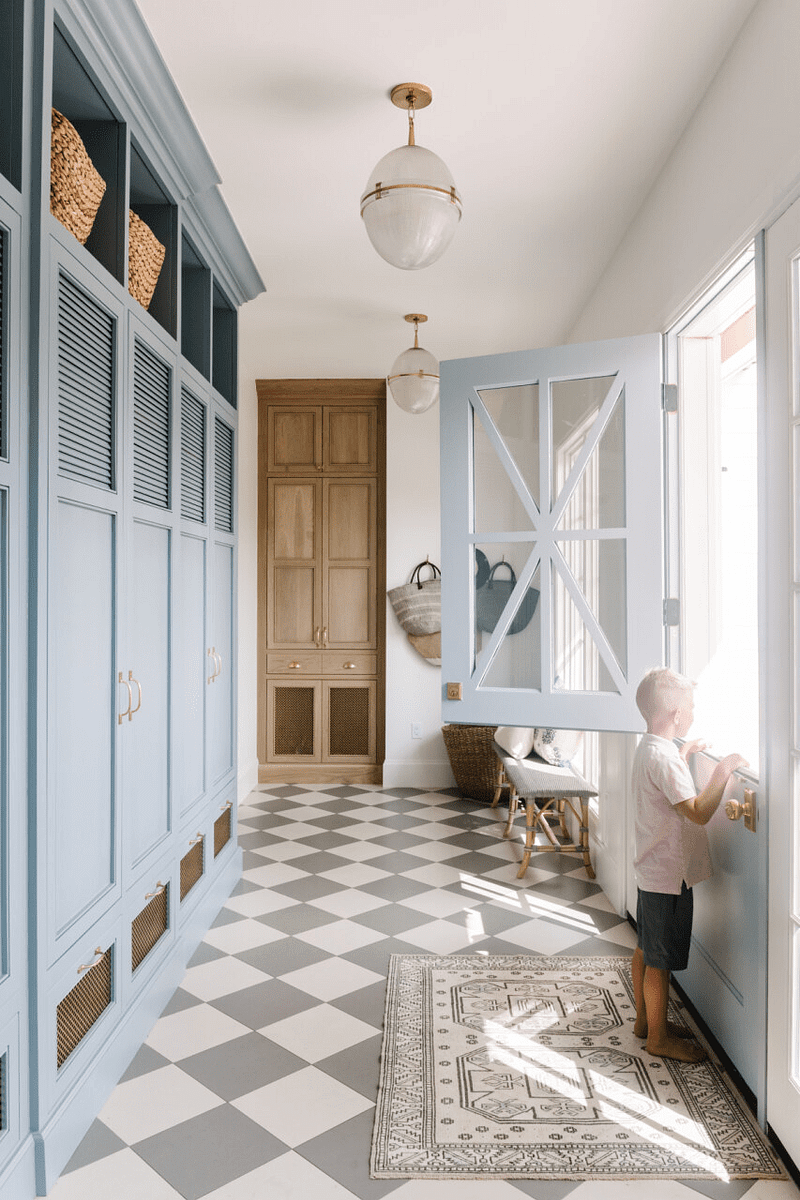
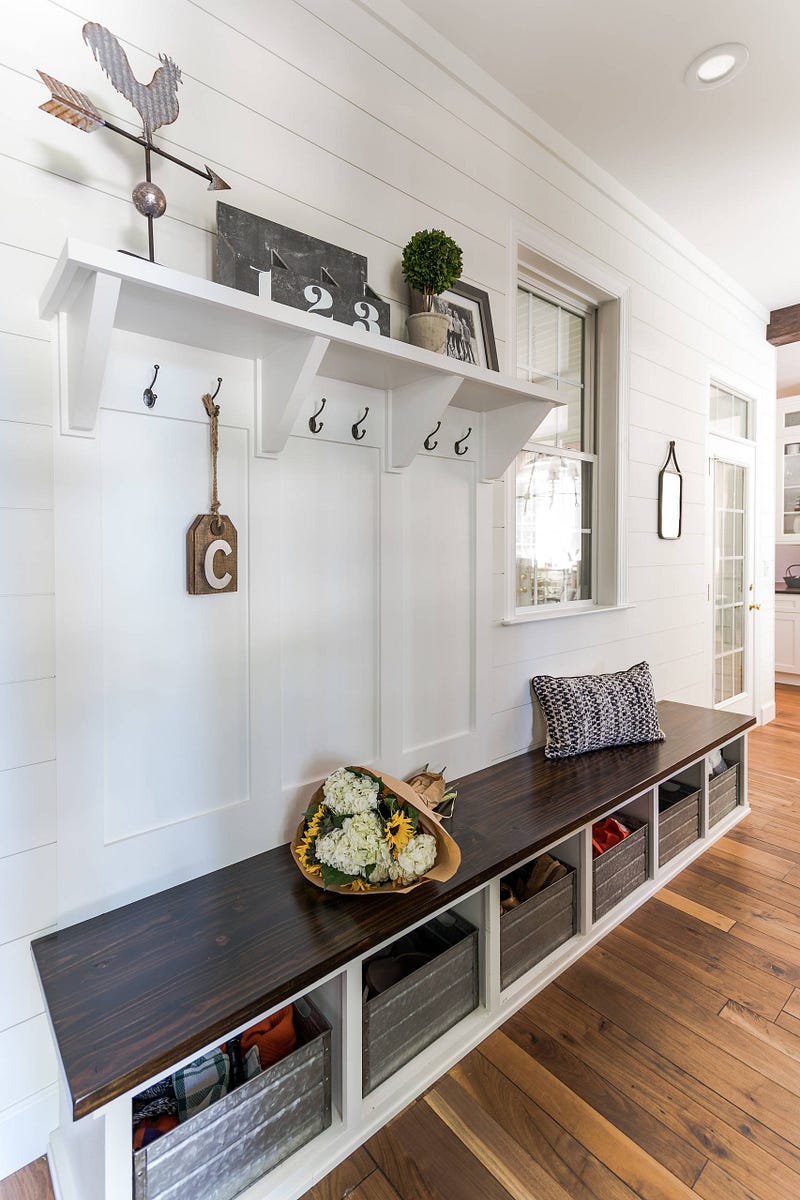
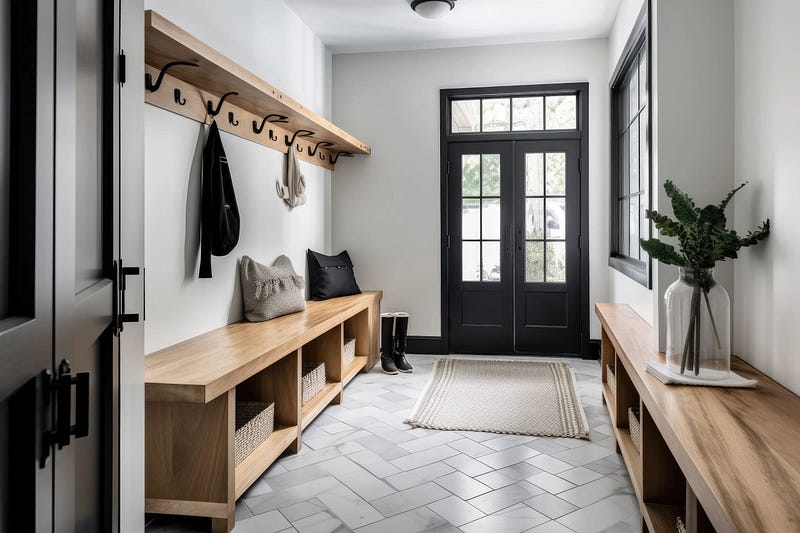
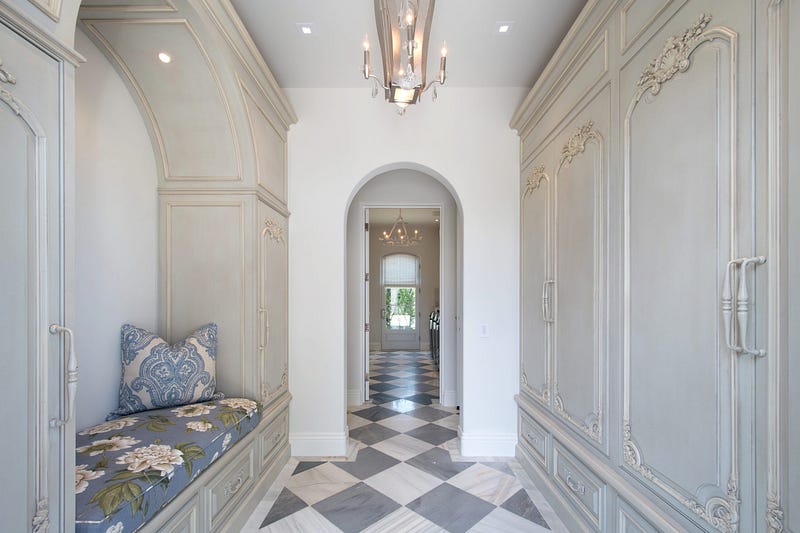
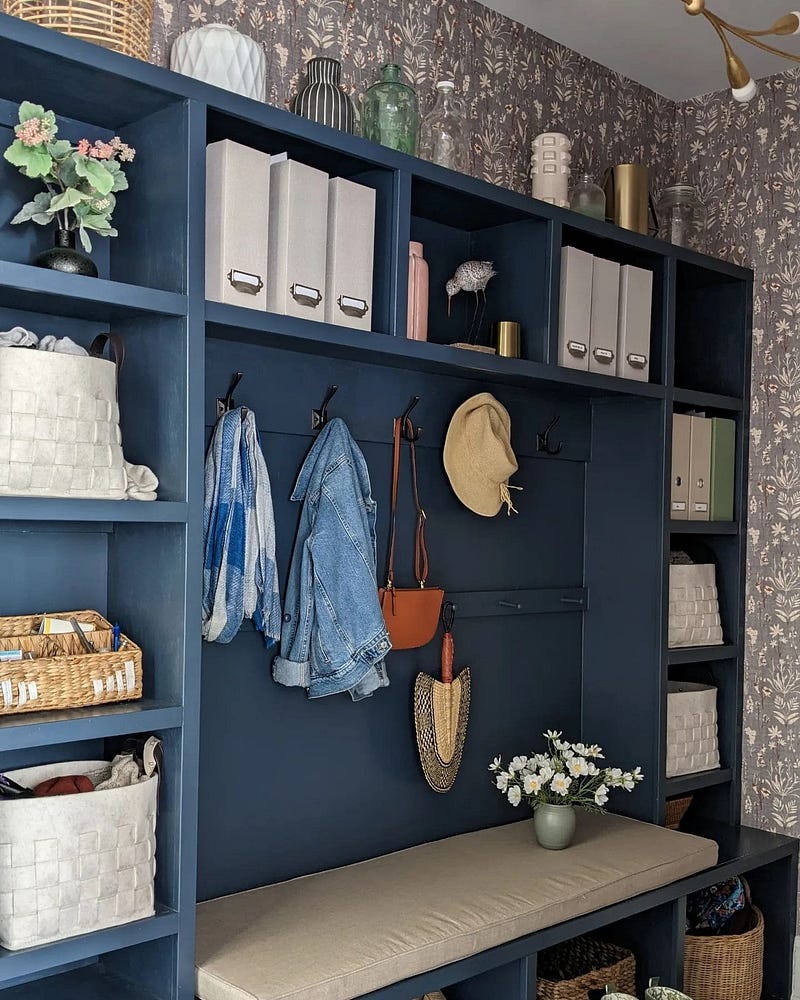
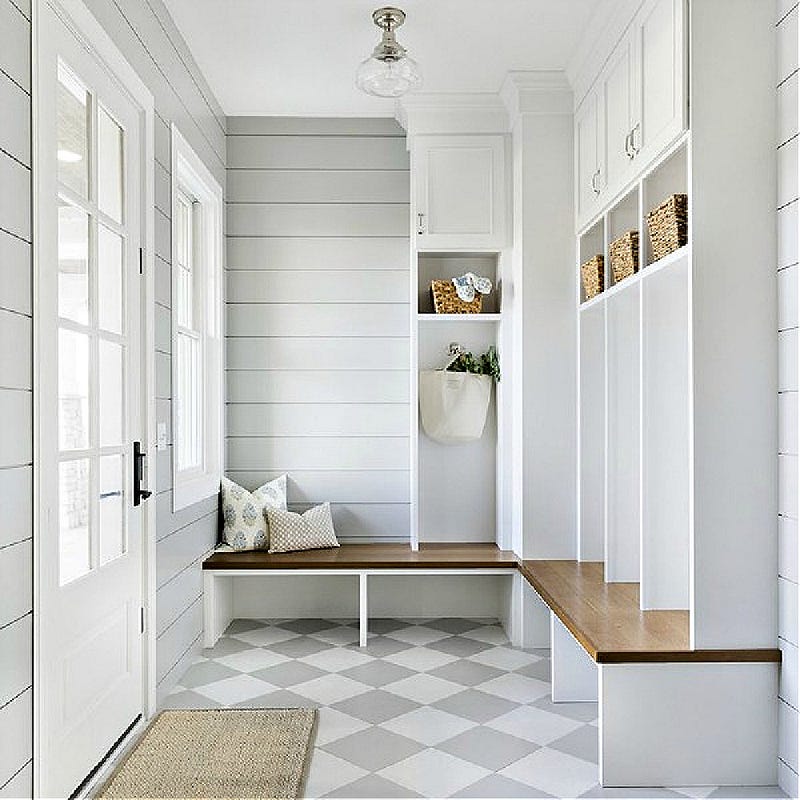
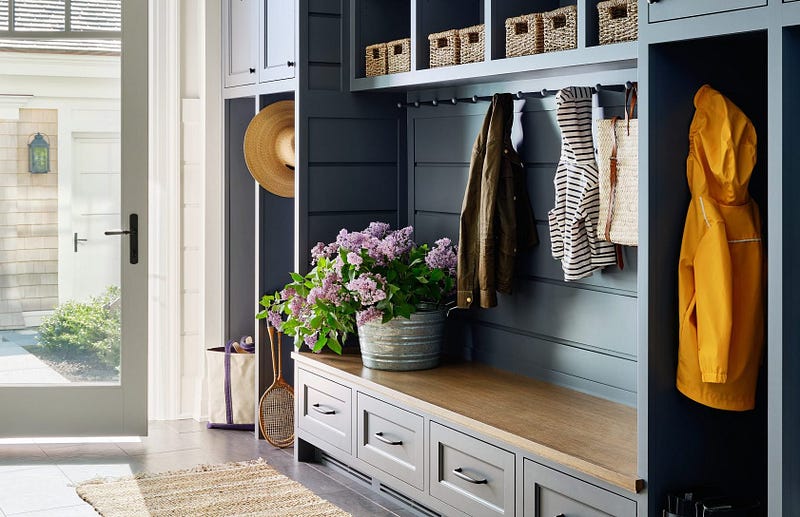
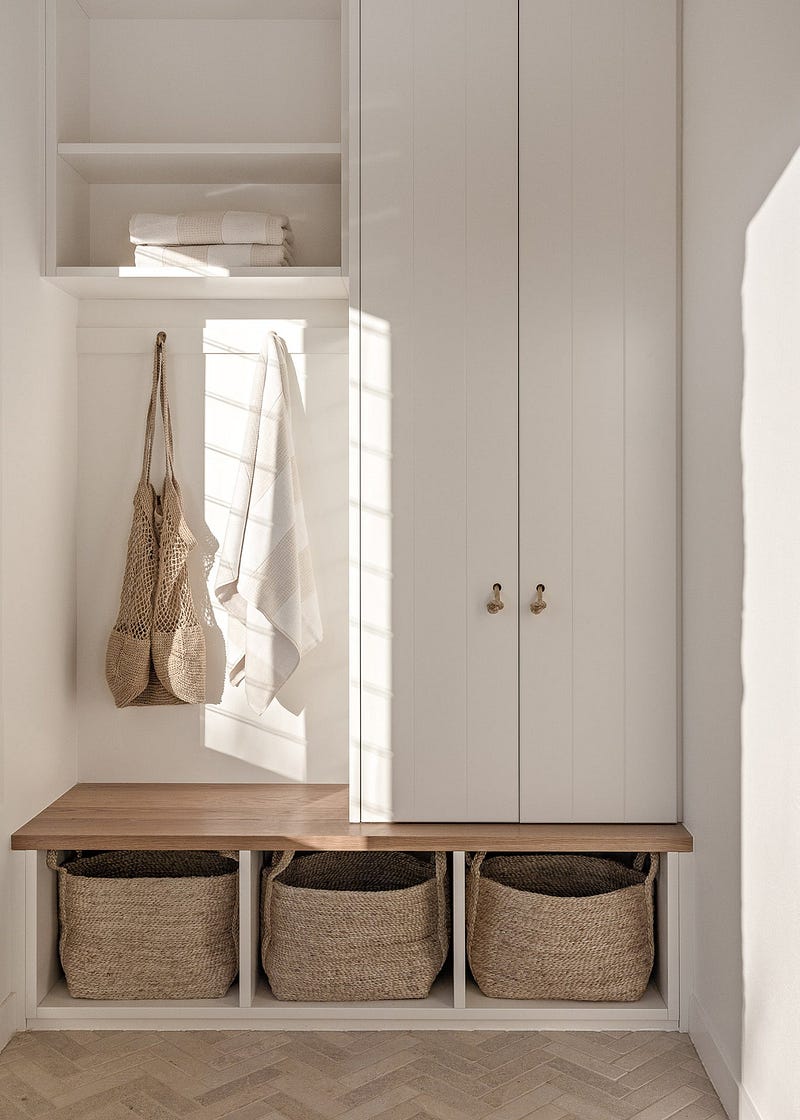
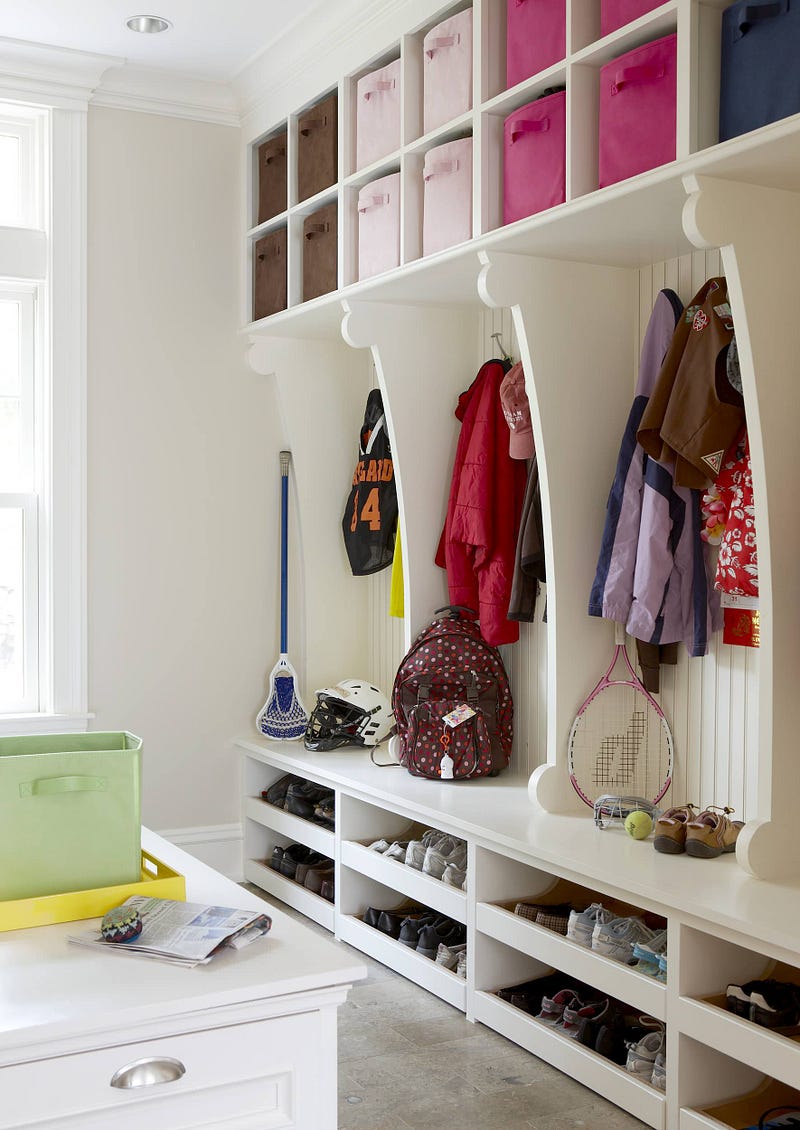
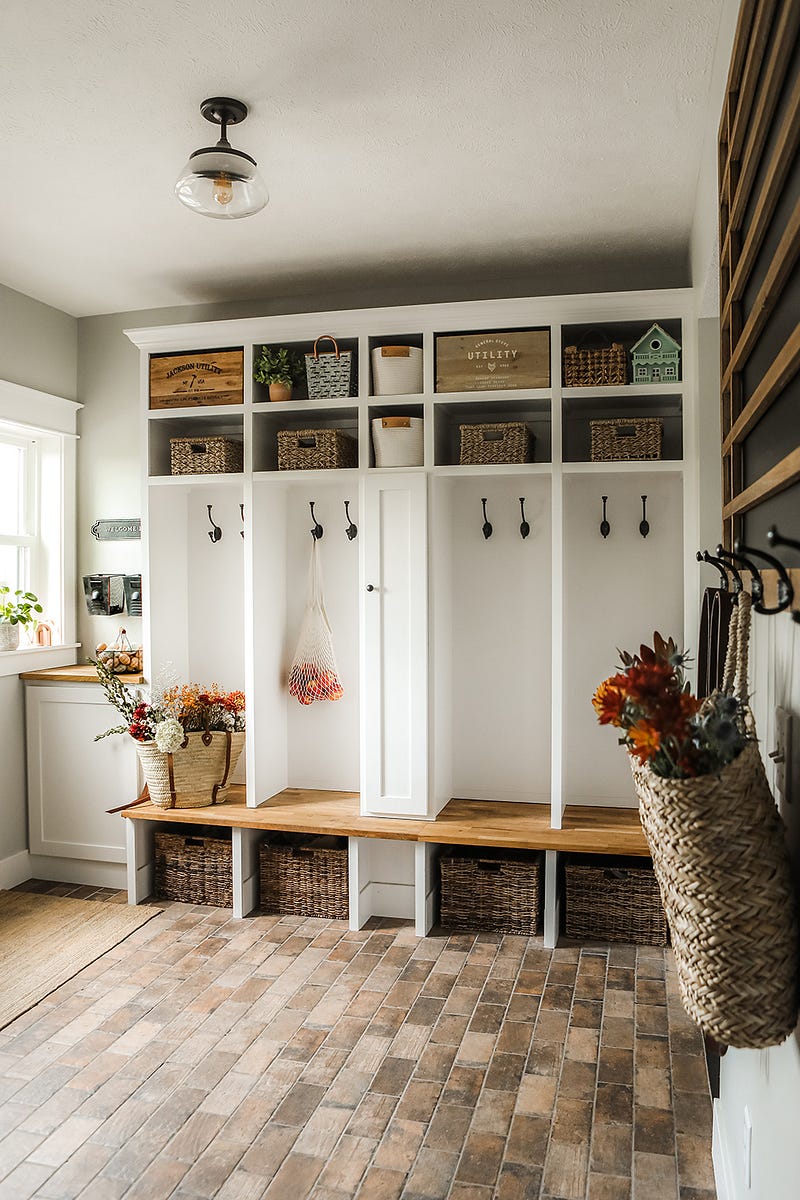
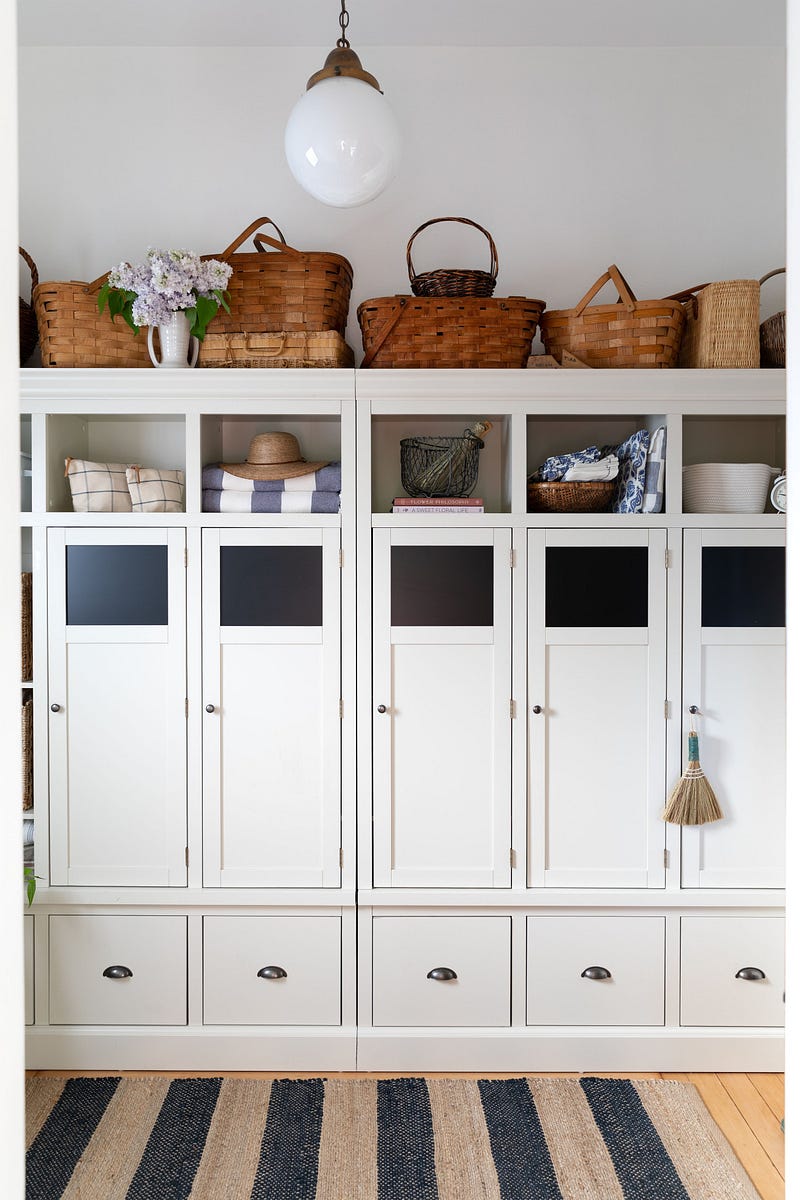
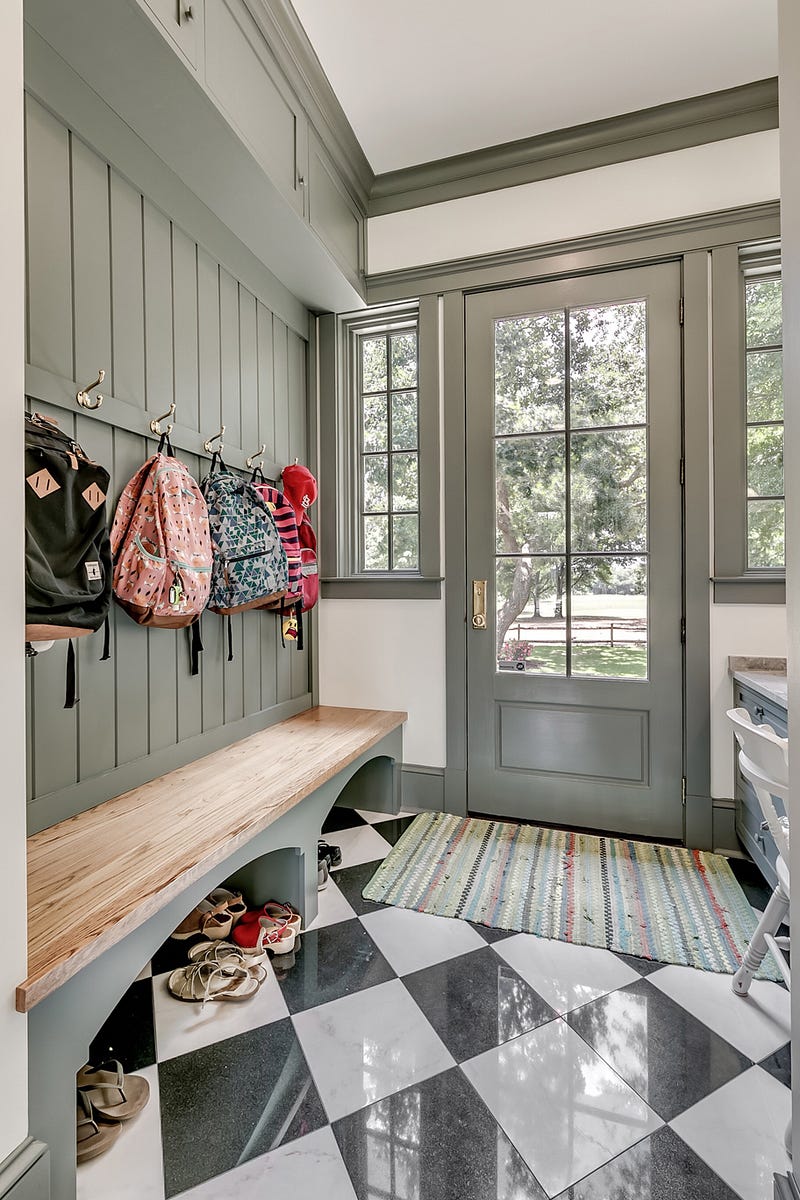
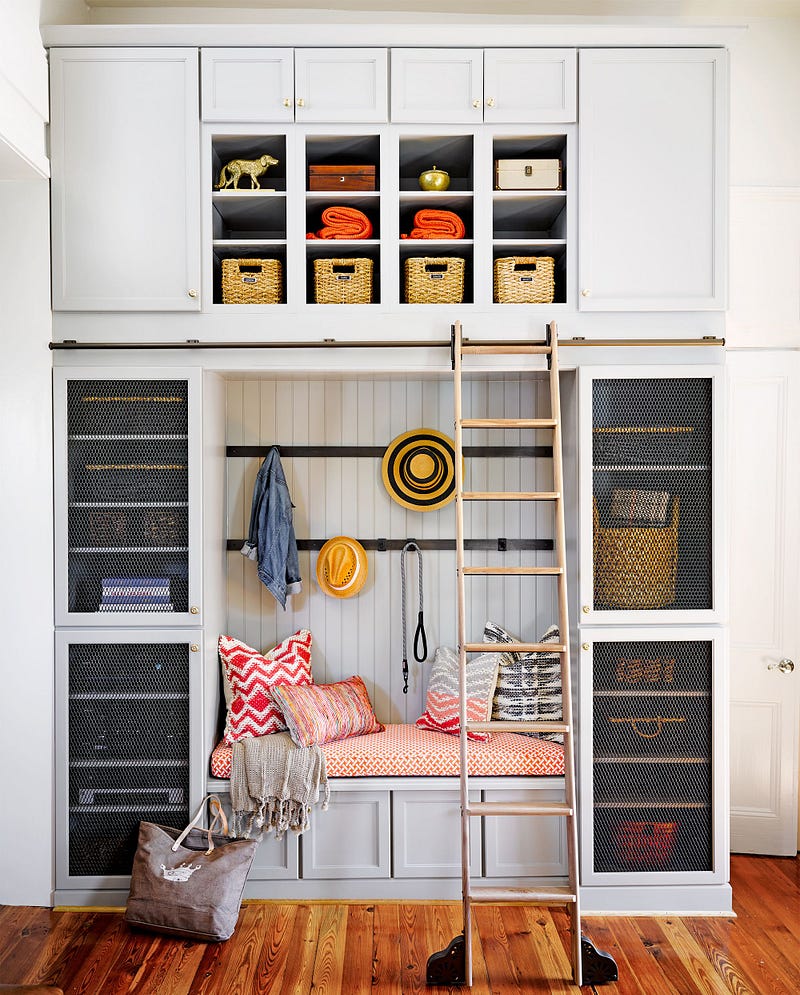
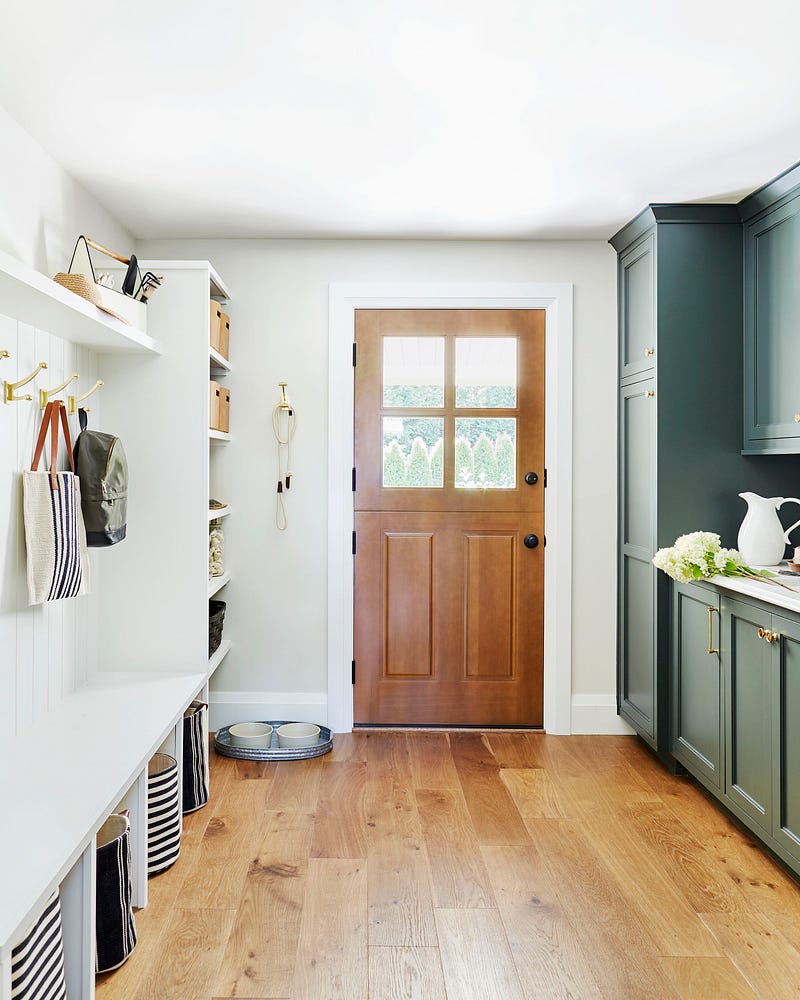
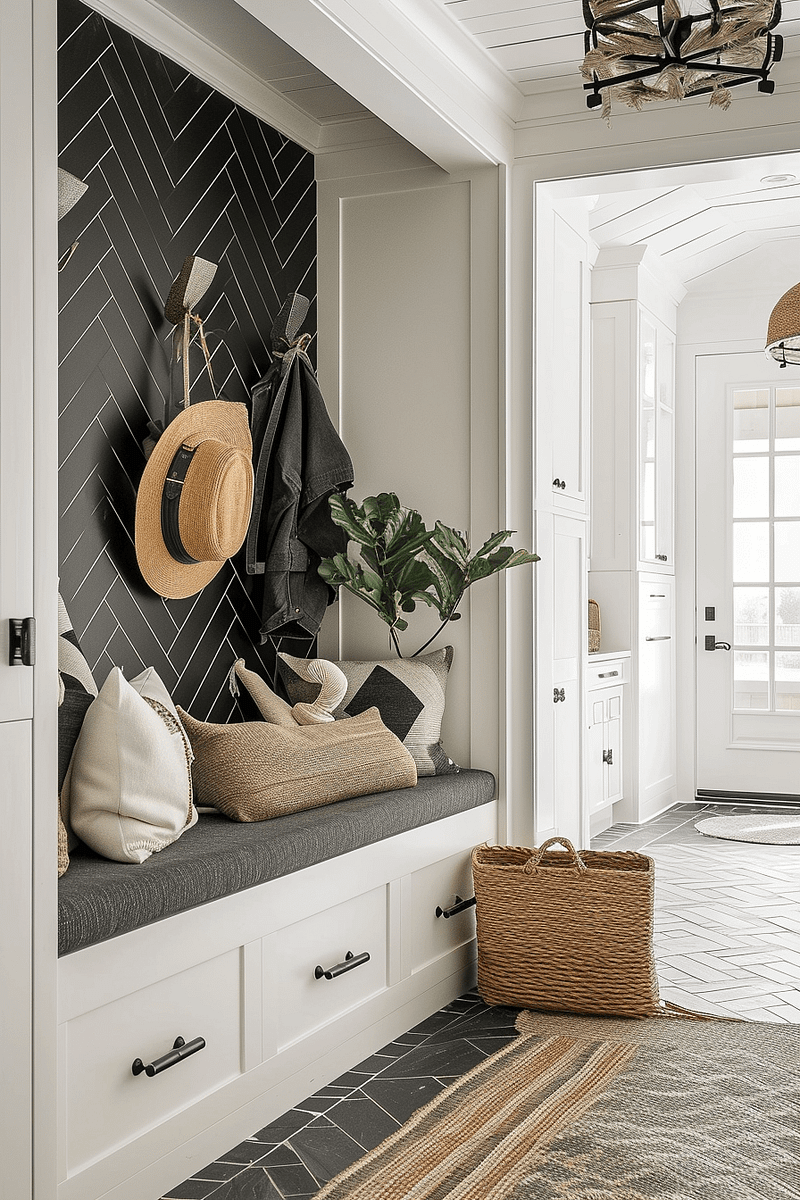
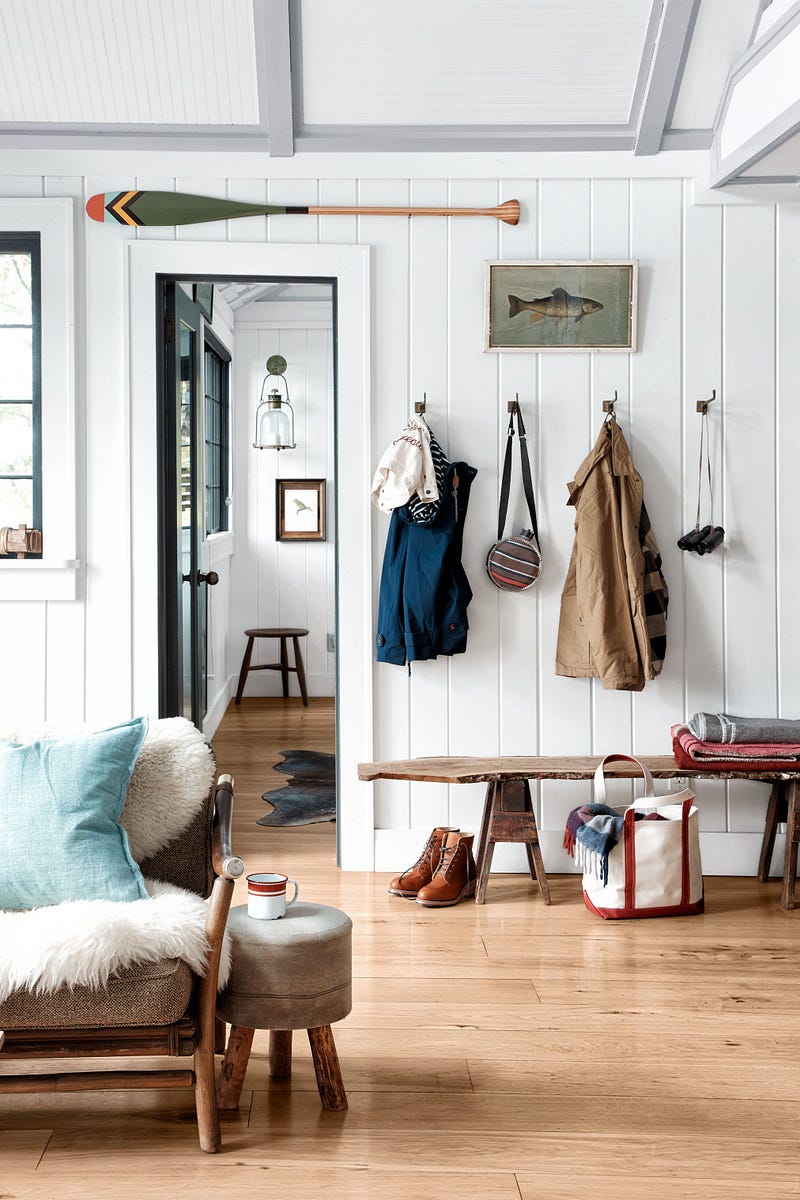
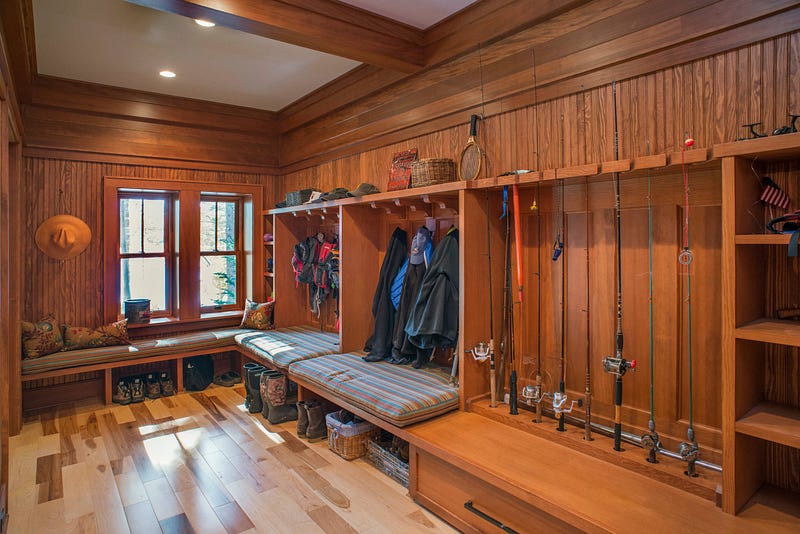
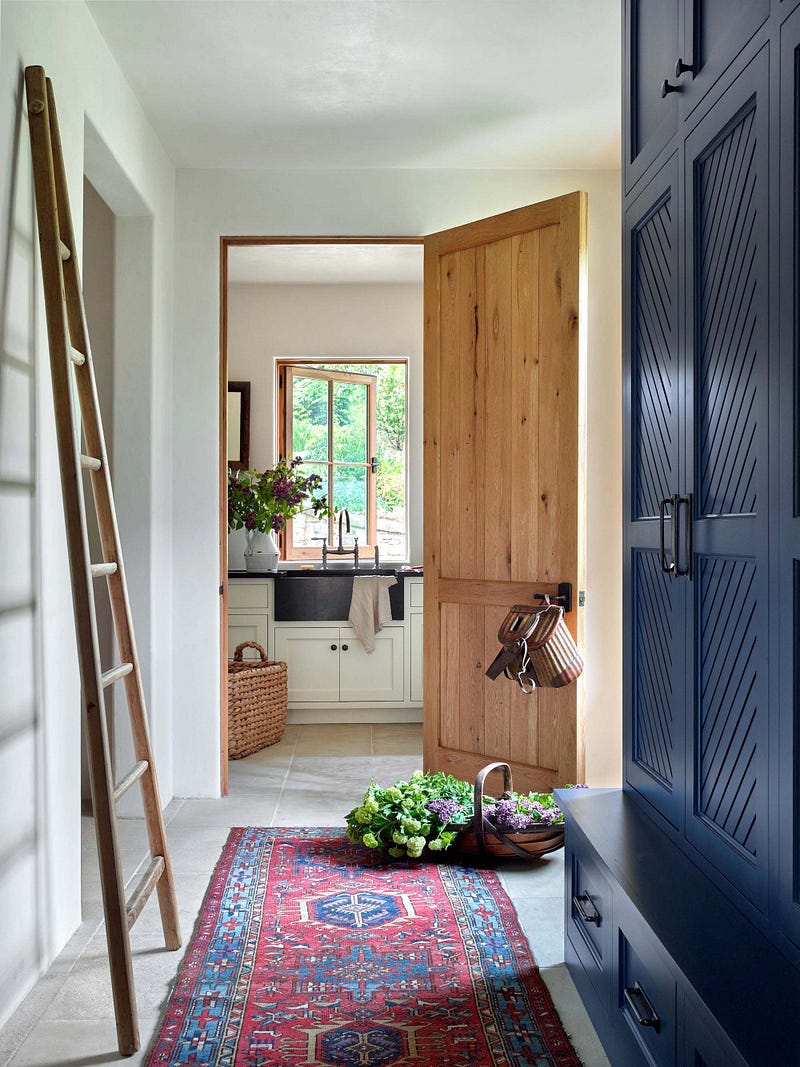
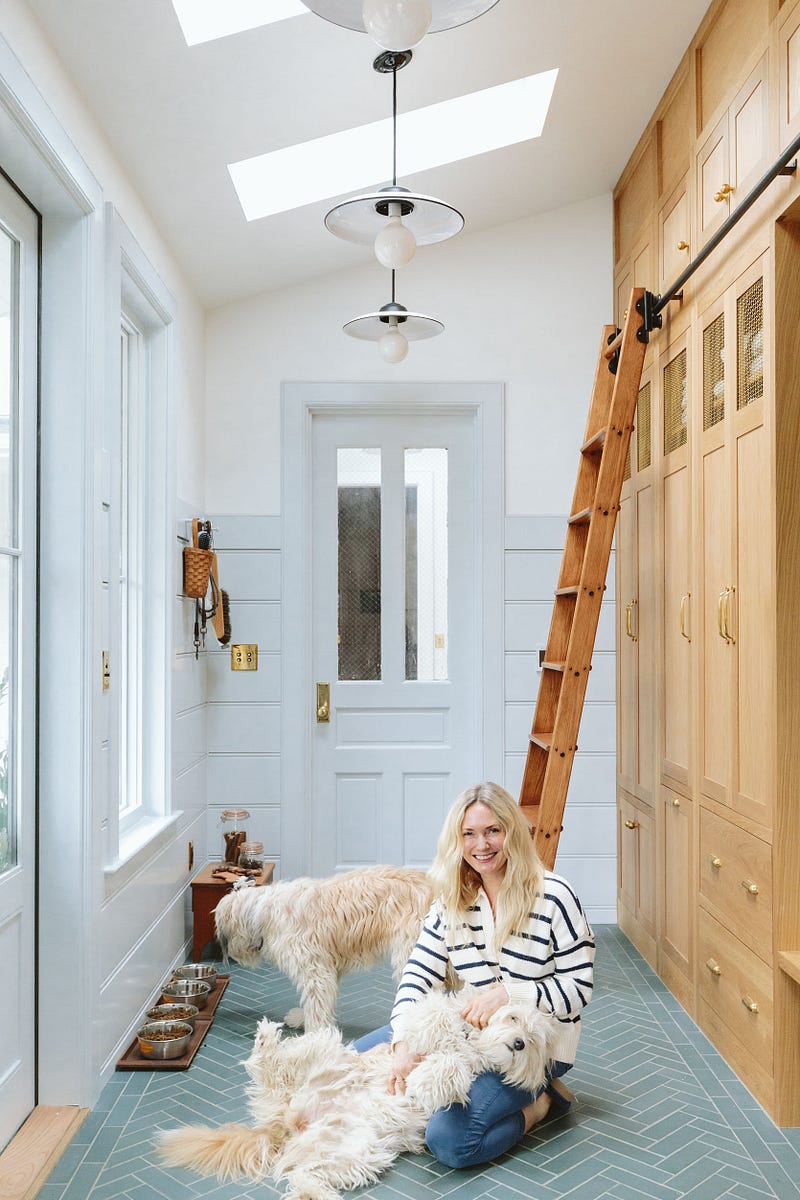
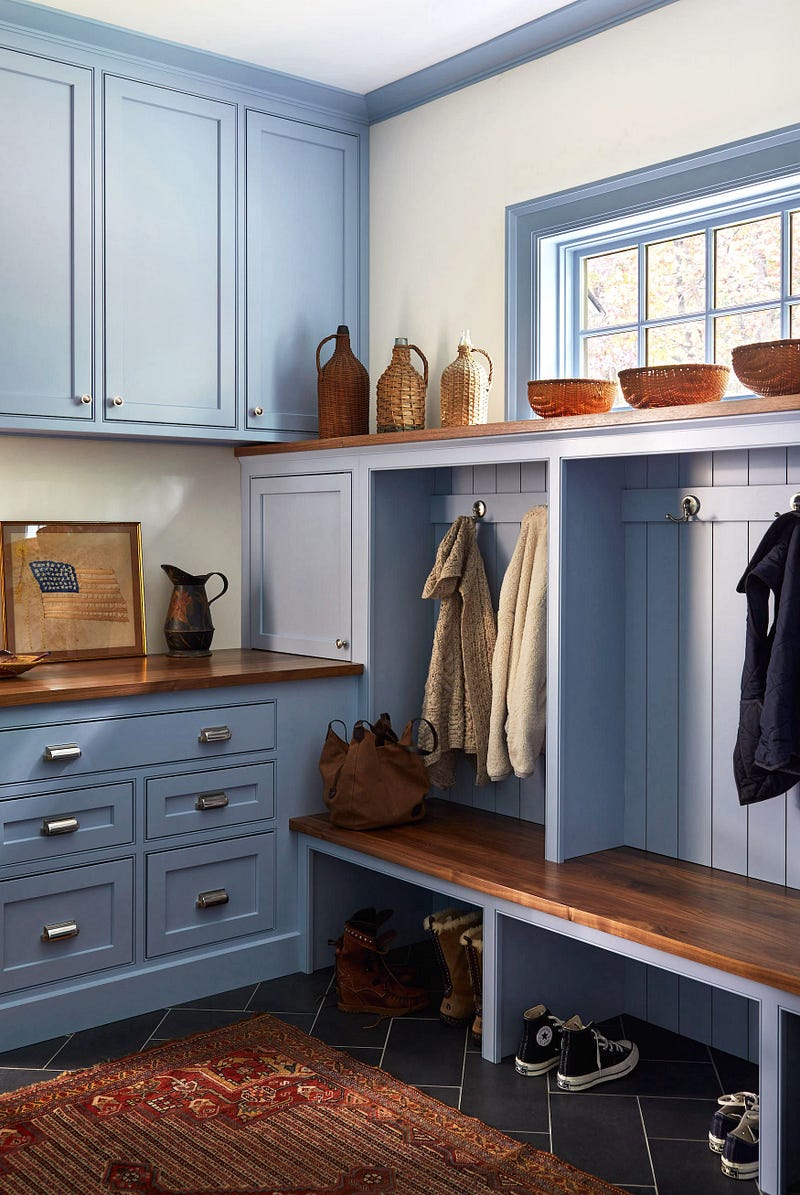
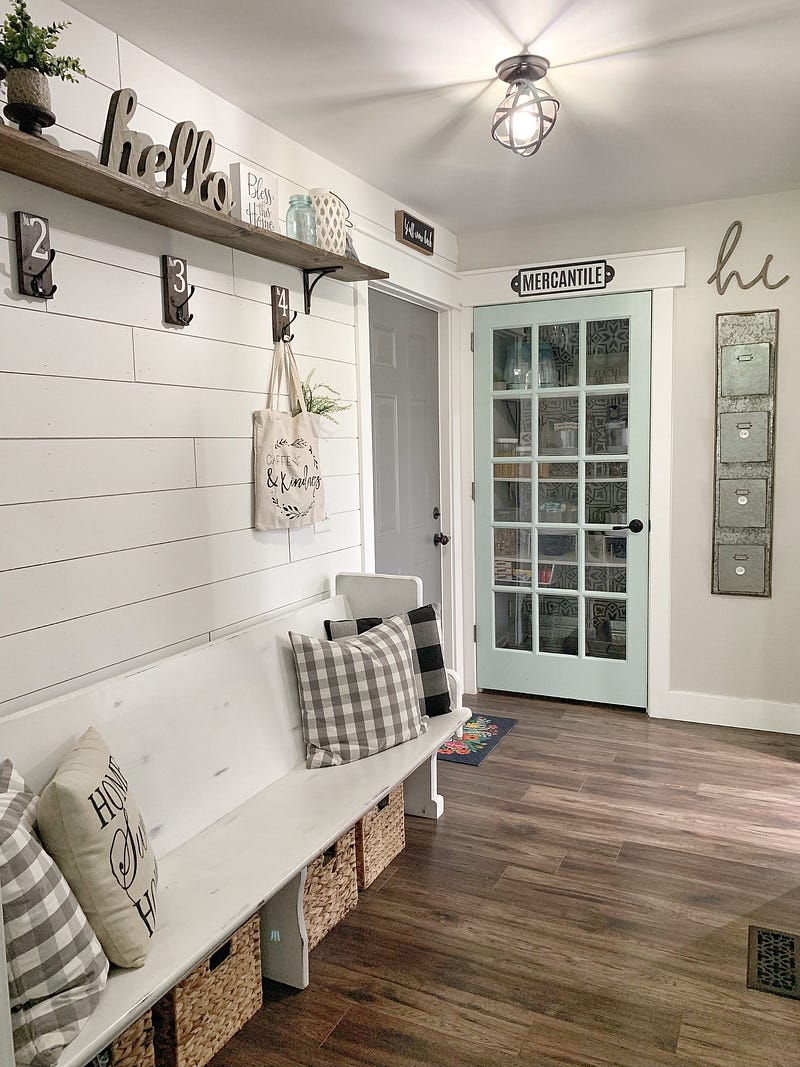
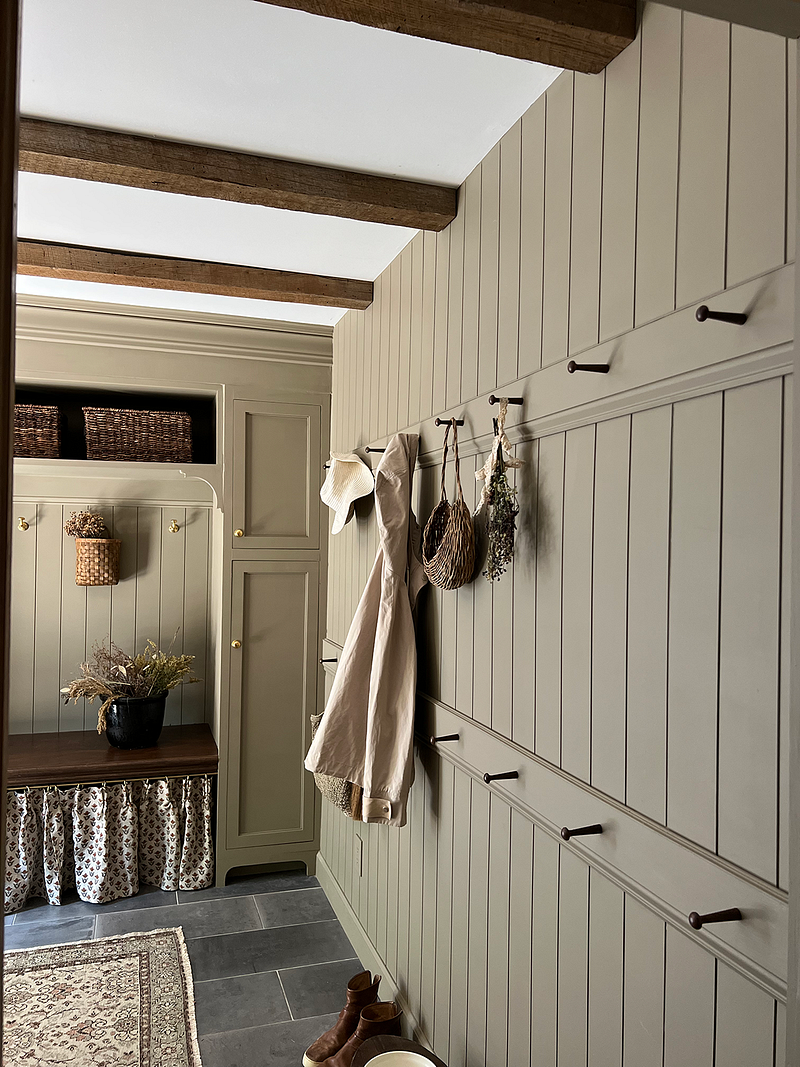
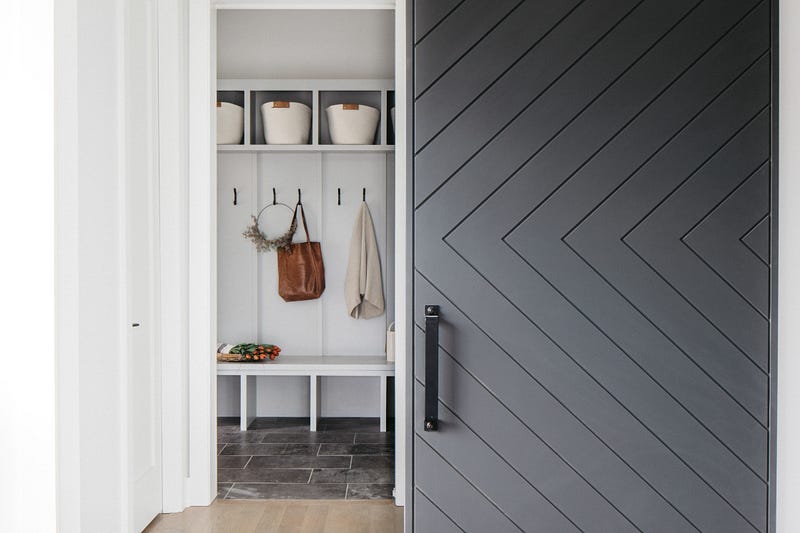

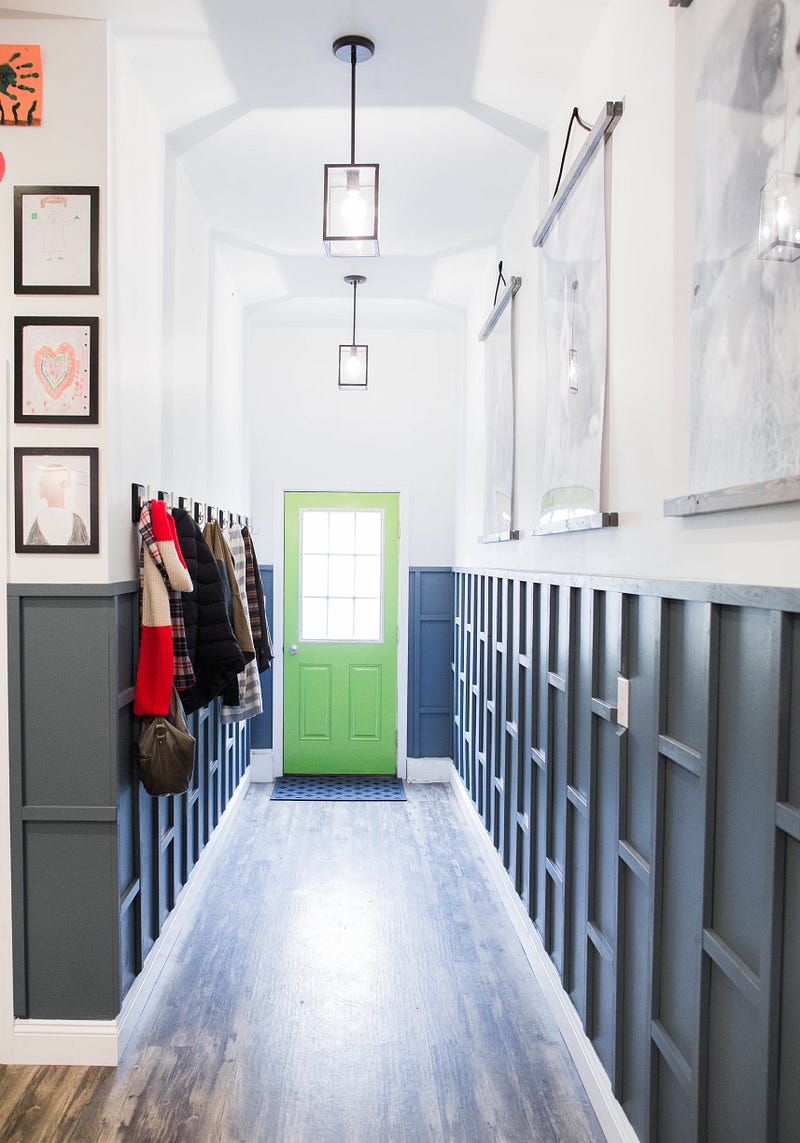
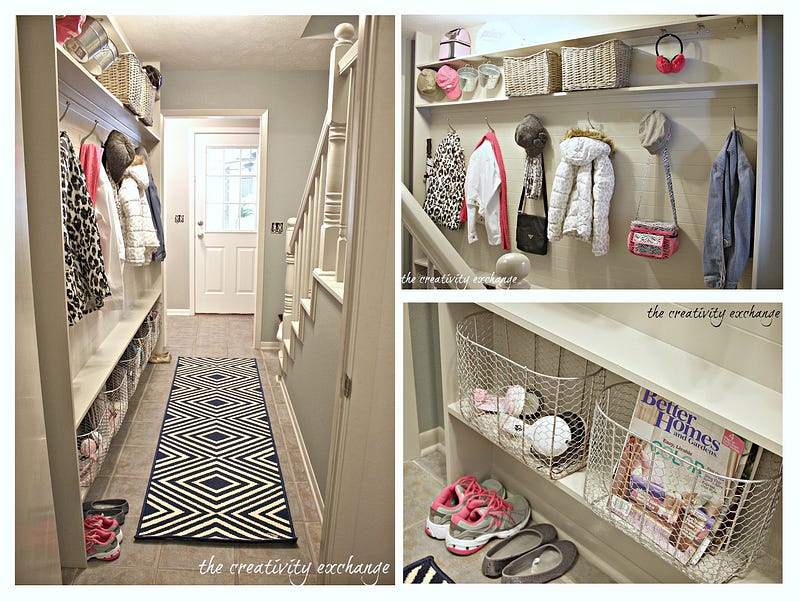
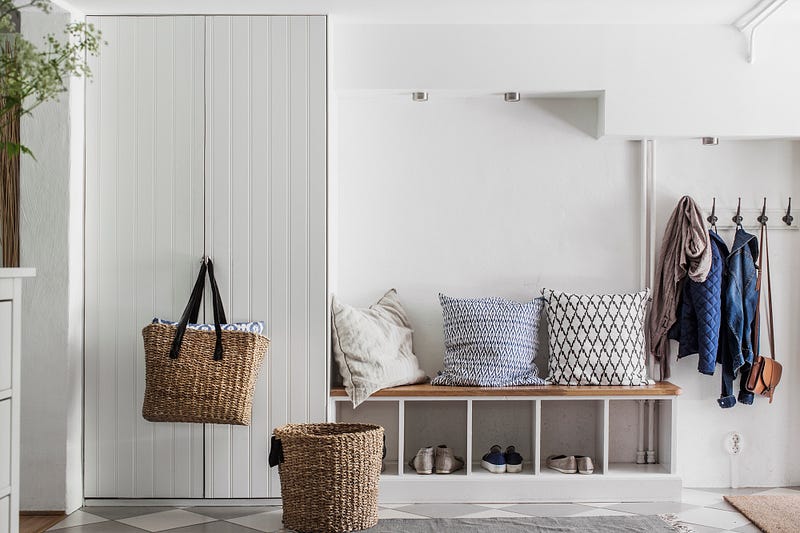
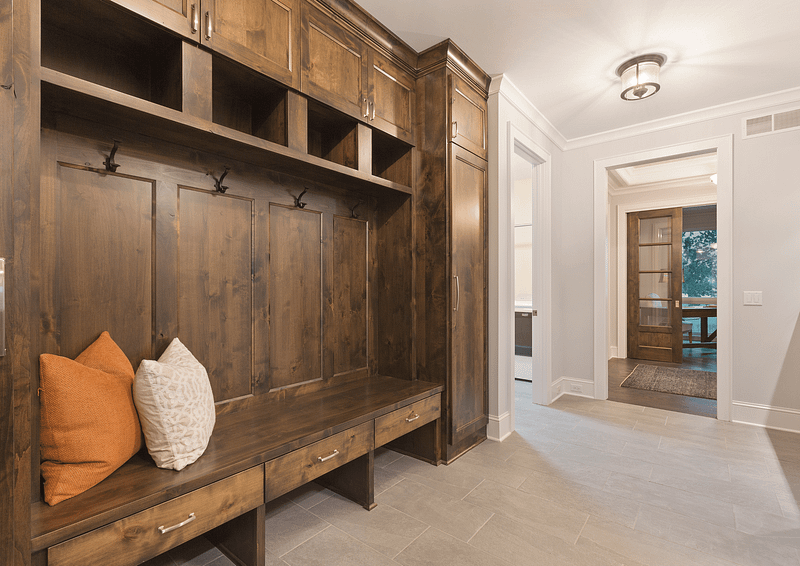
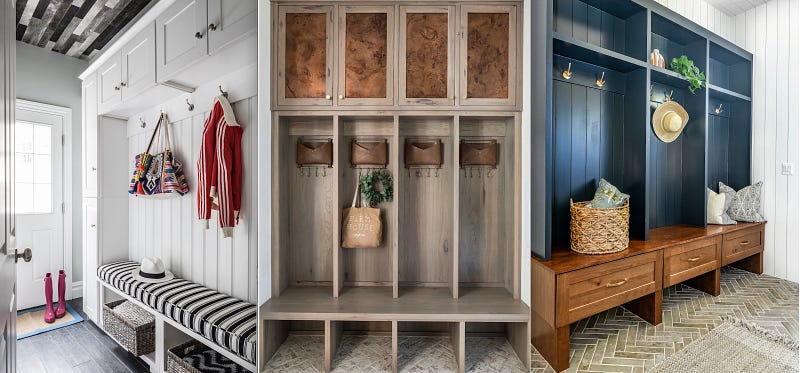
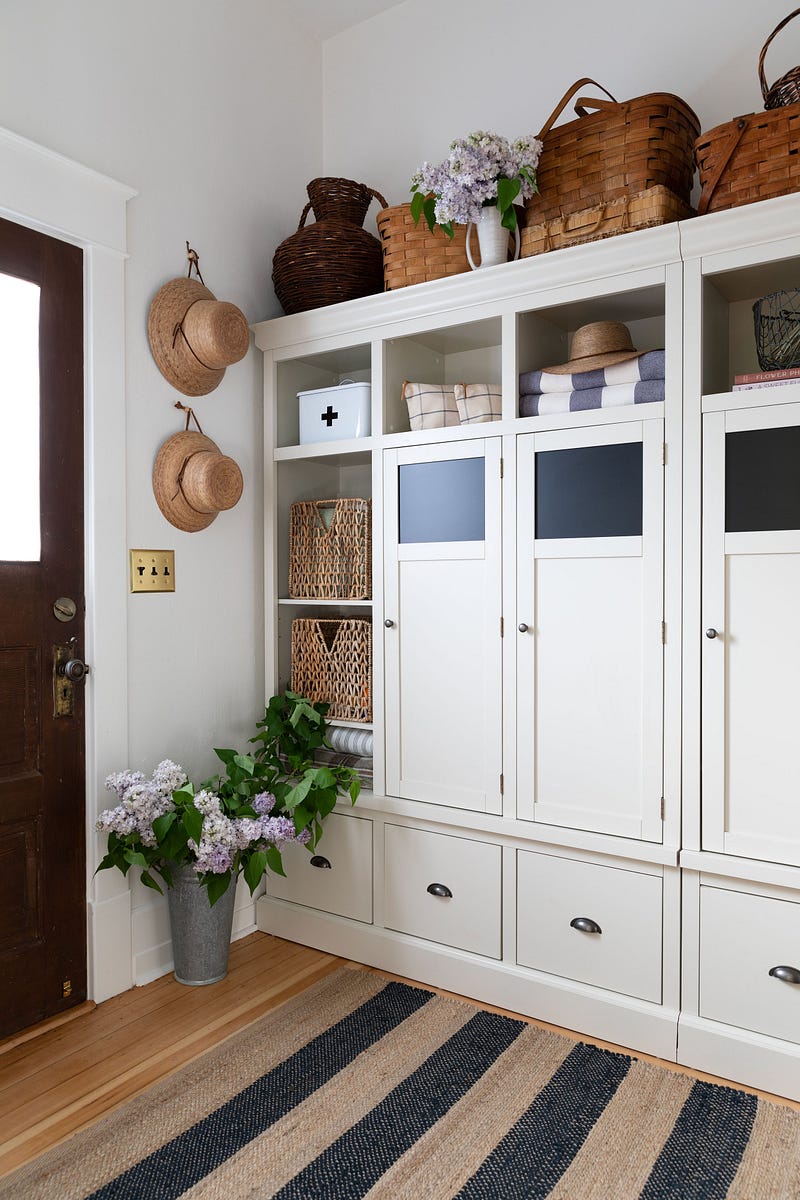
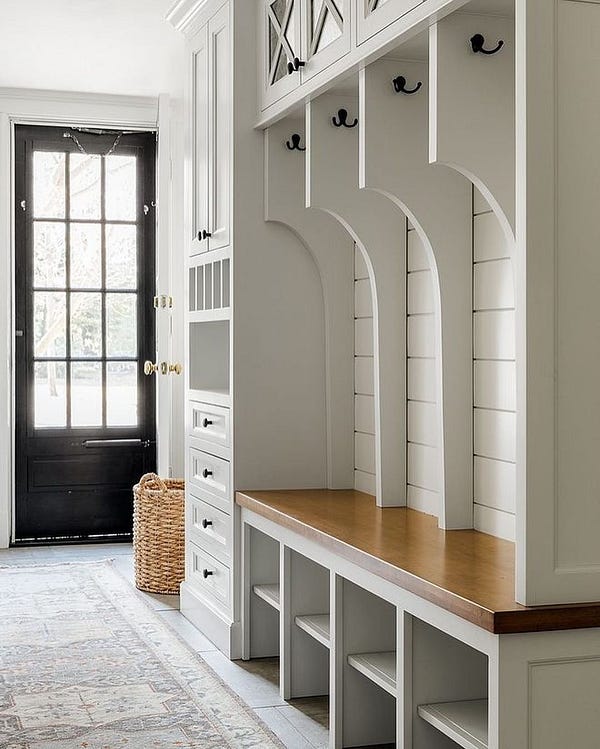
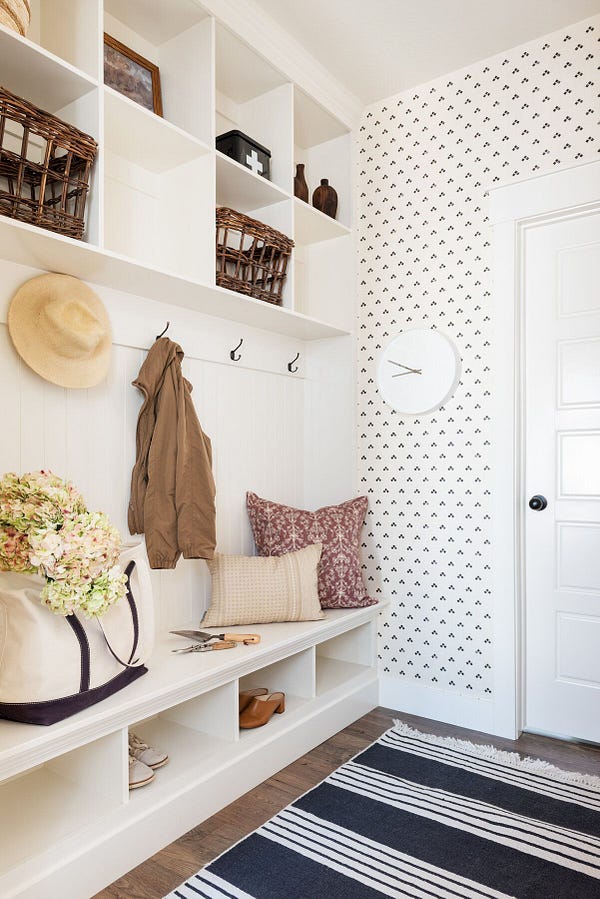
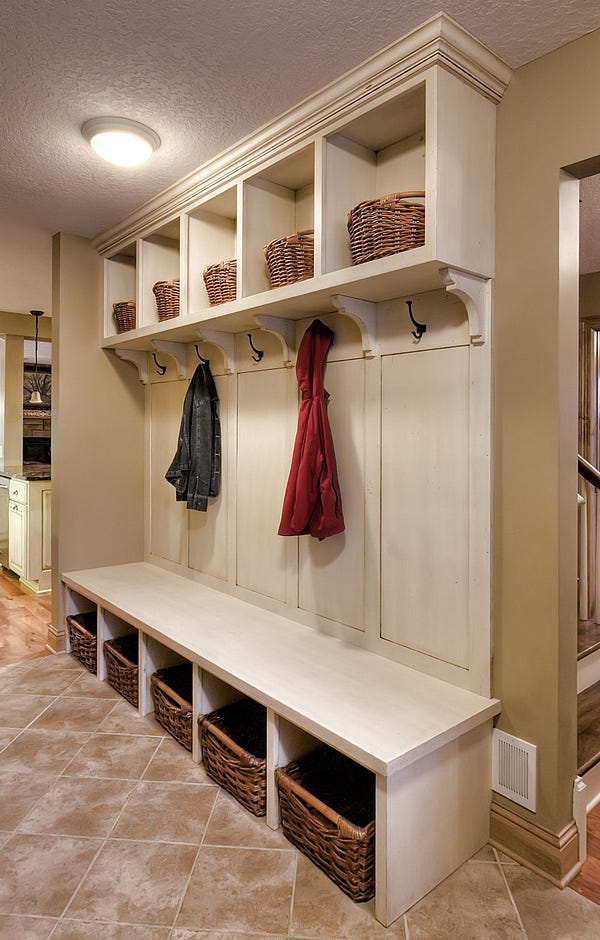
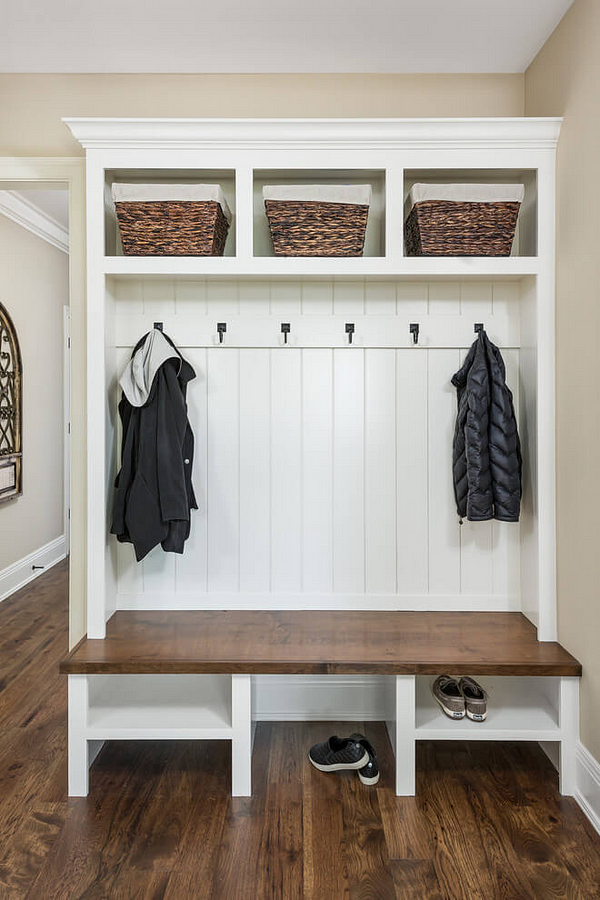
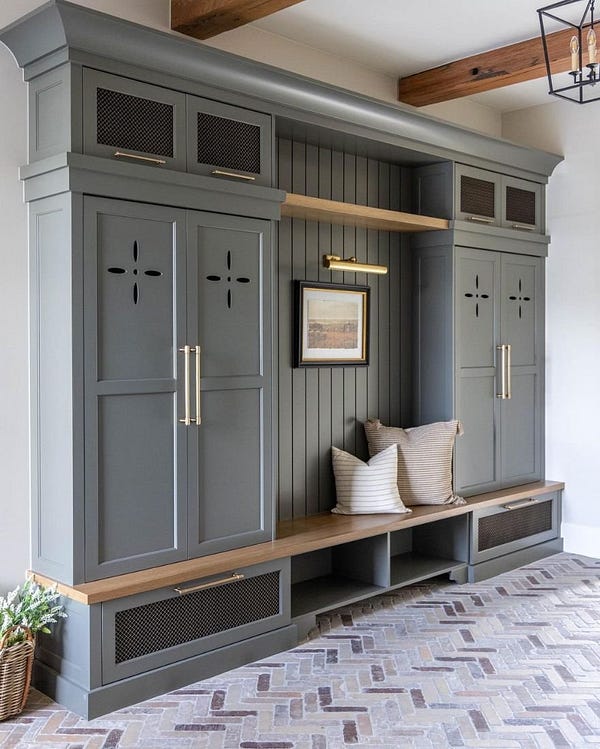
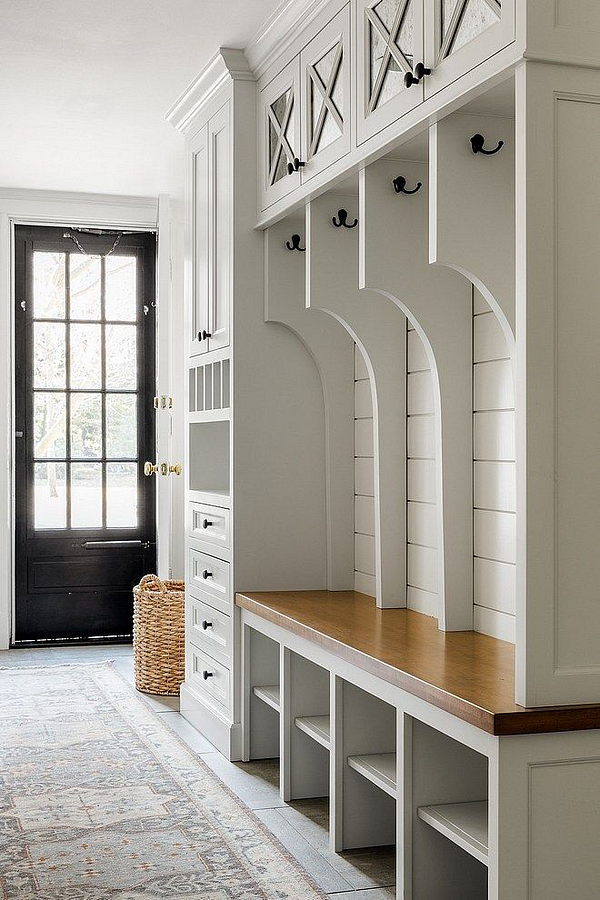
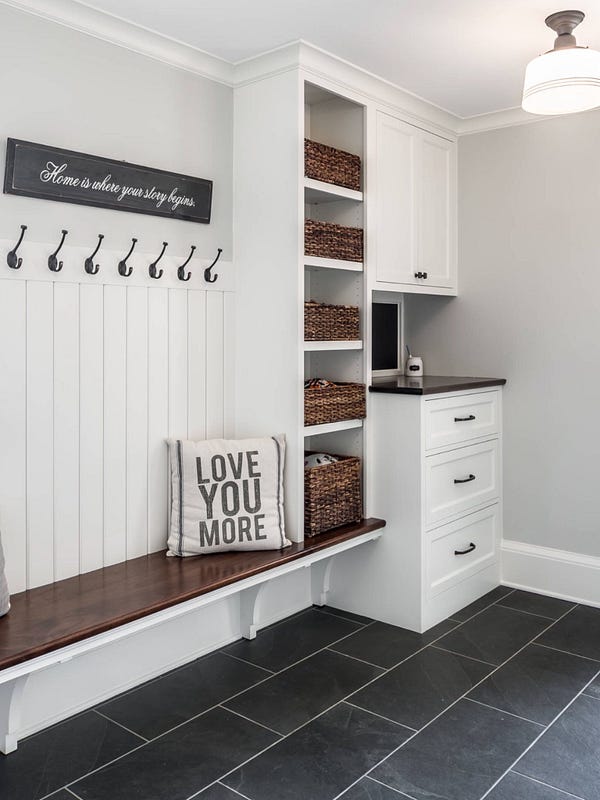
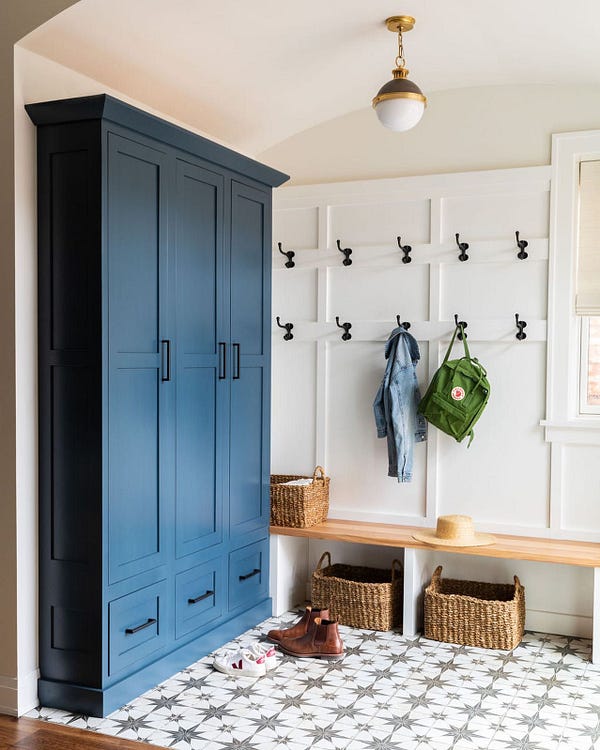
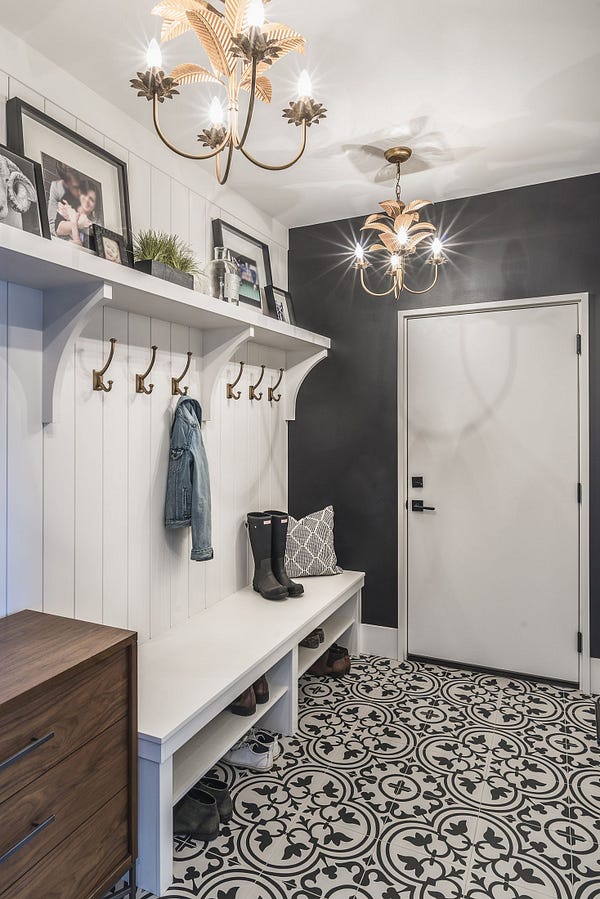
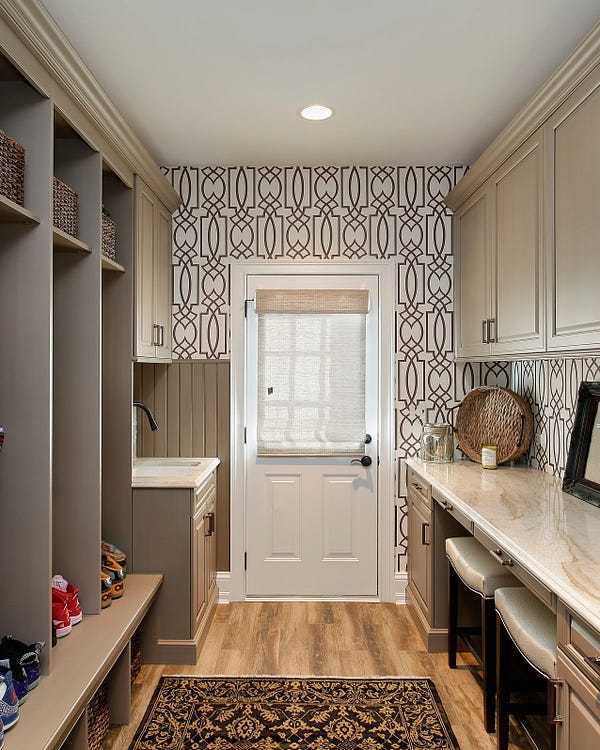
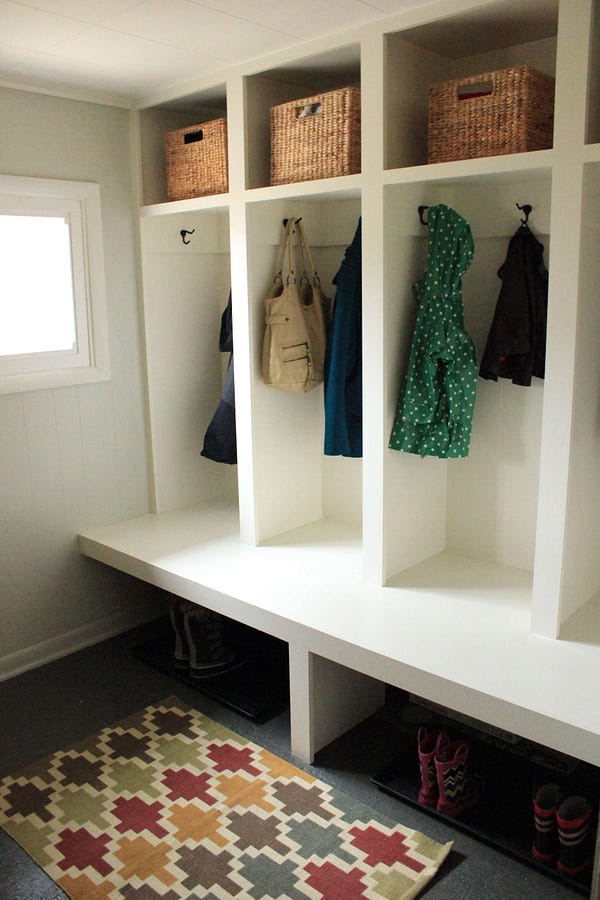
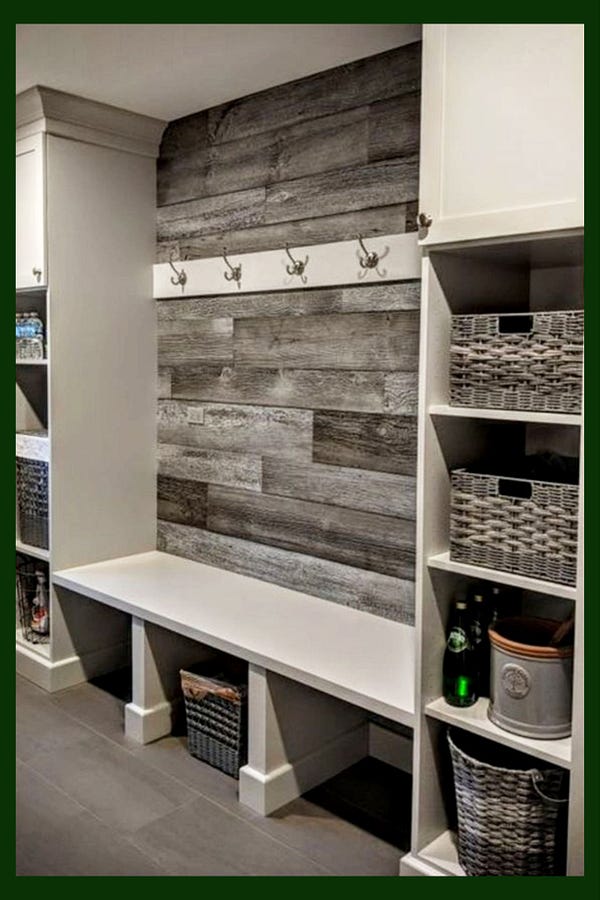
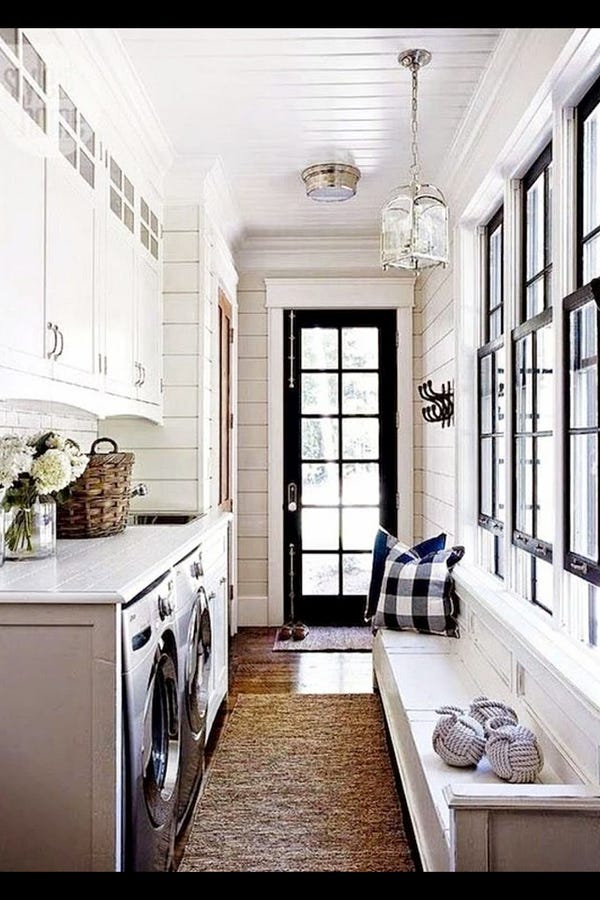
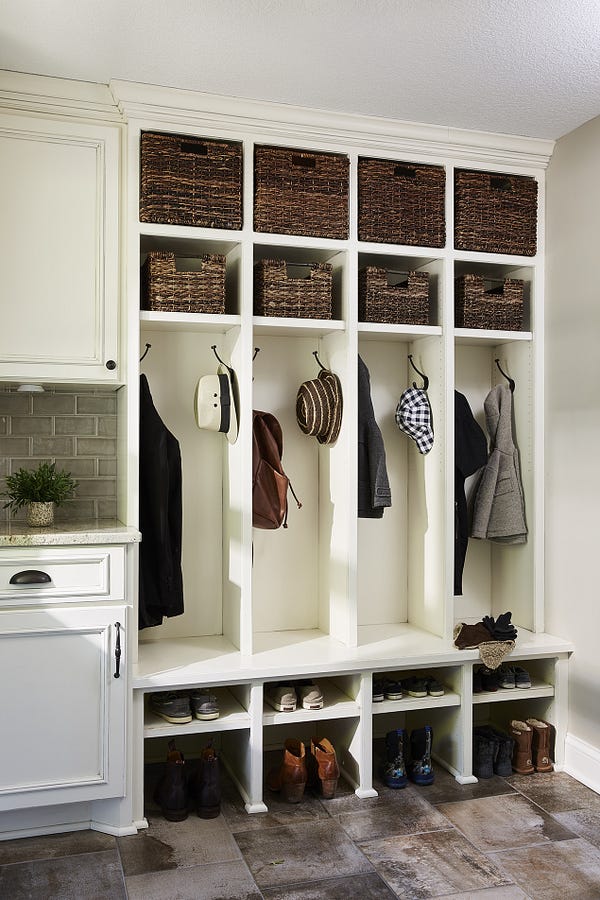
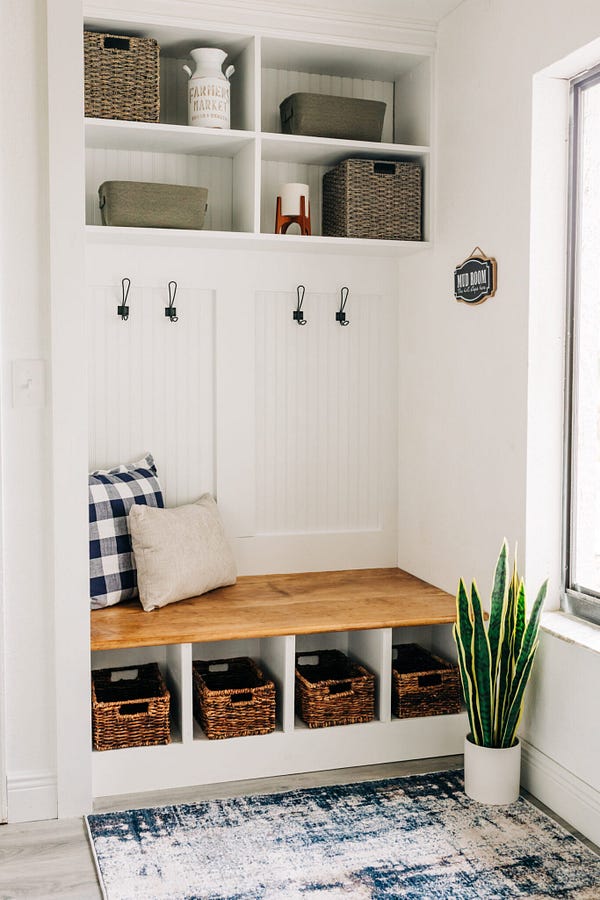
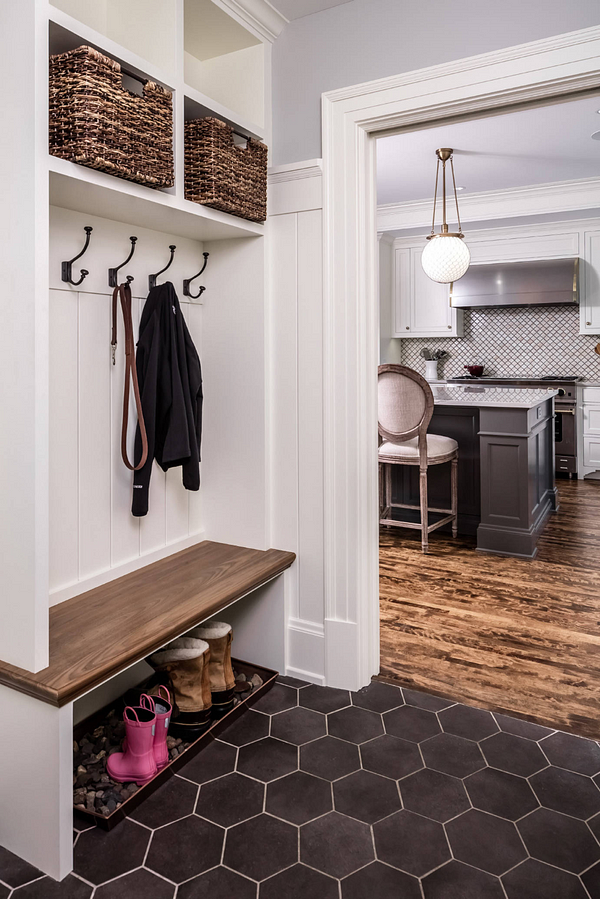
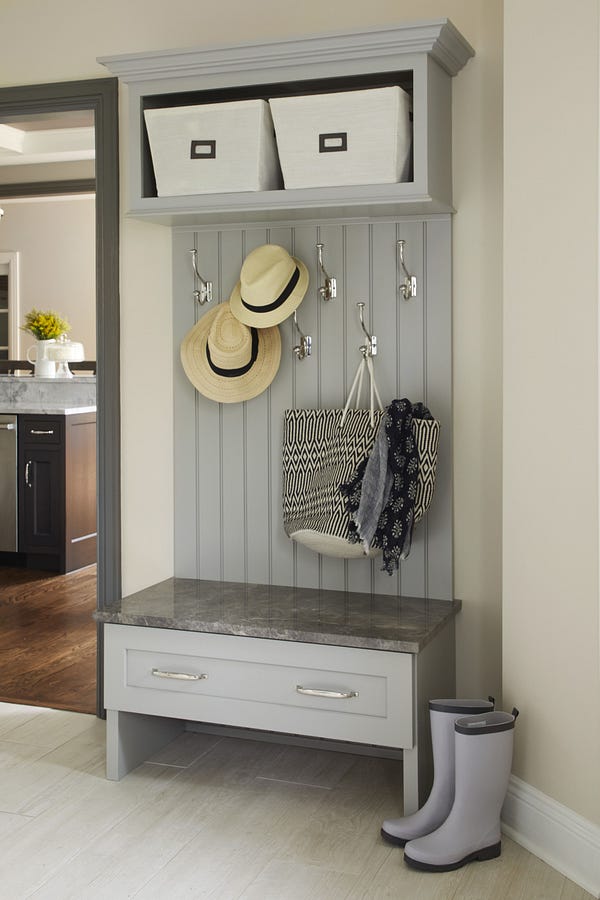
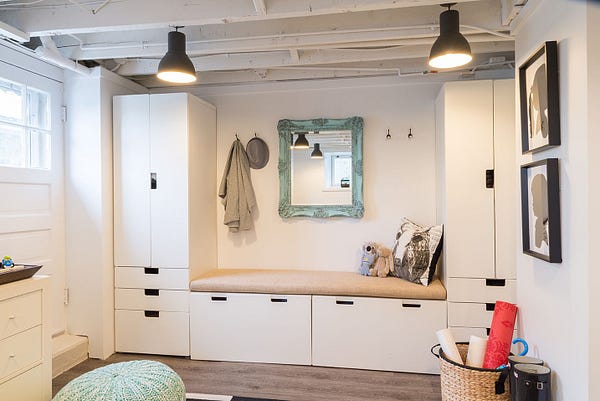
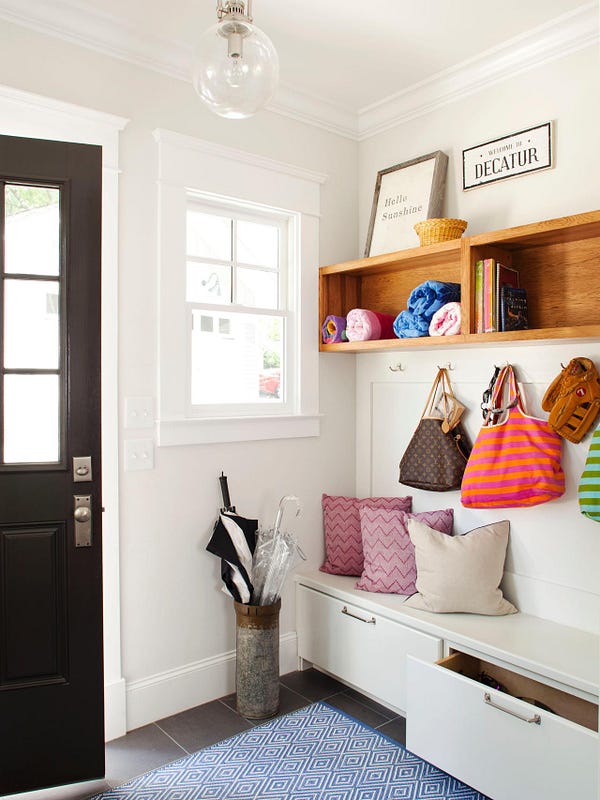
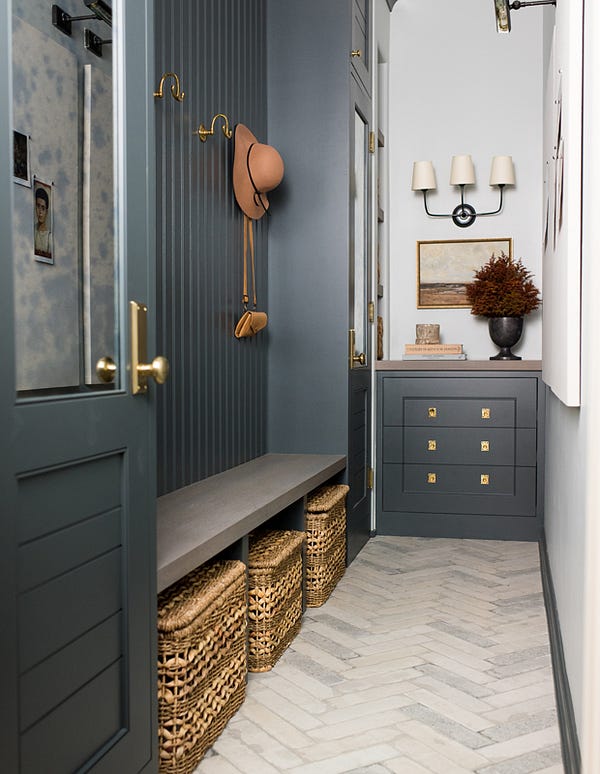
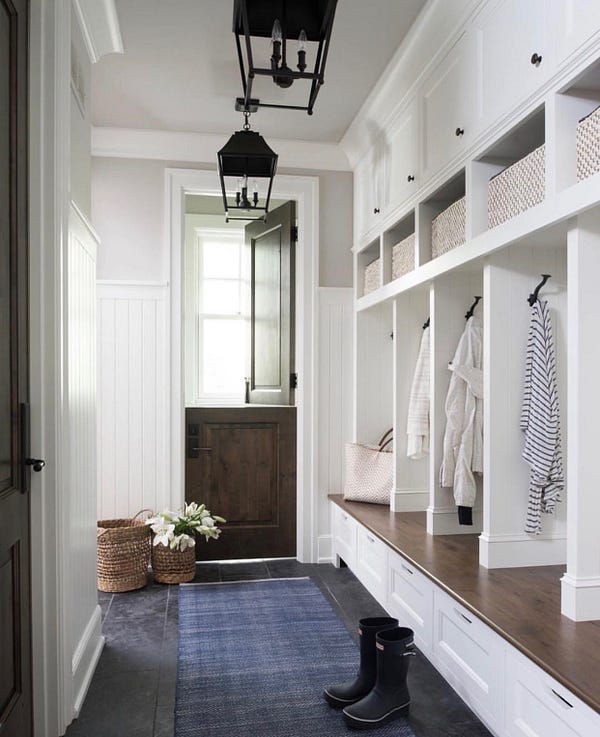
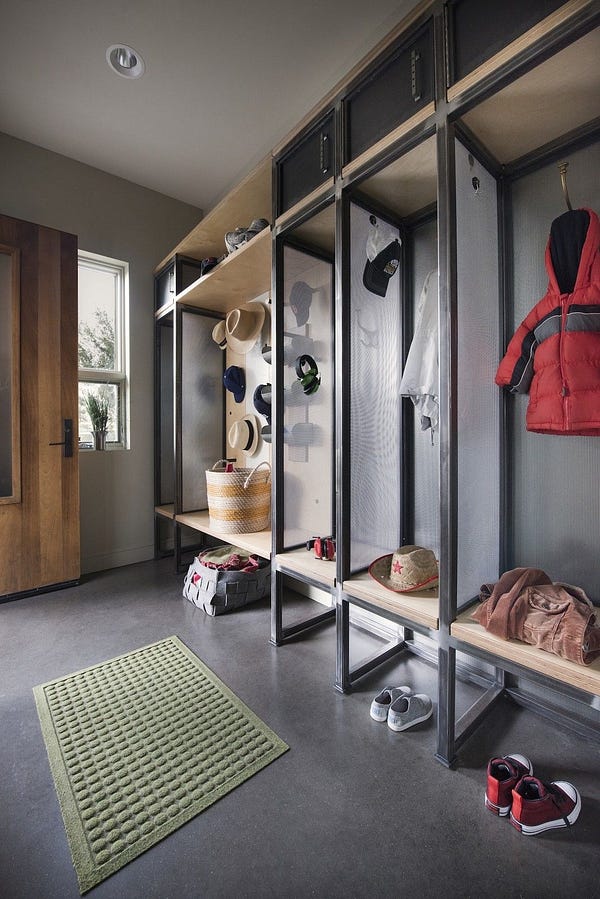
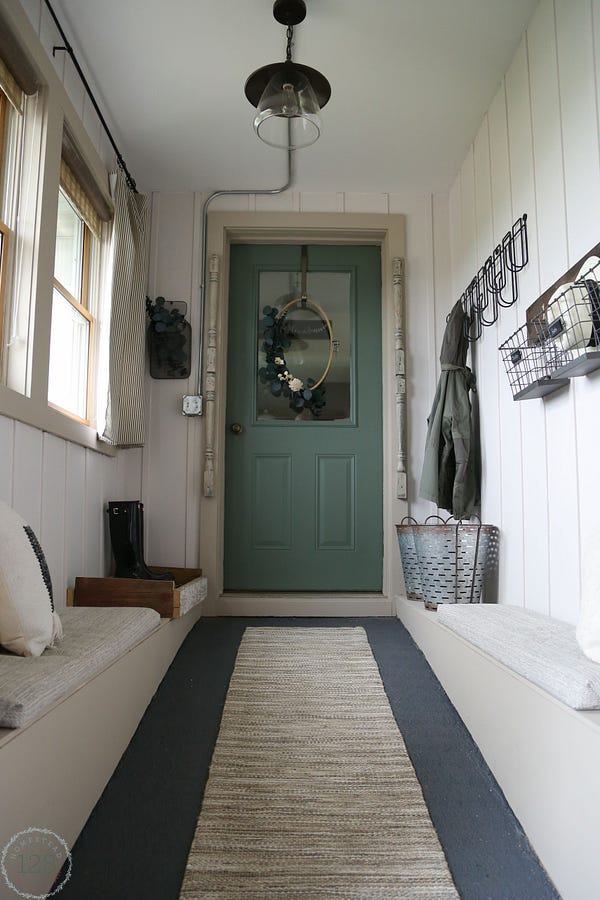
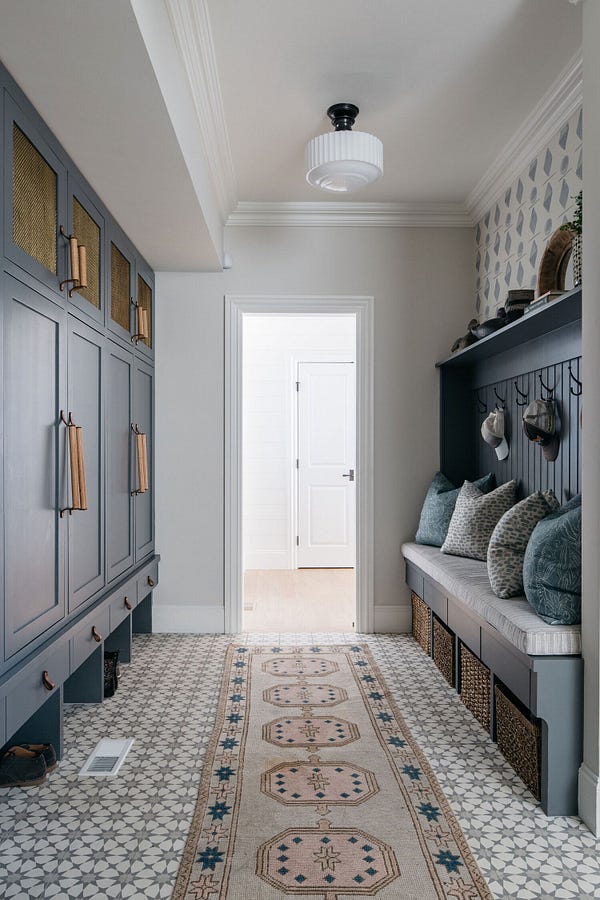
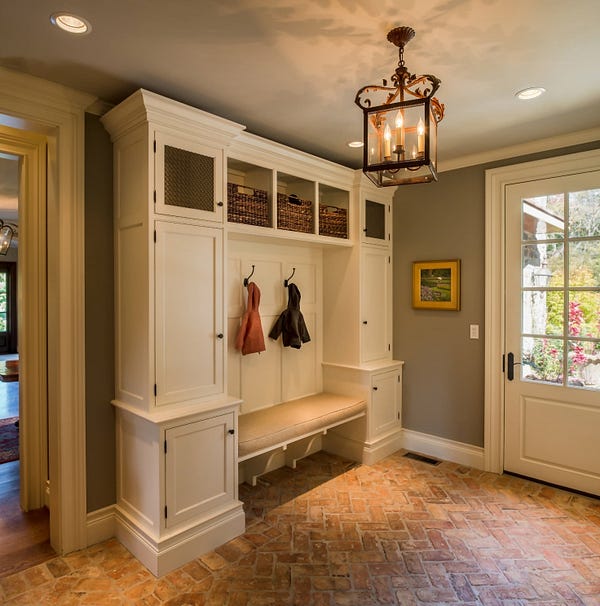
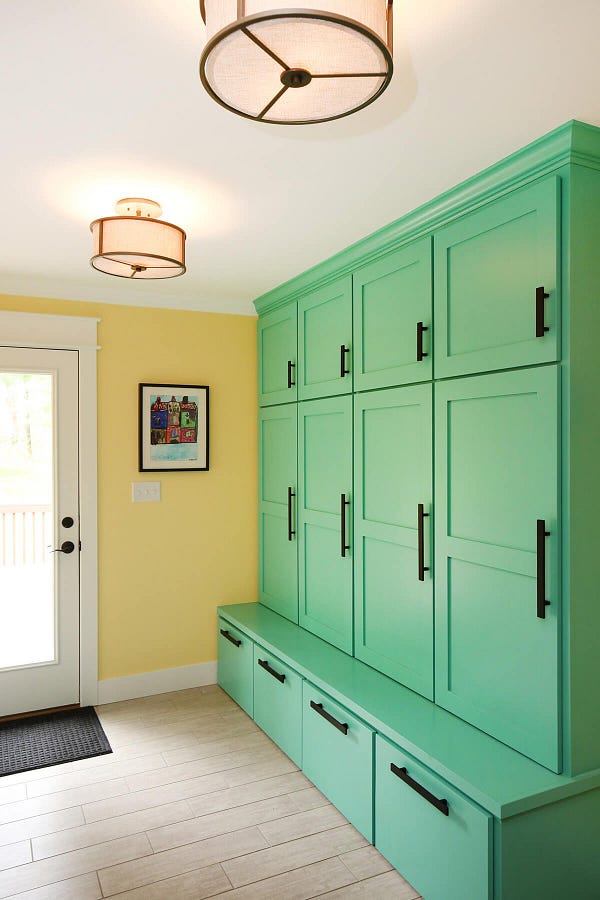
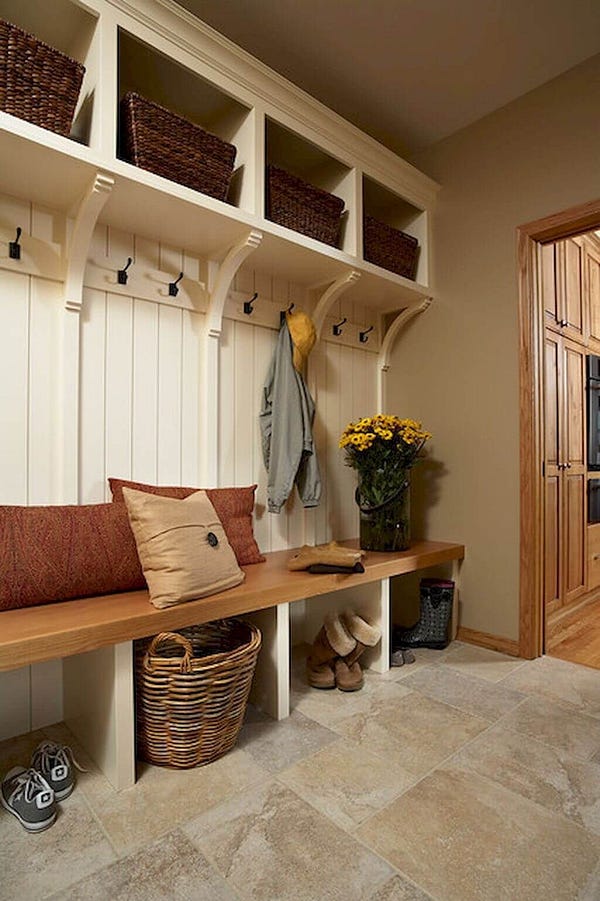
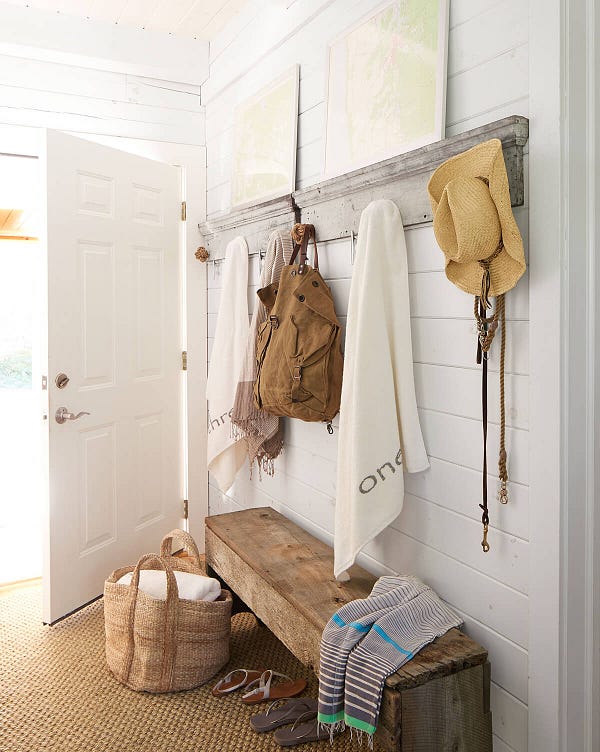
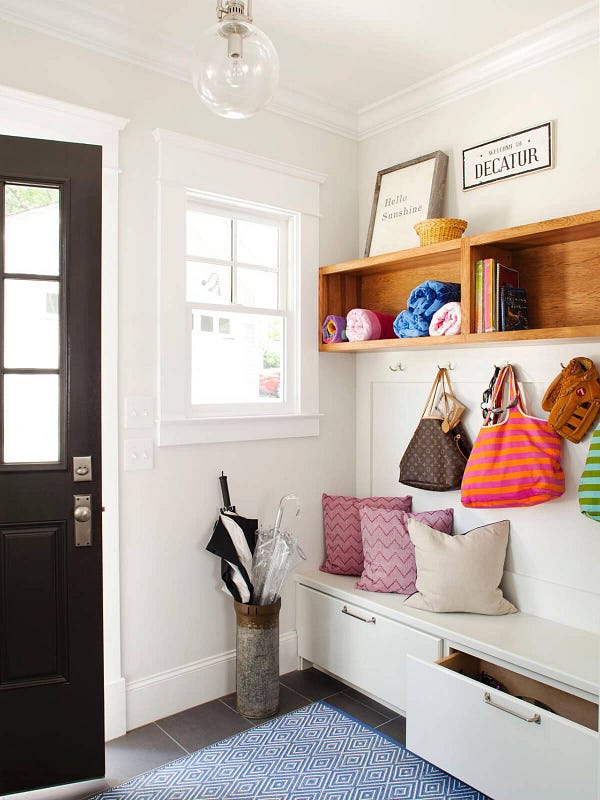
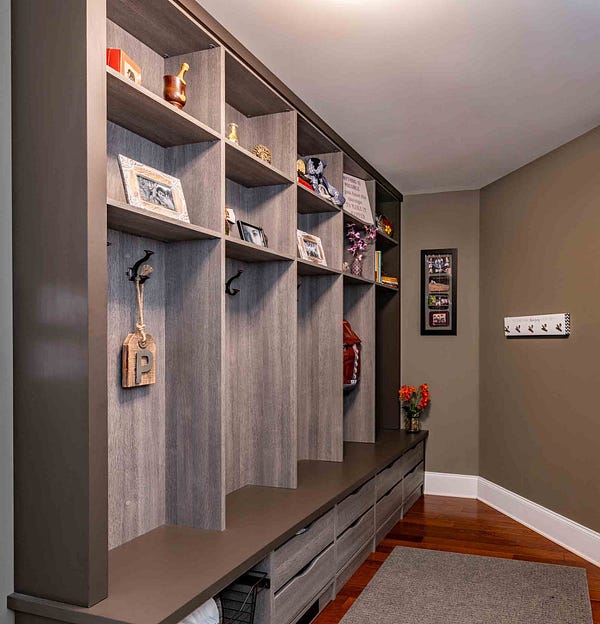
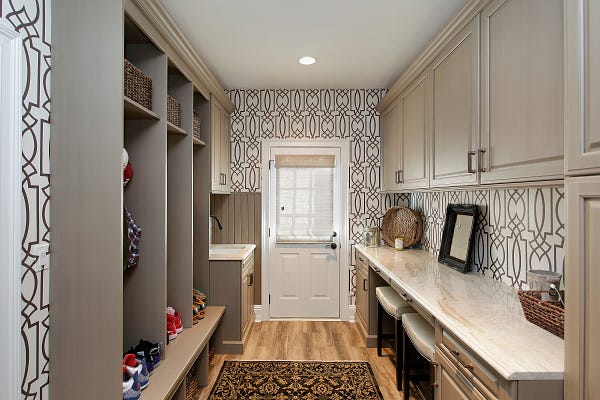
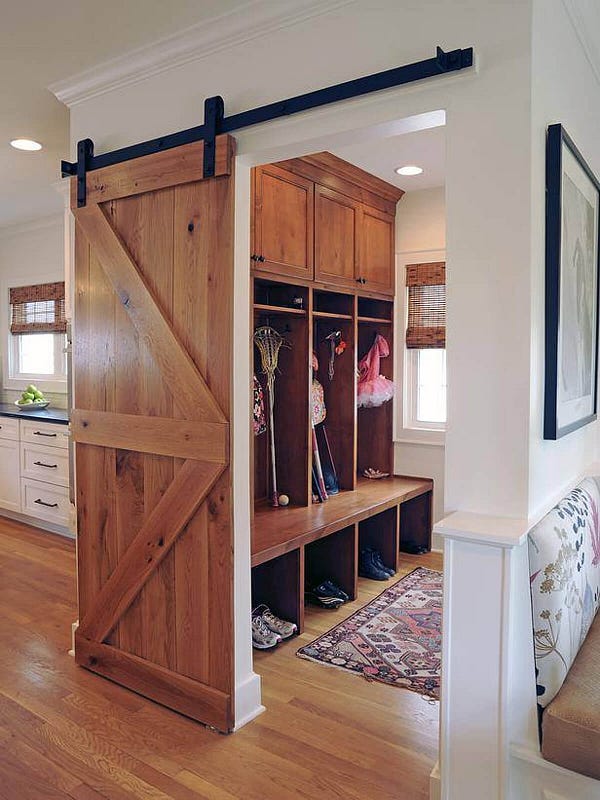
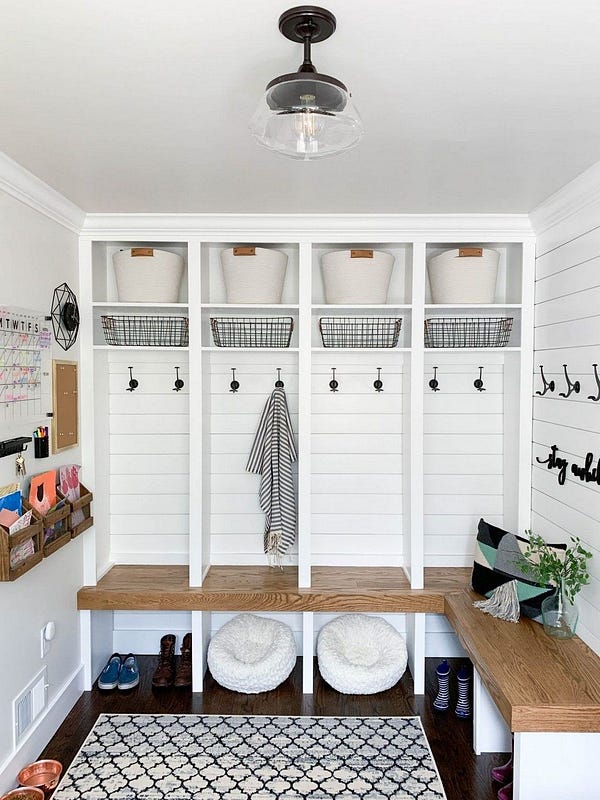
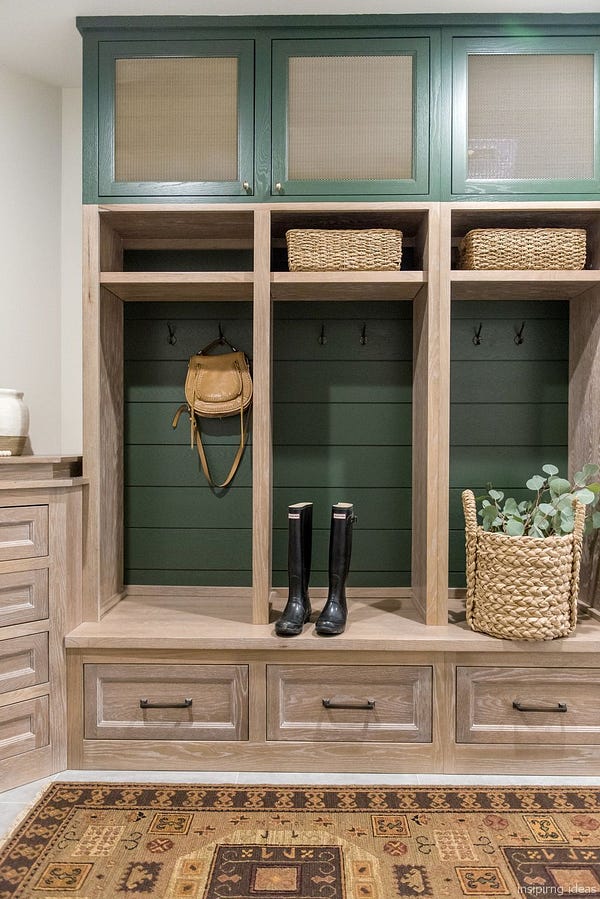
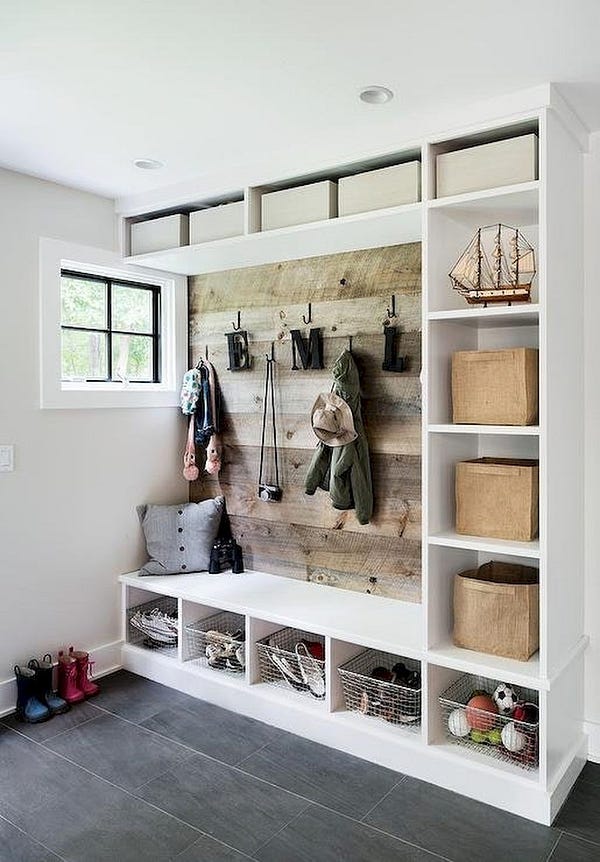
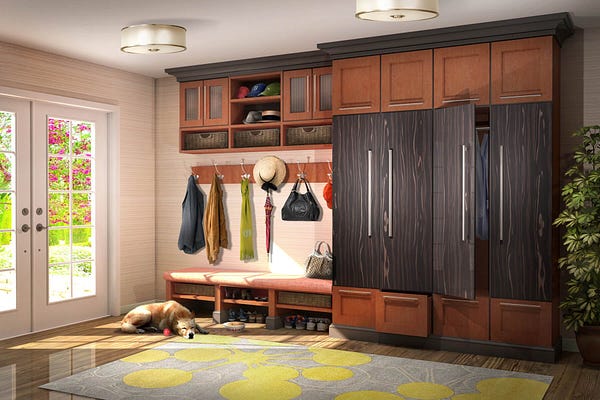
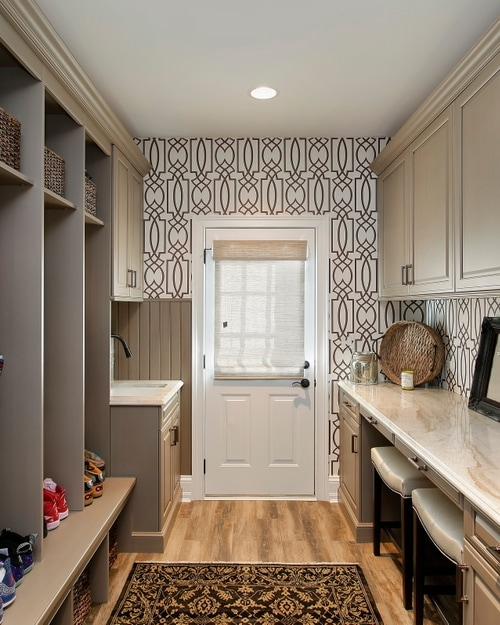
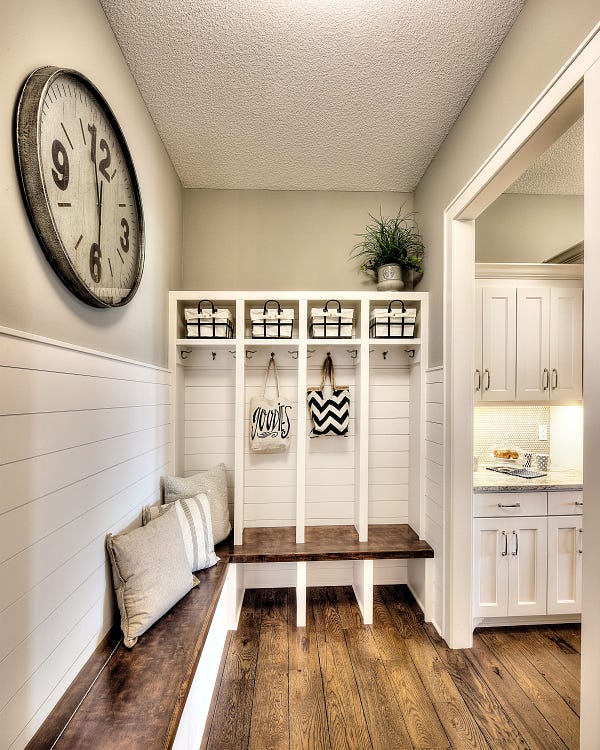
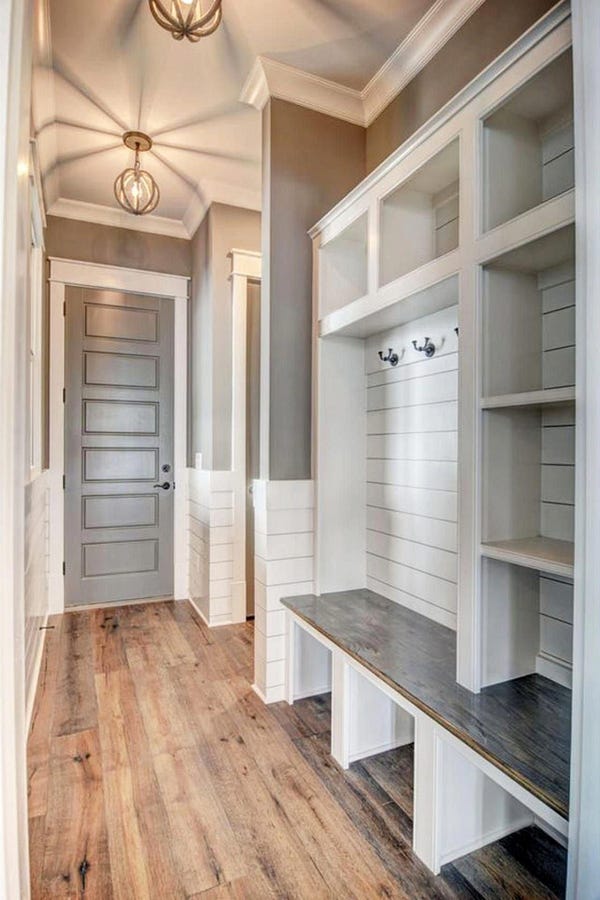
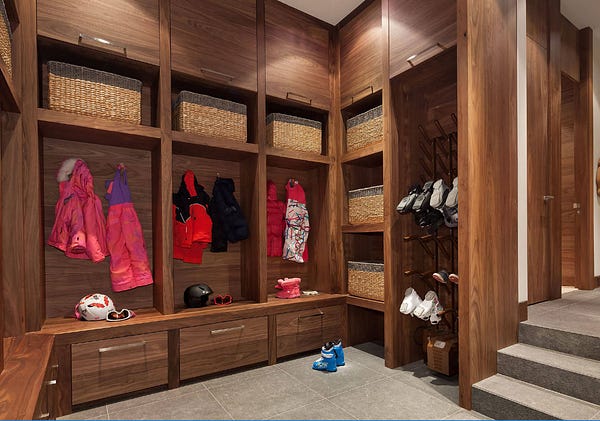
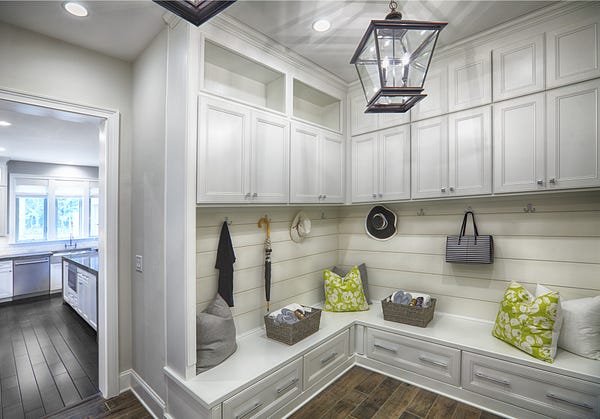
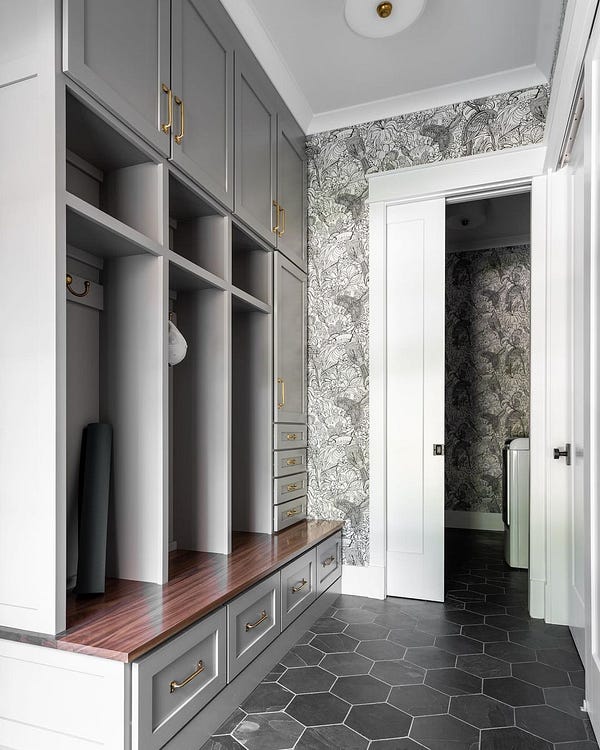
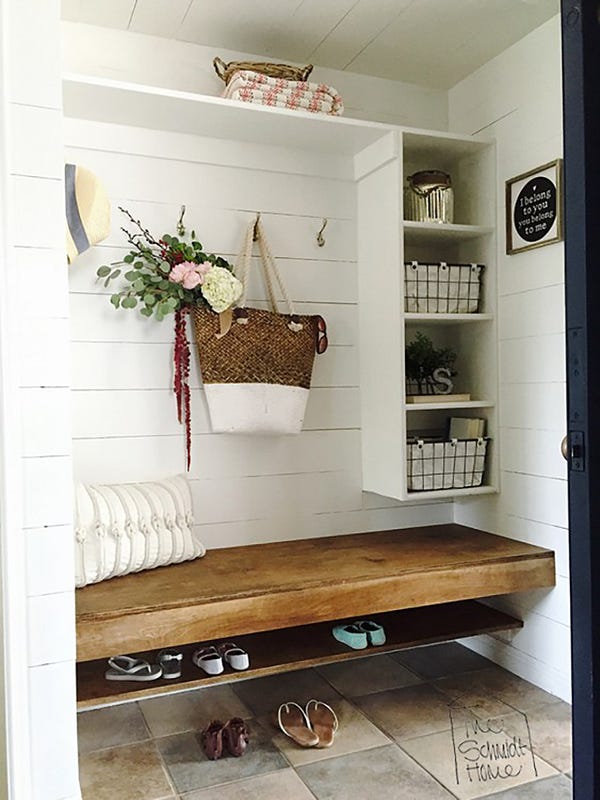
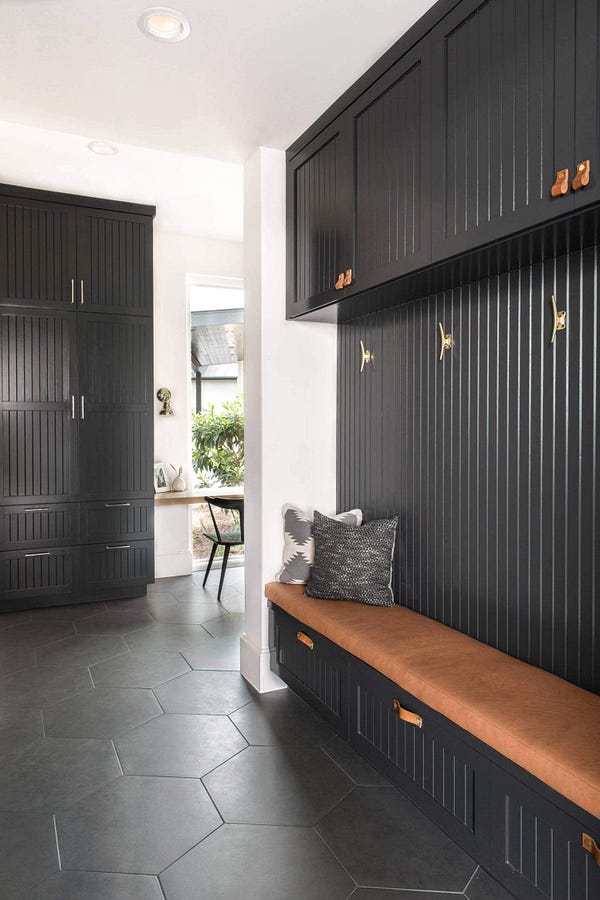
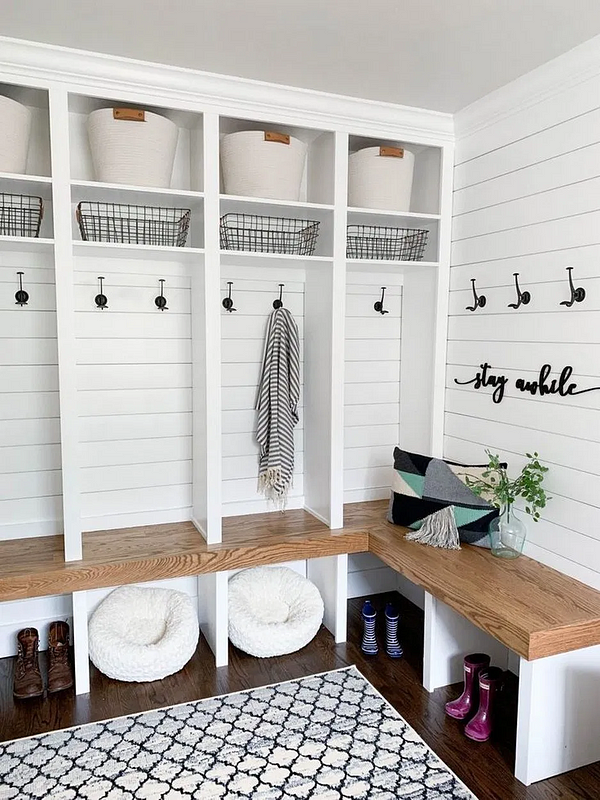
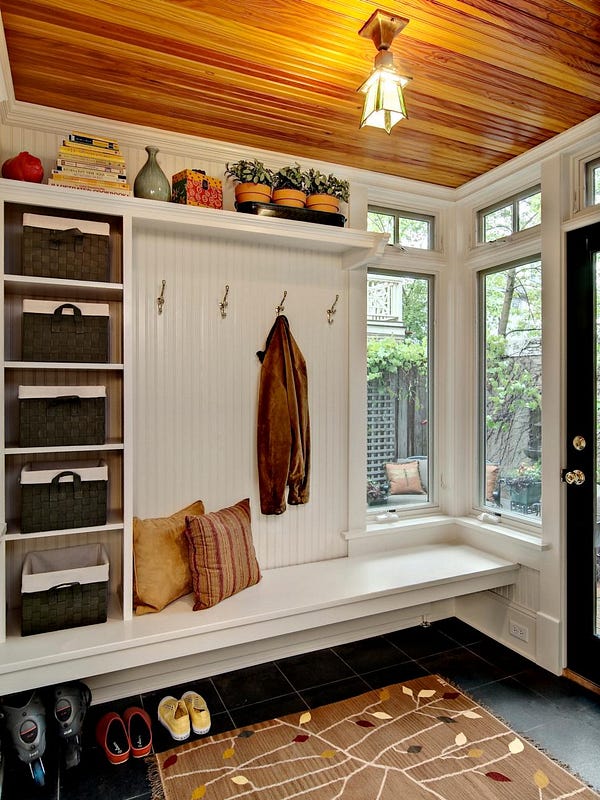
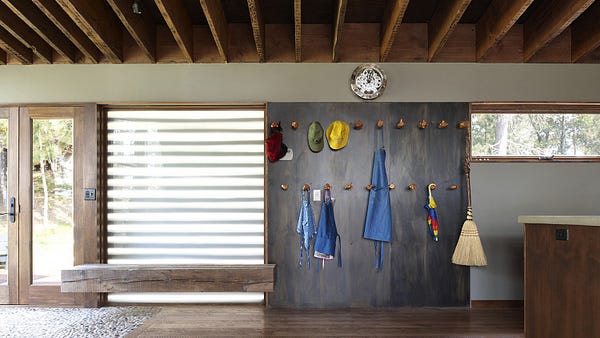
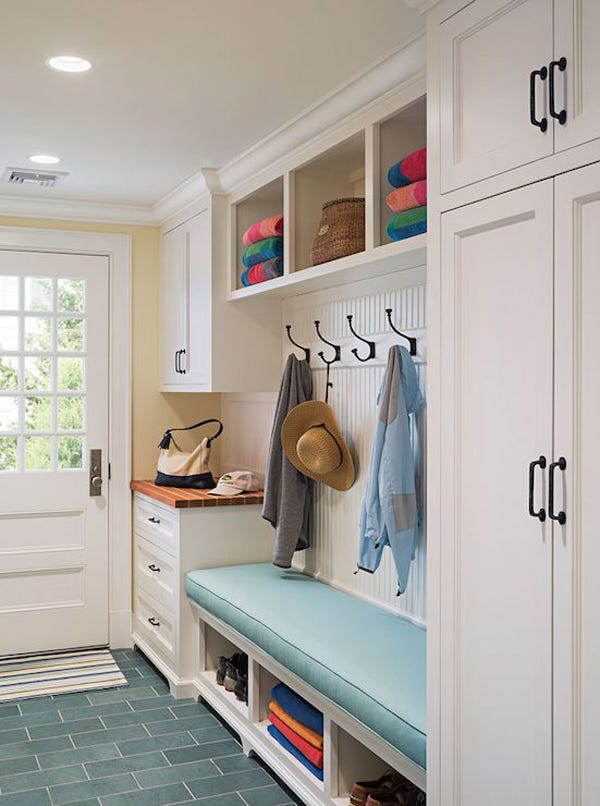
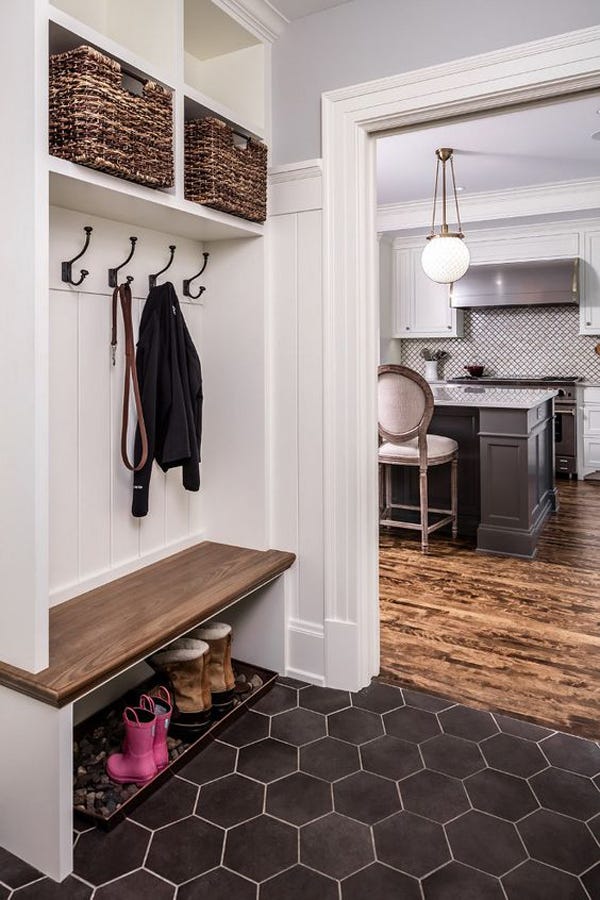
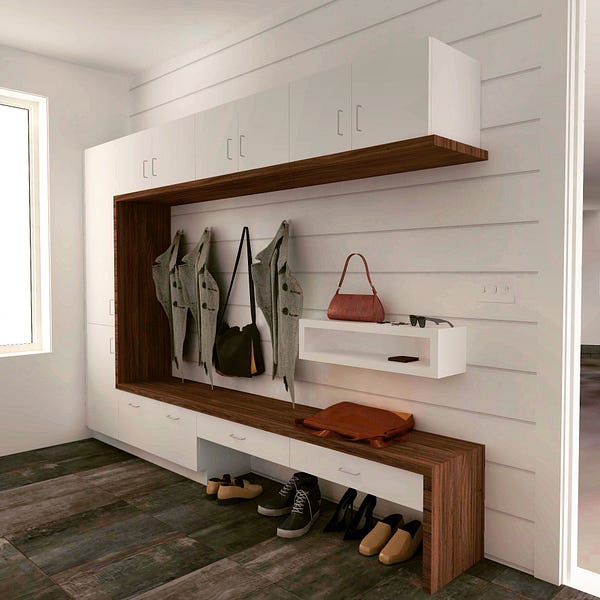
Conclusion: Creating an Efficient and Stylish Mud Room
A mud room is more than just a functional spaceit can be a stylish entryway that enhances the overall design of your home.
By incorporating essential elements like ample storage, durable flooring, and appropriate lighting, you can create a mud room that is both efficient and aesthetically pleasing. Whether you're working with a small space or designing a multifunctional room, thoughtful planning and the right materials will ensure that your mud room meets your family's needs while keeping clutter at bay.
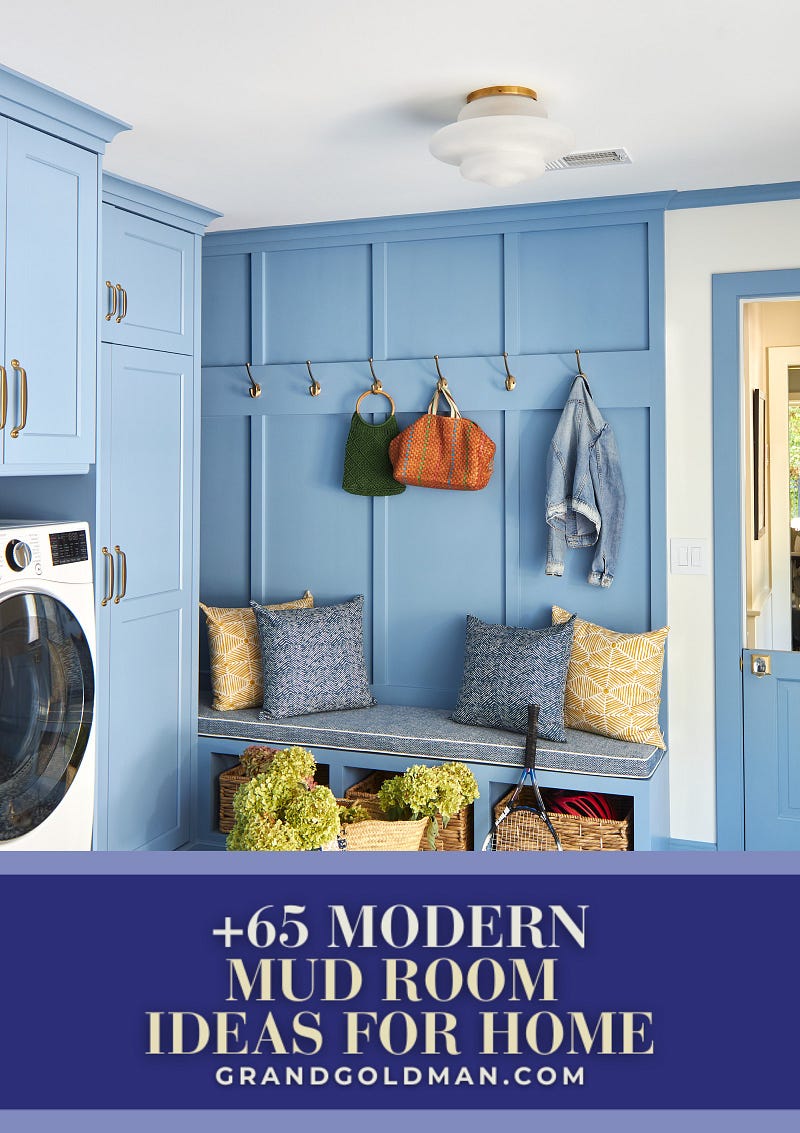
Best travel gifts under $50 | Top Unique Travel Souvenirs | Best Travel Humidors | Best Double Strollers for Travel | Best Travel Gifts for Mothers | Best Travel Gifts for Women | Best Travel Gifts for Men | Best Travel Toiletry Bottles | Best Trolley Sleeve Travel Bags | Best Travel Backpacks
Mud Room Ideas: Design, Organization & Functionality (Guide)











